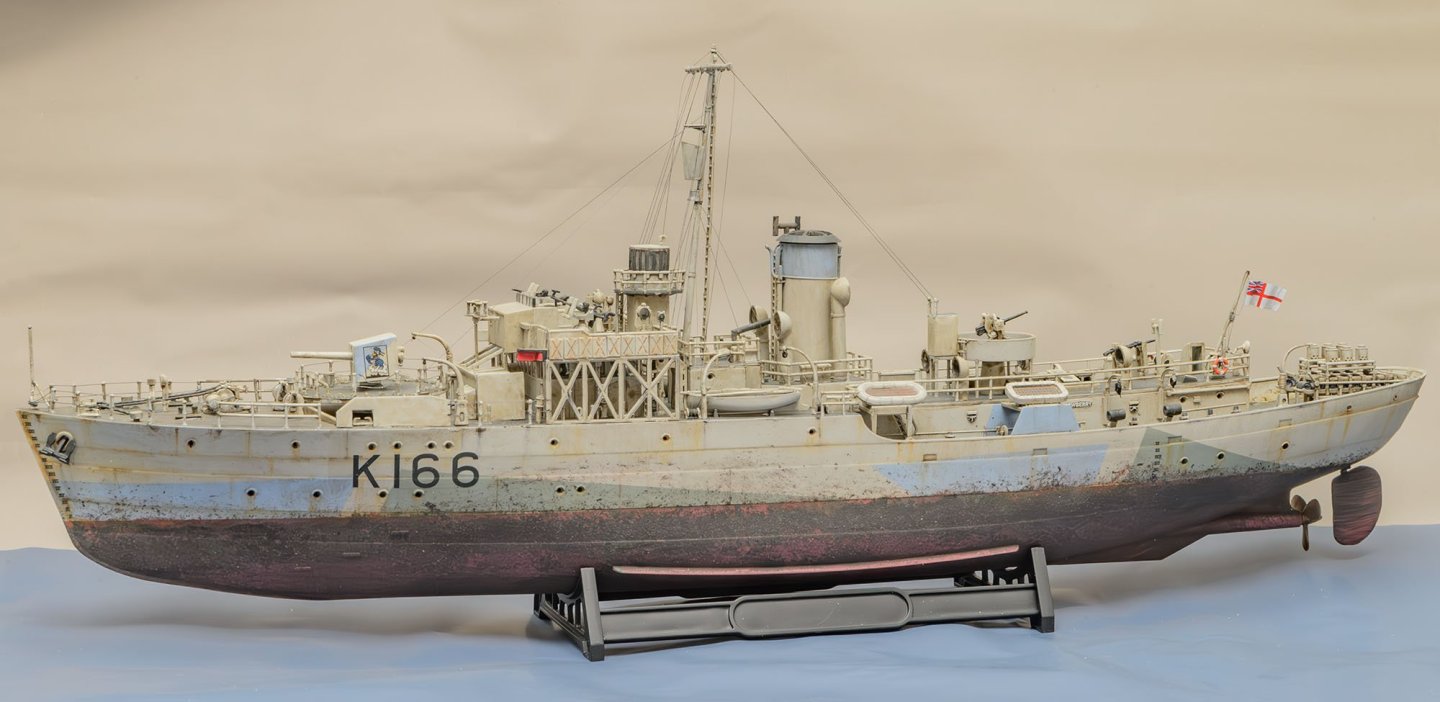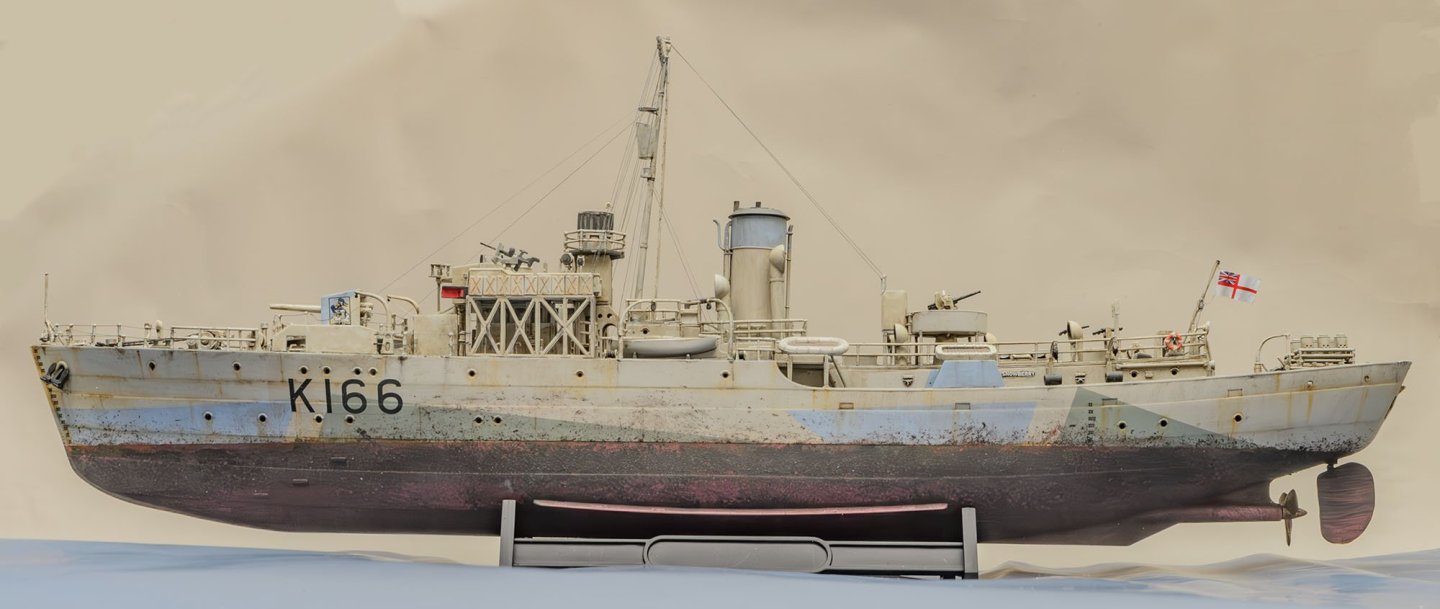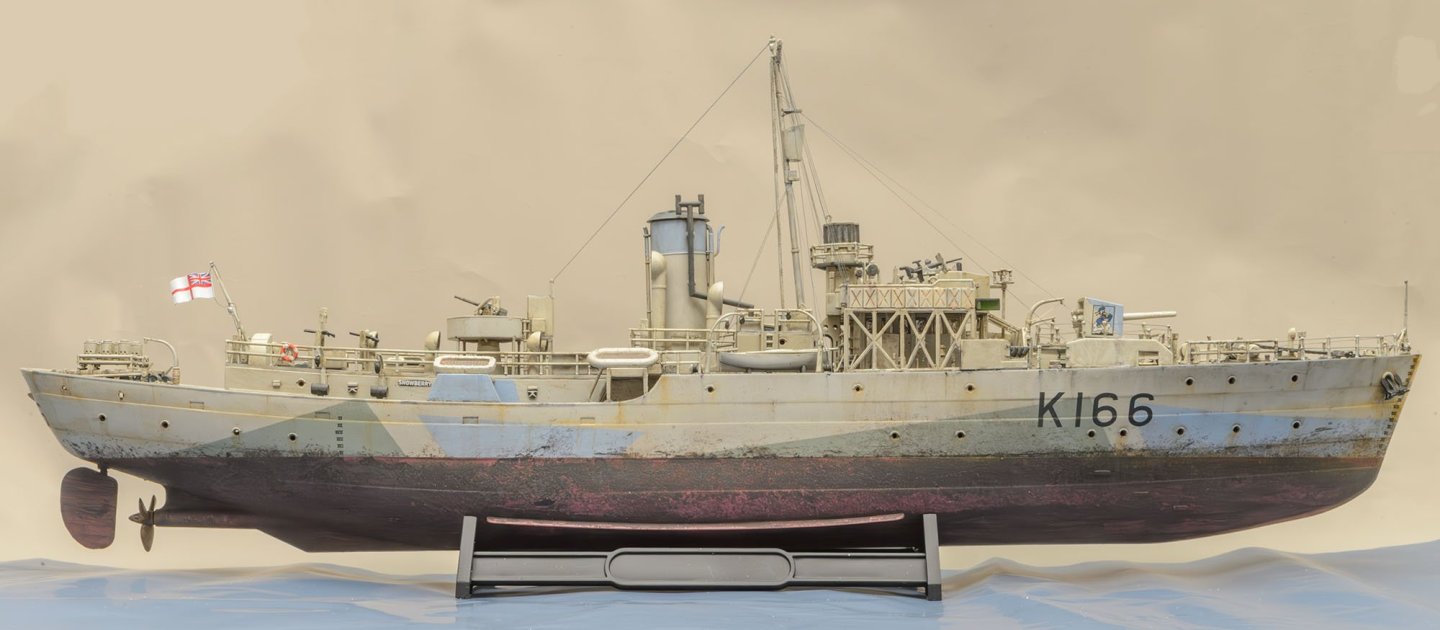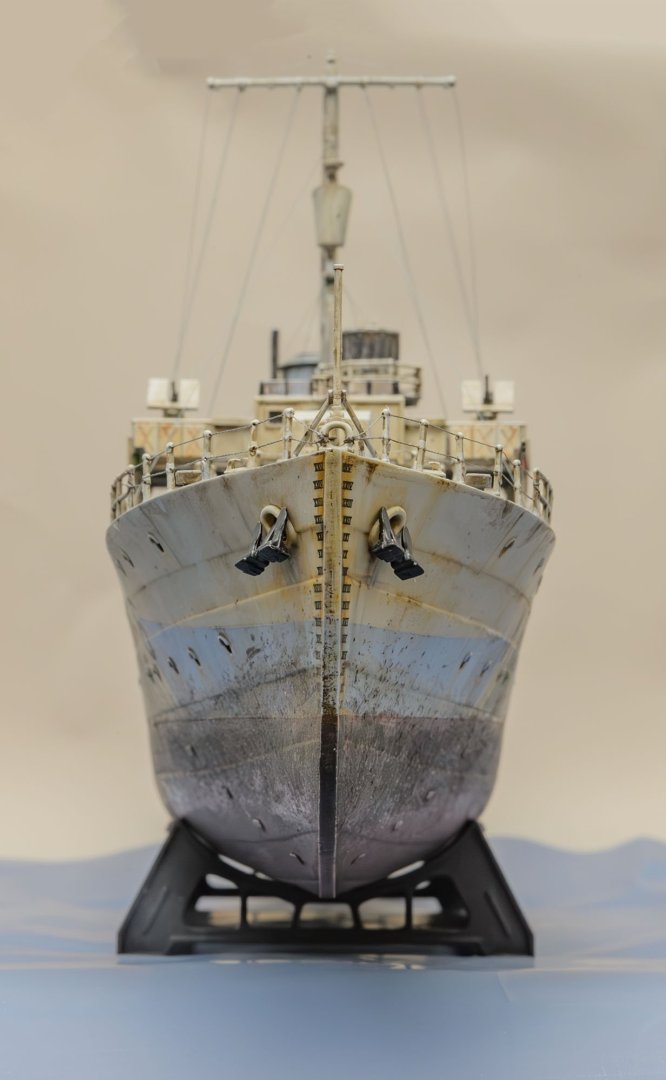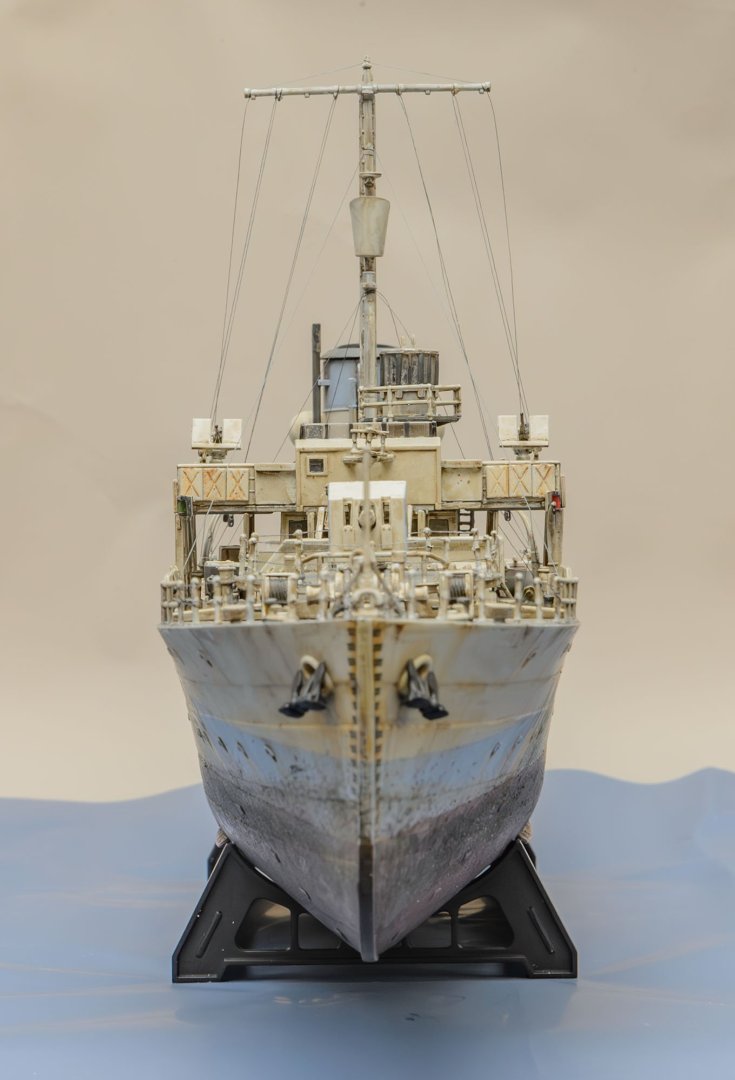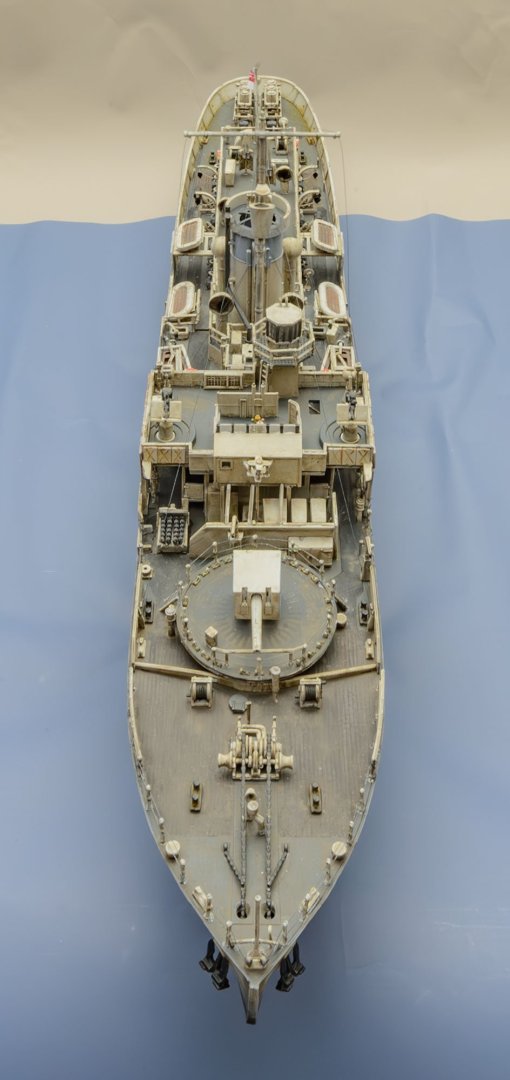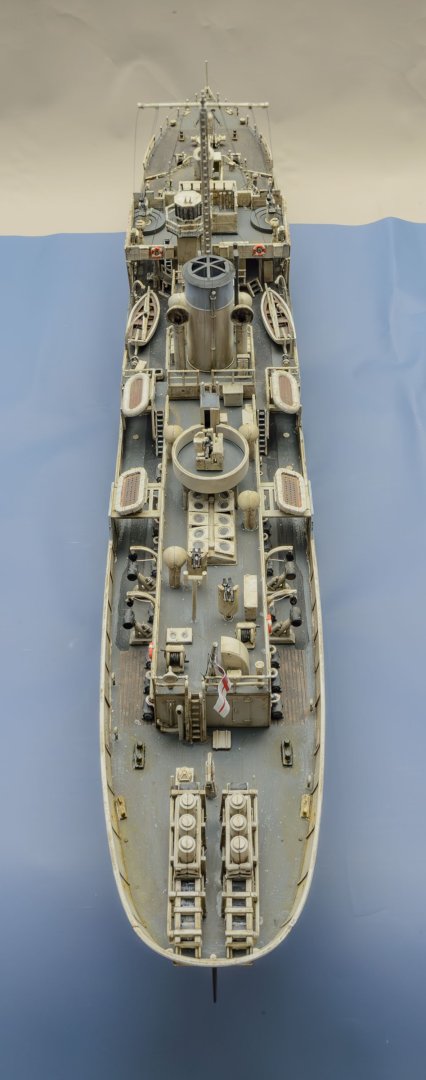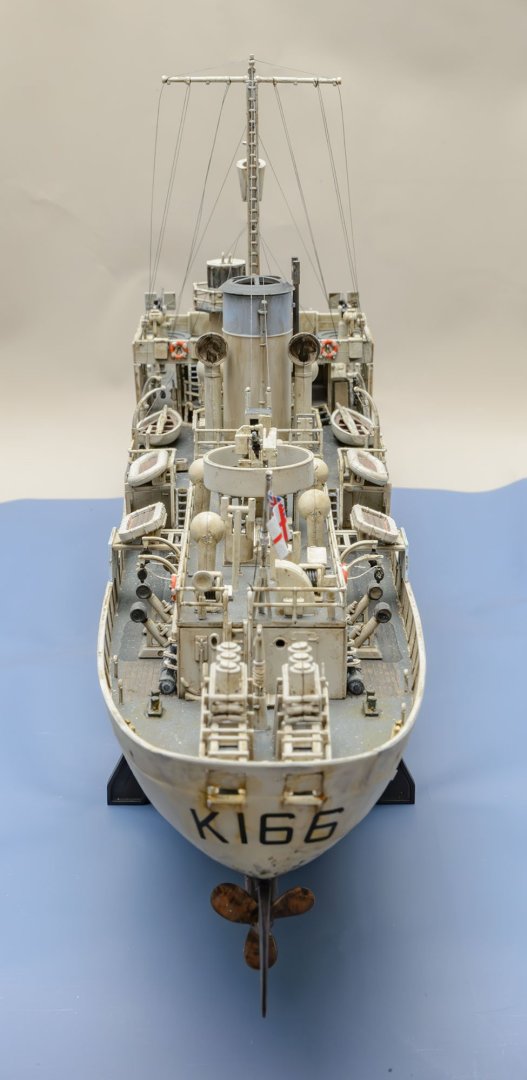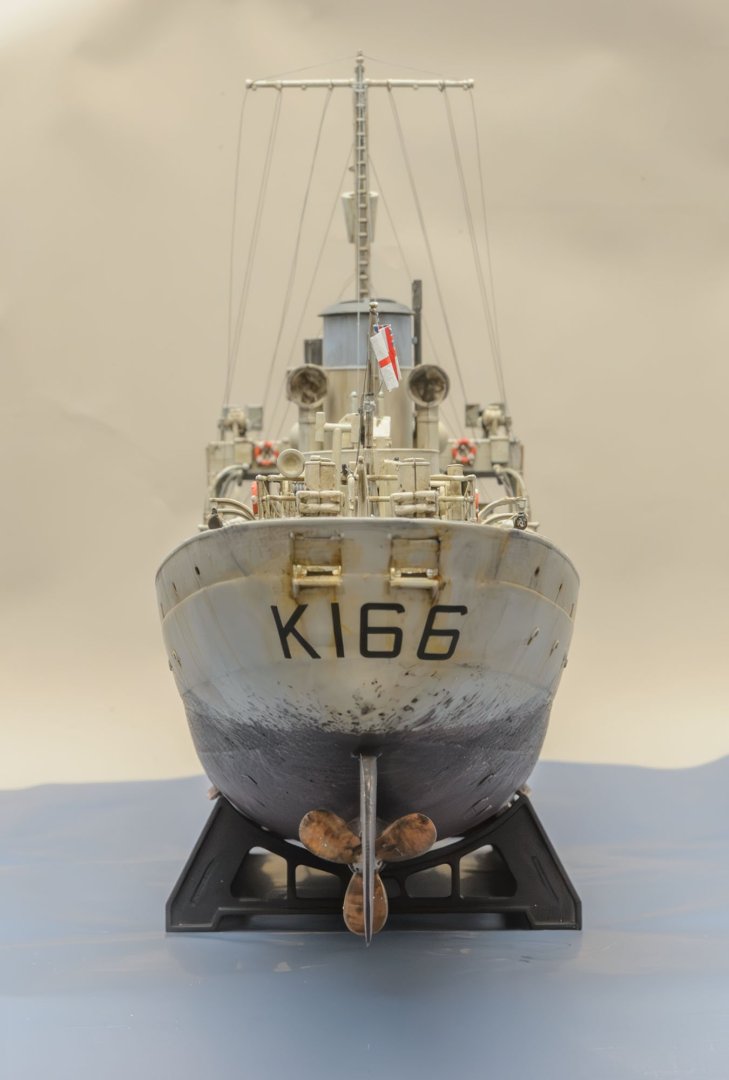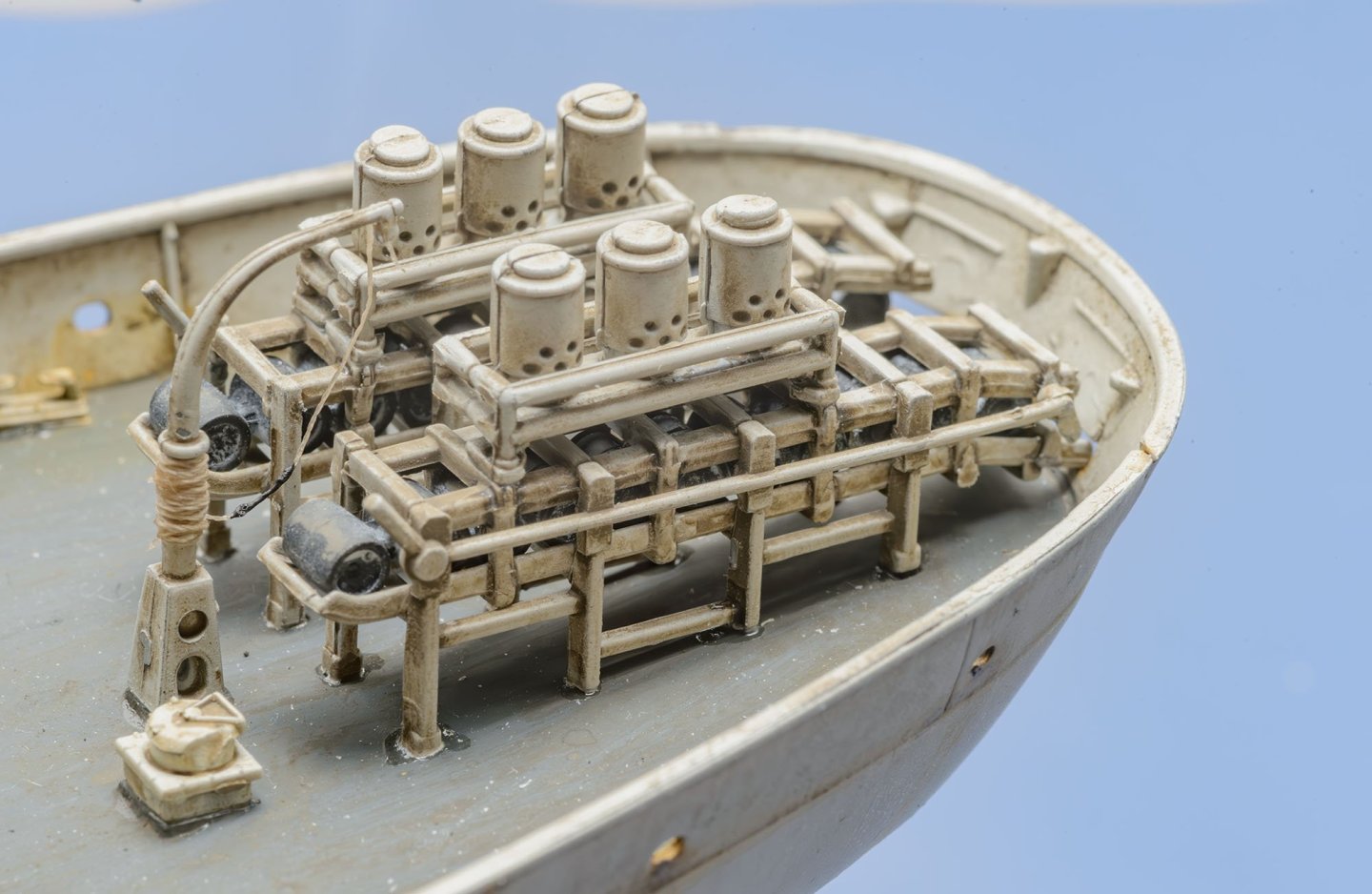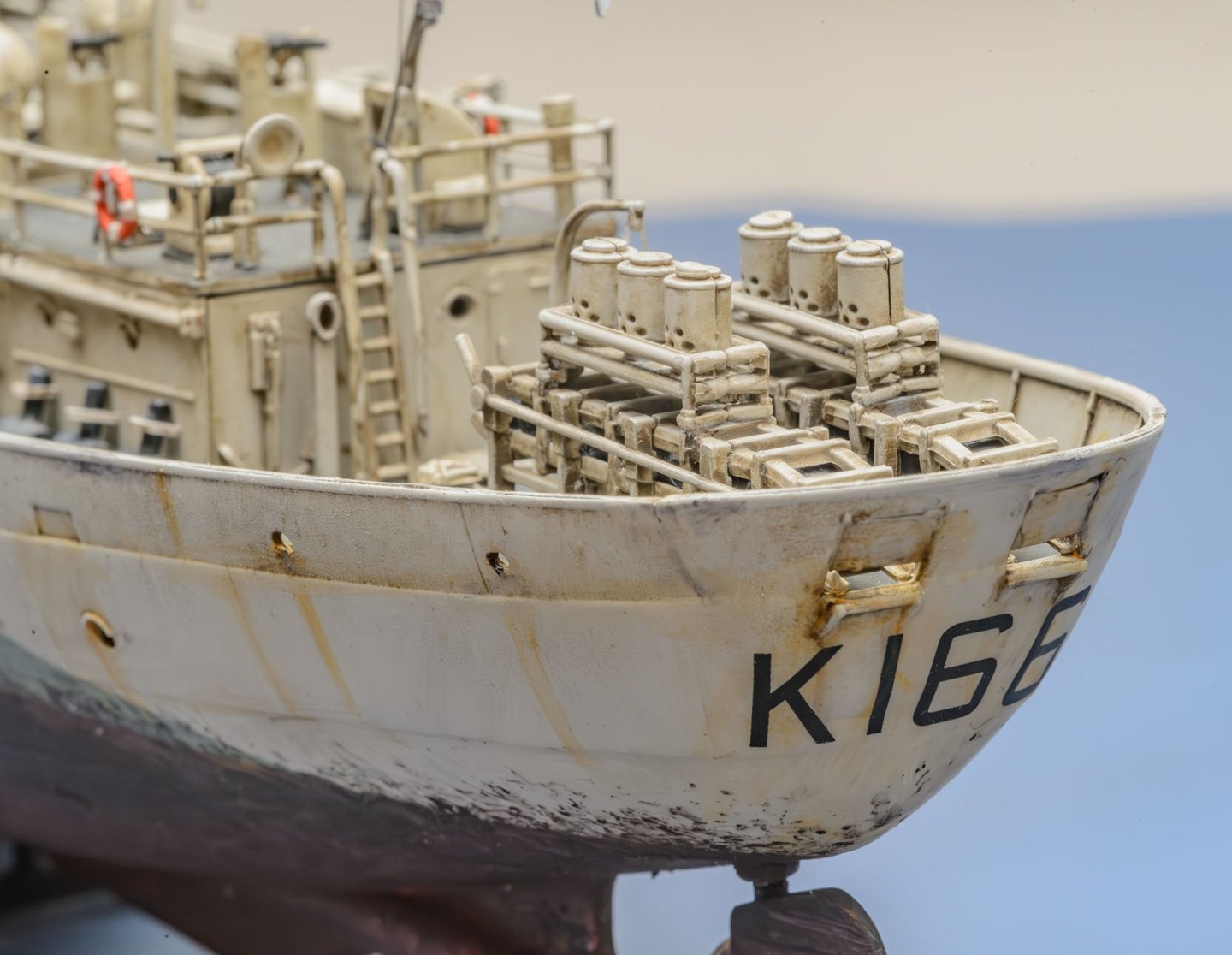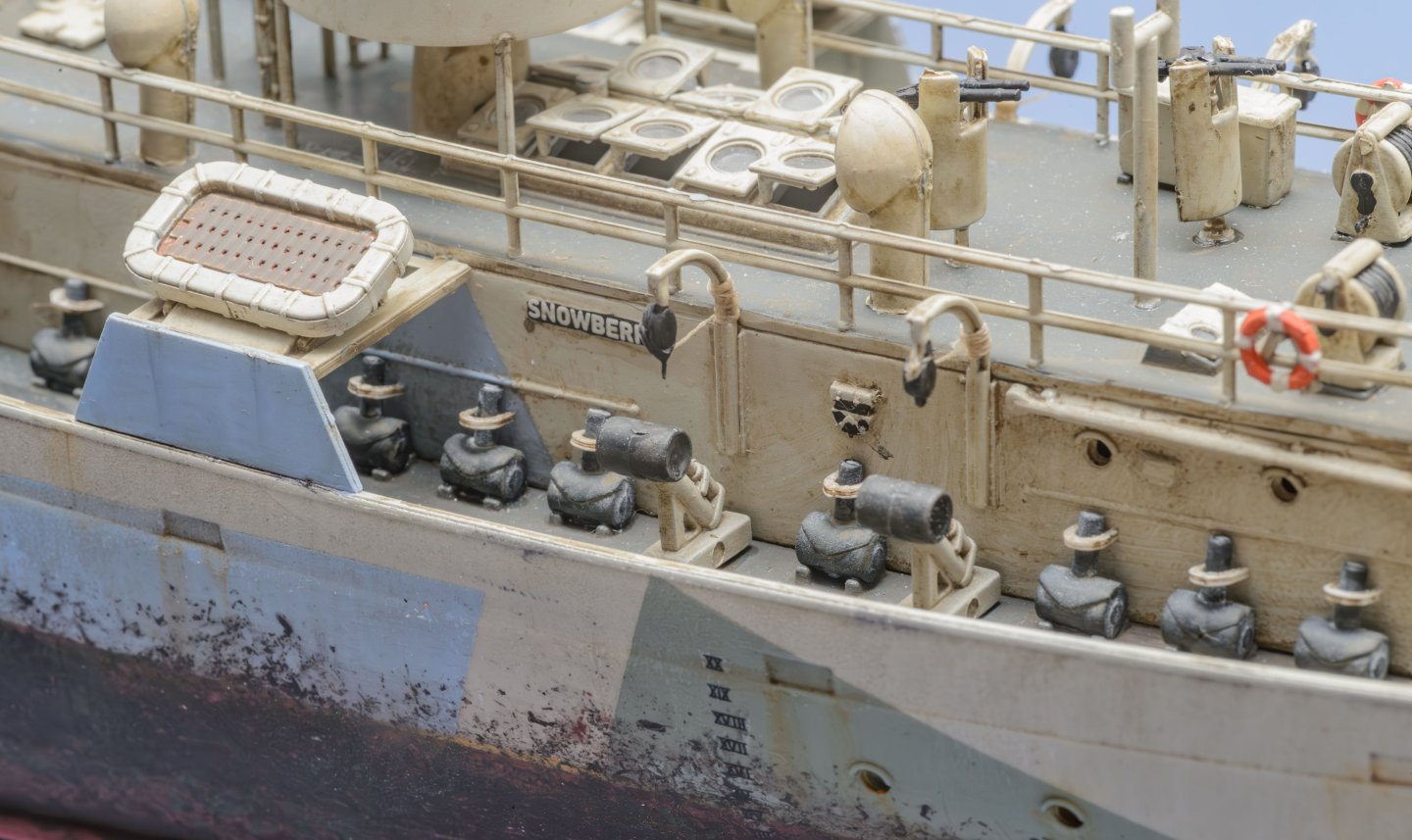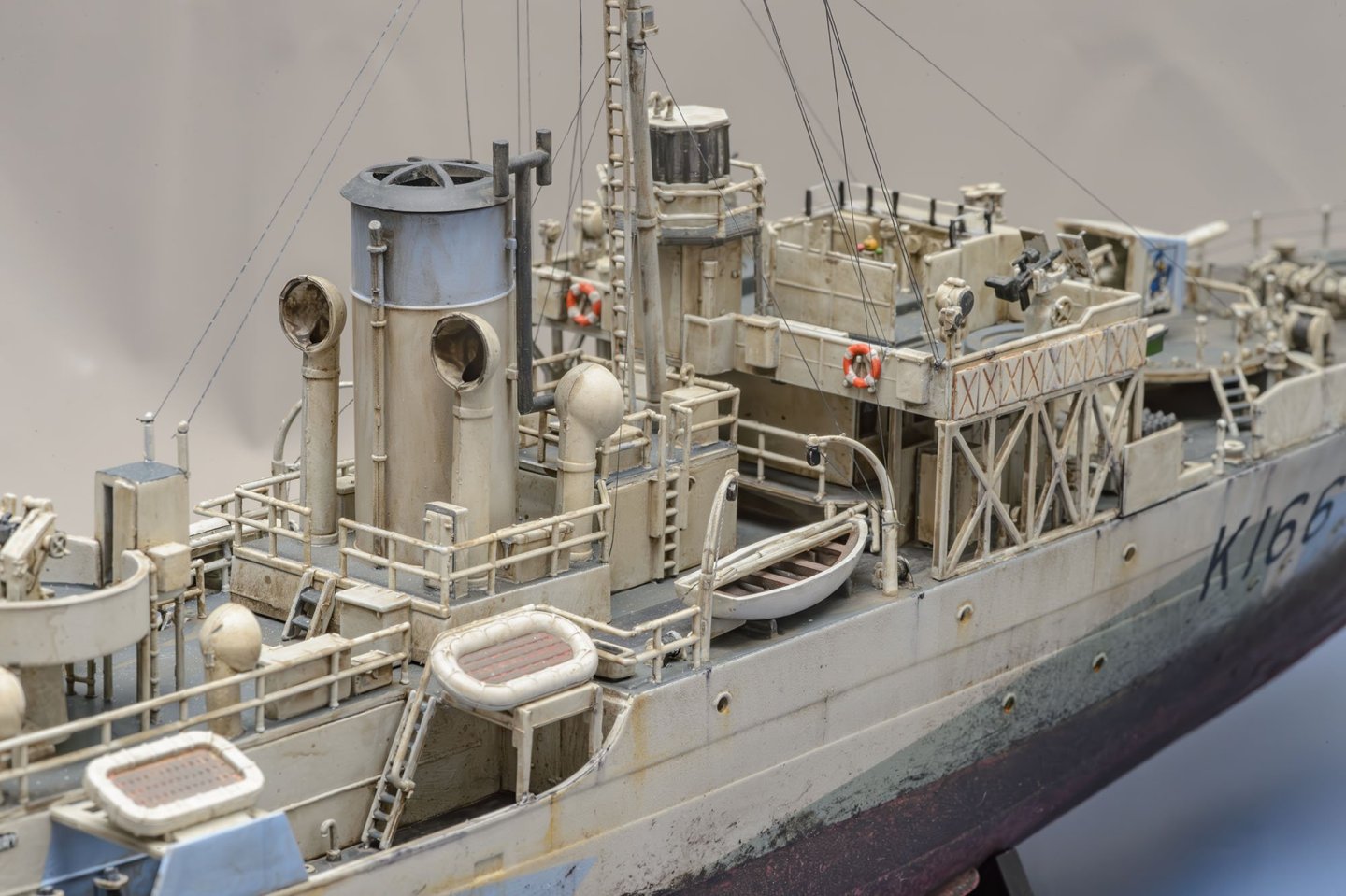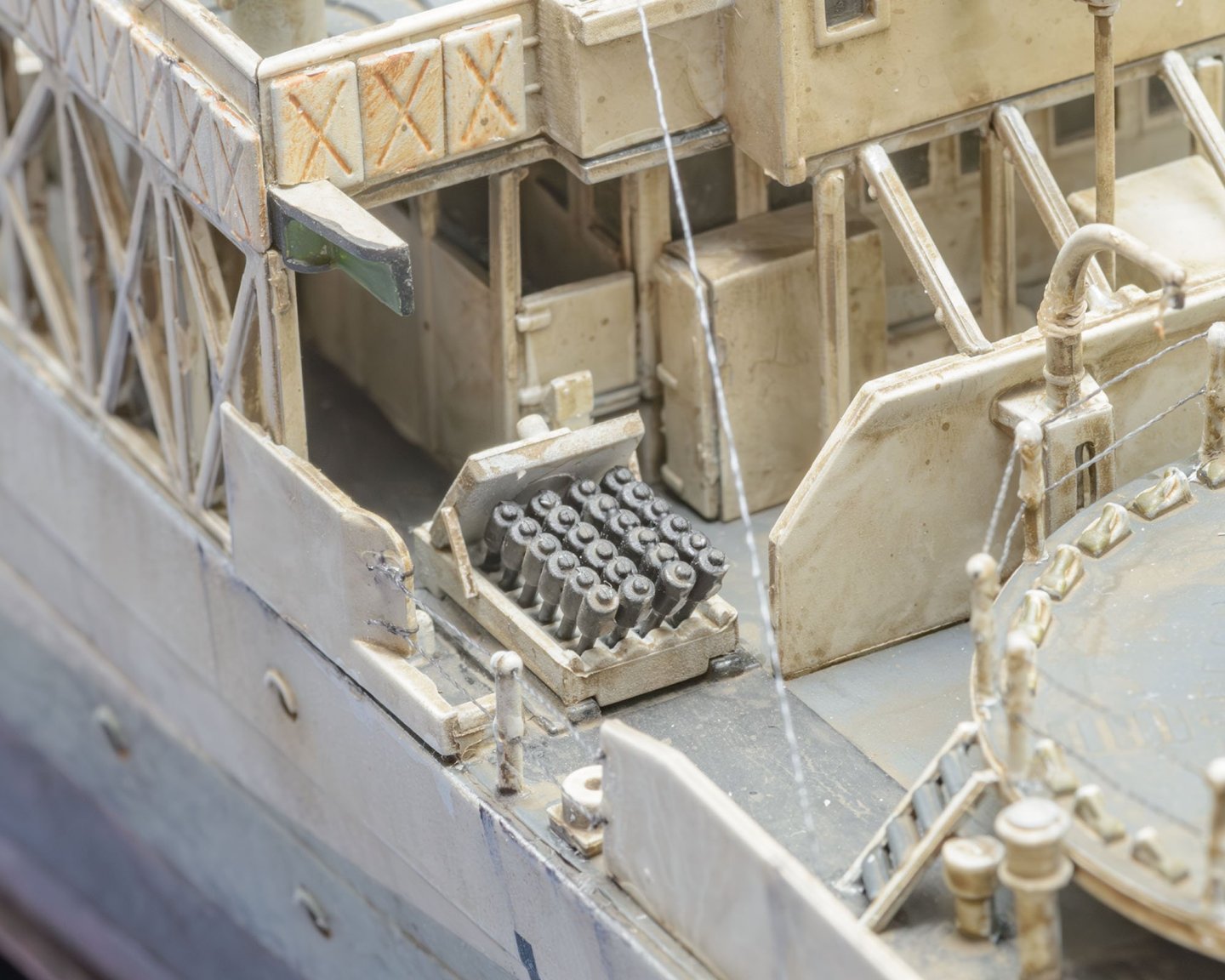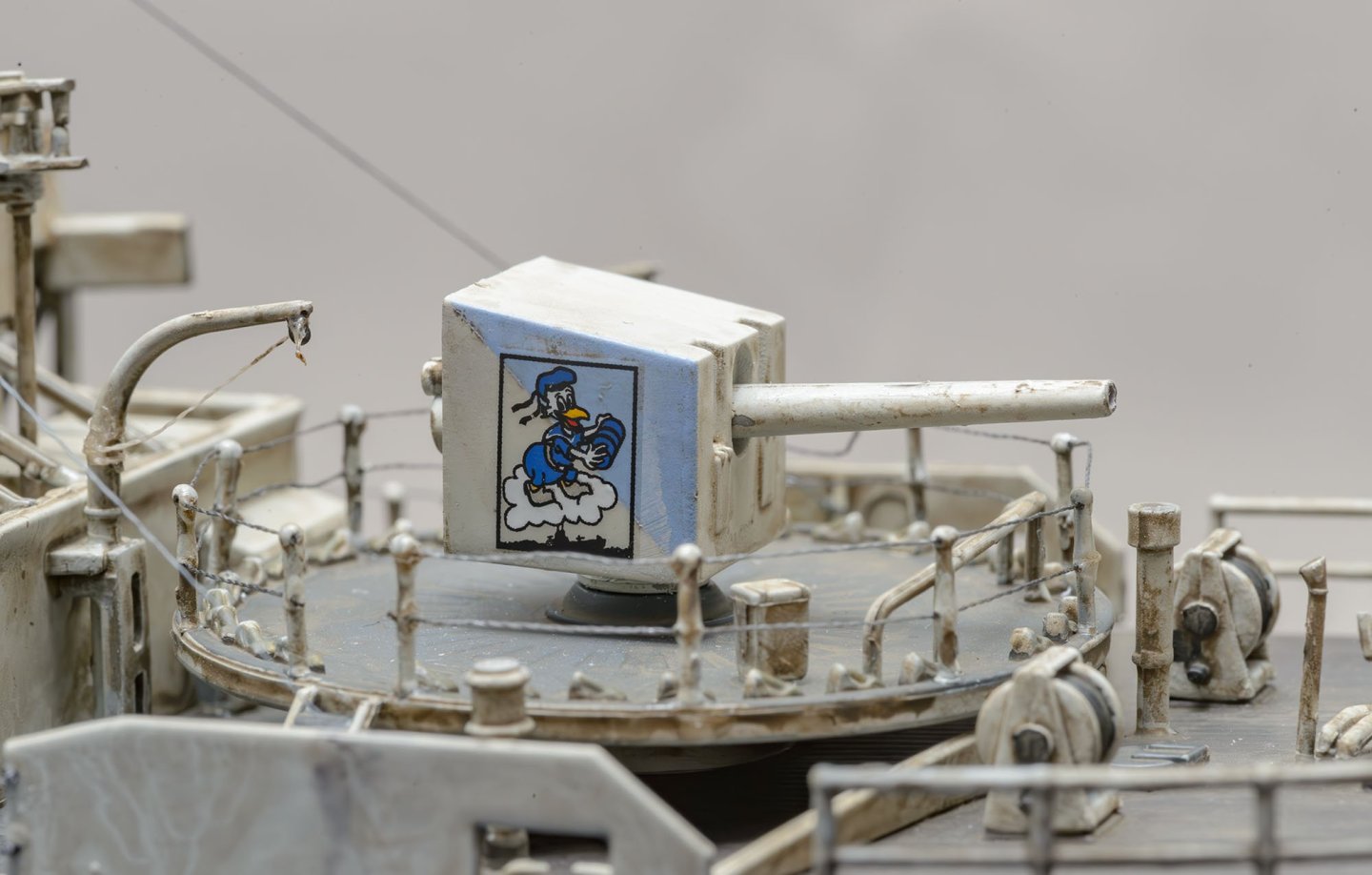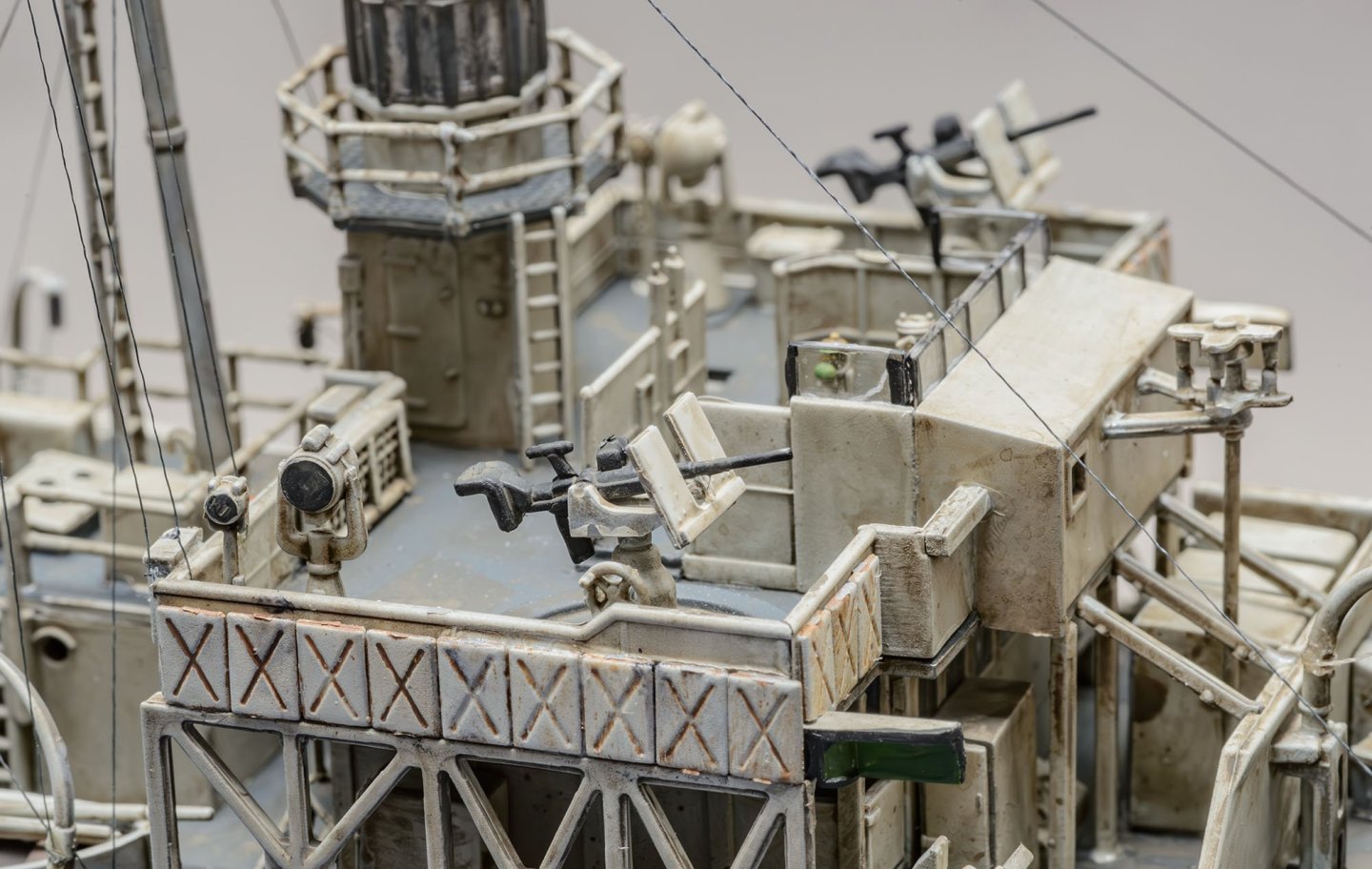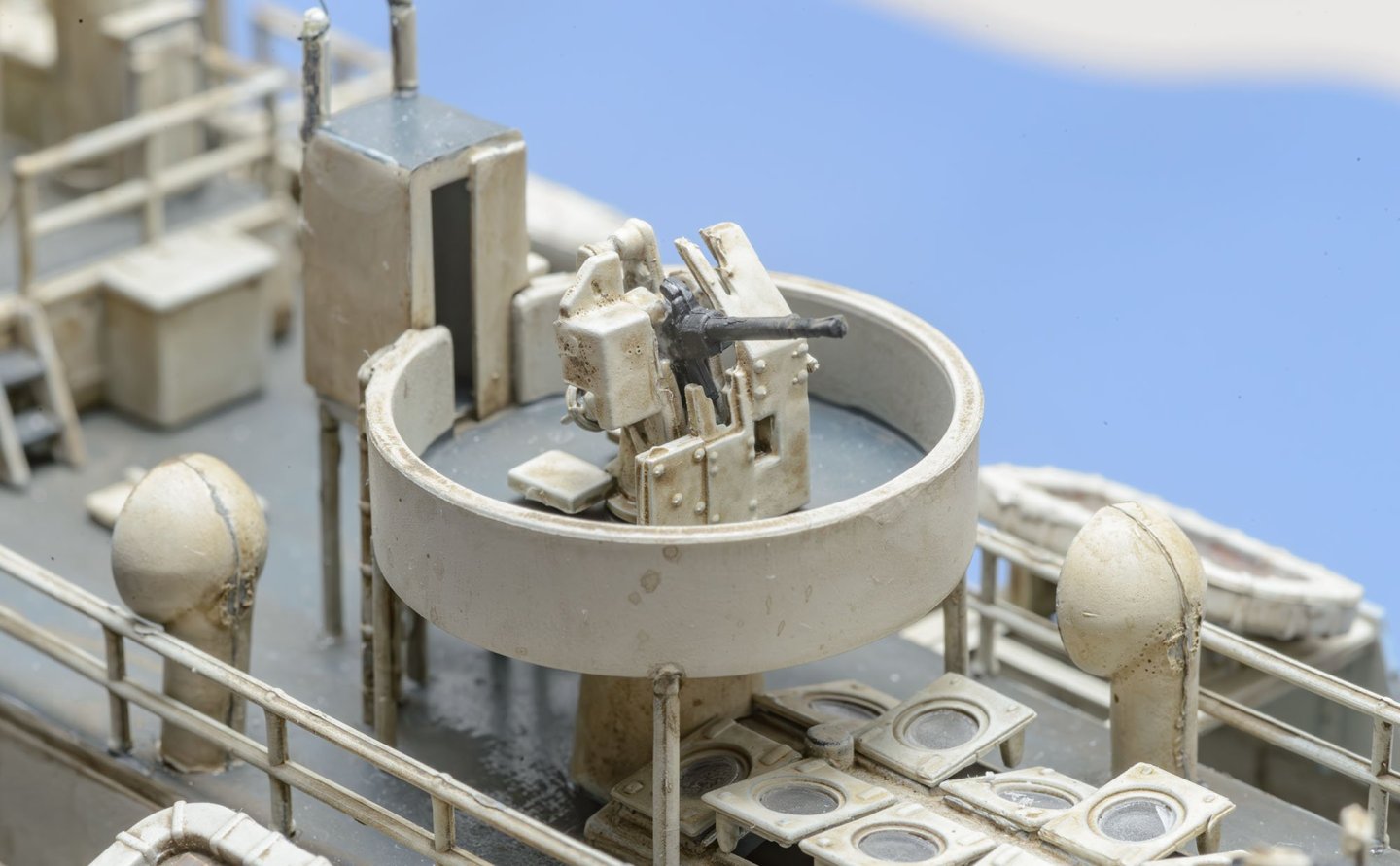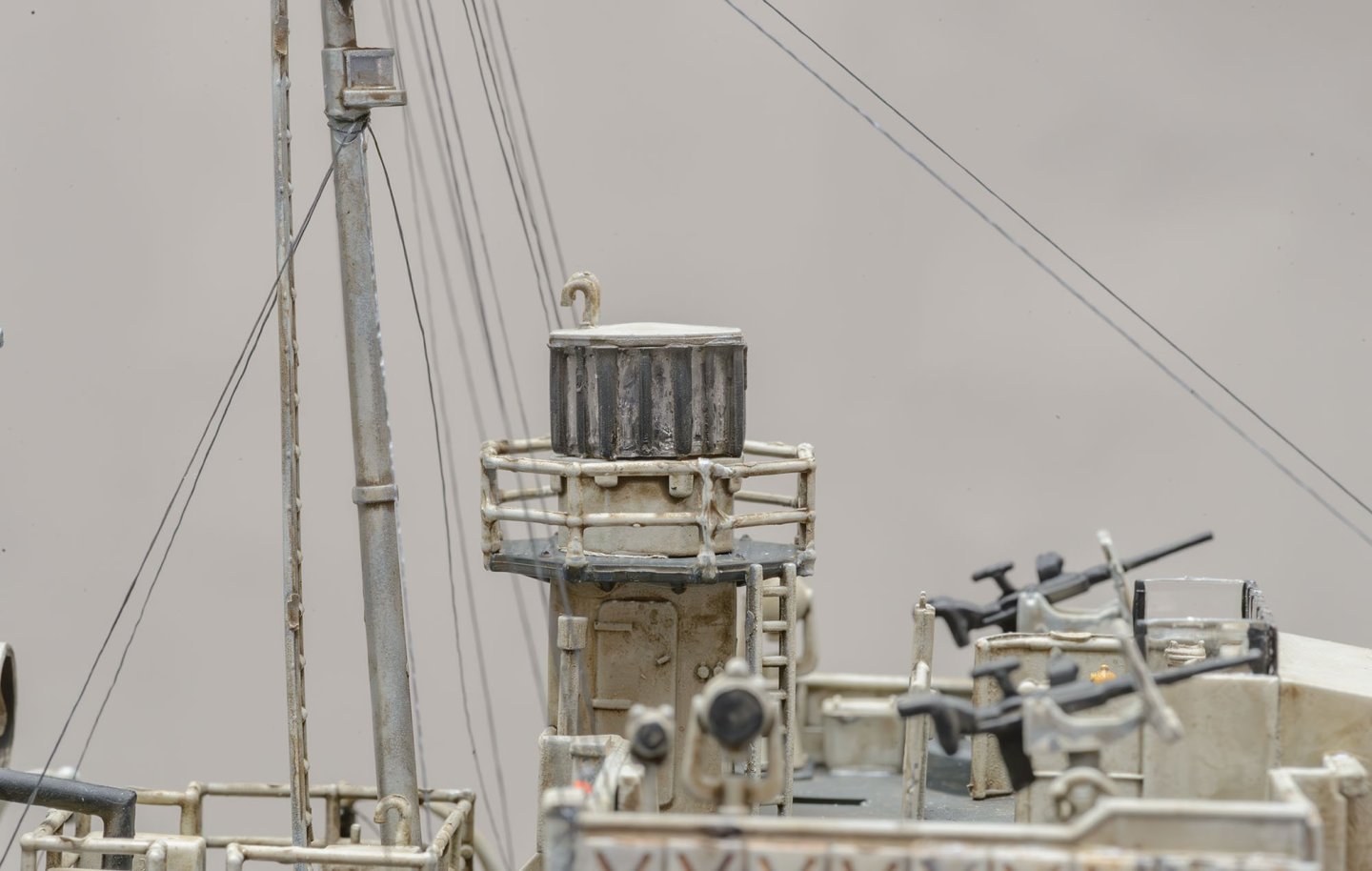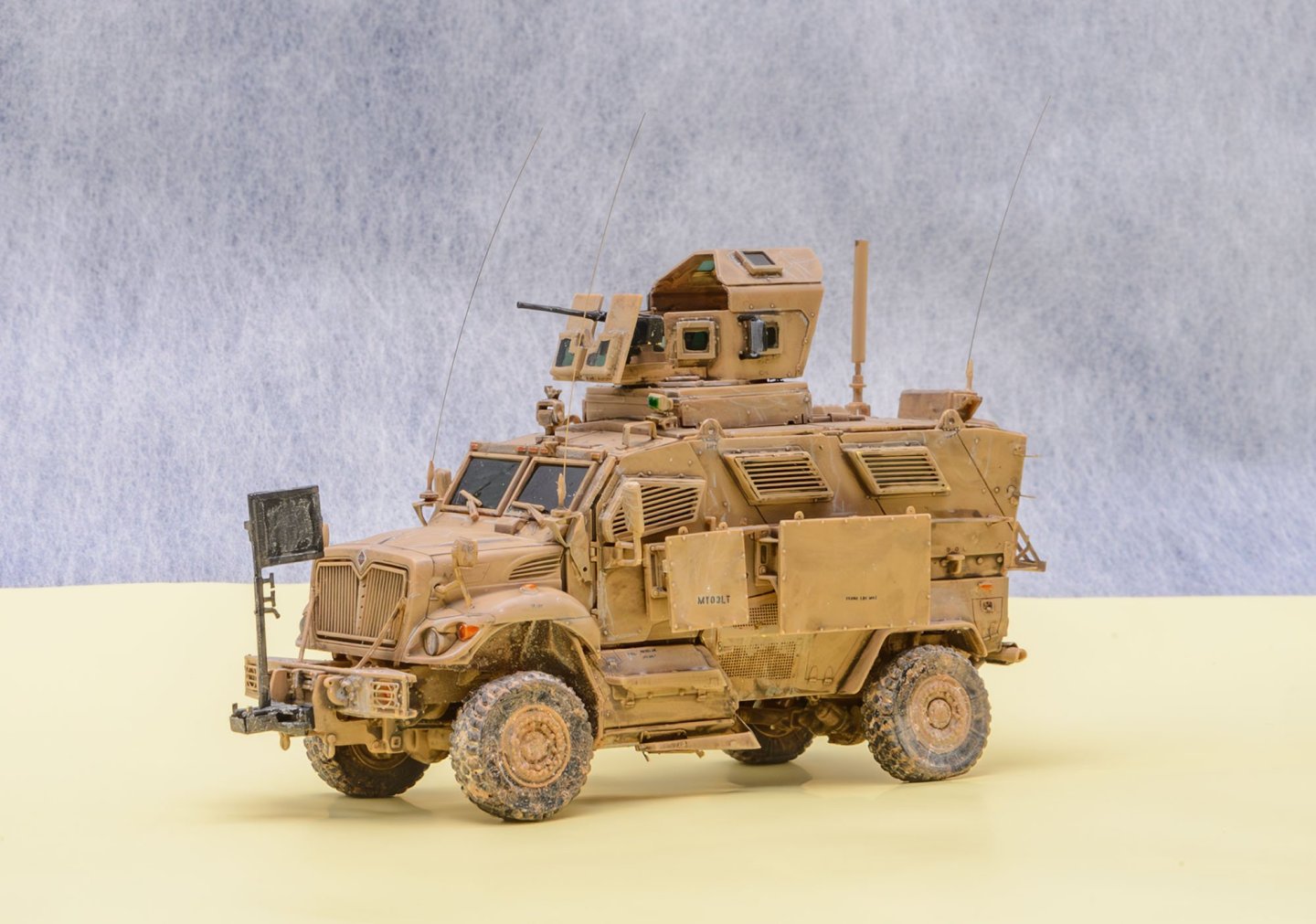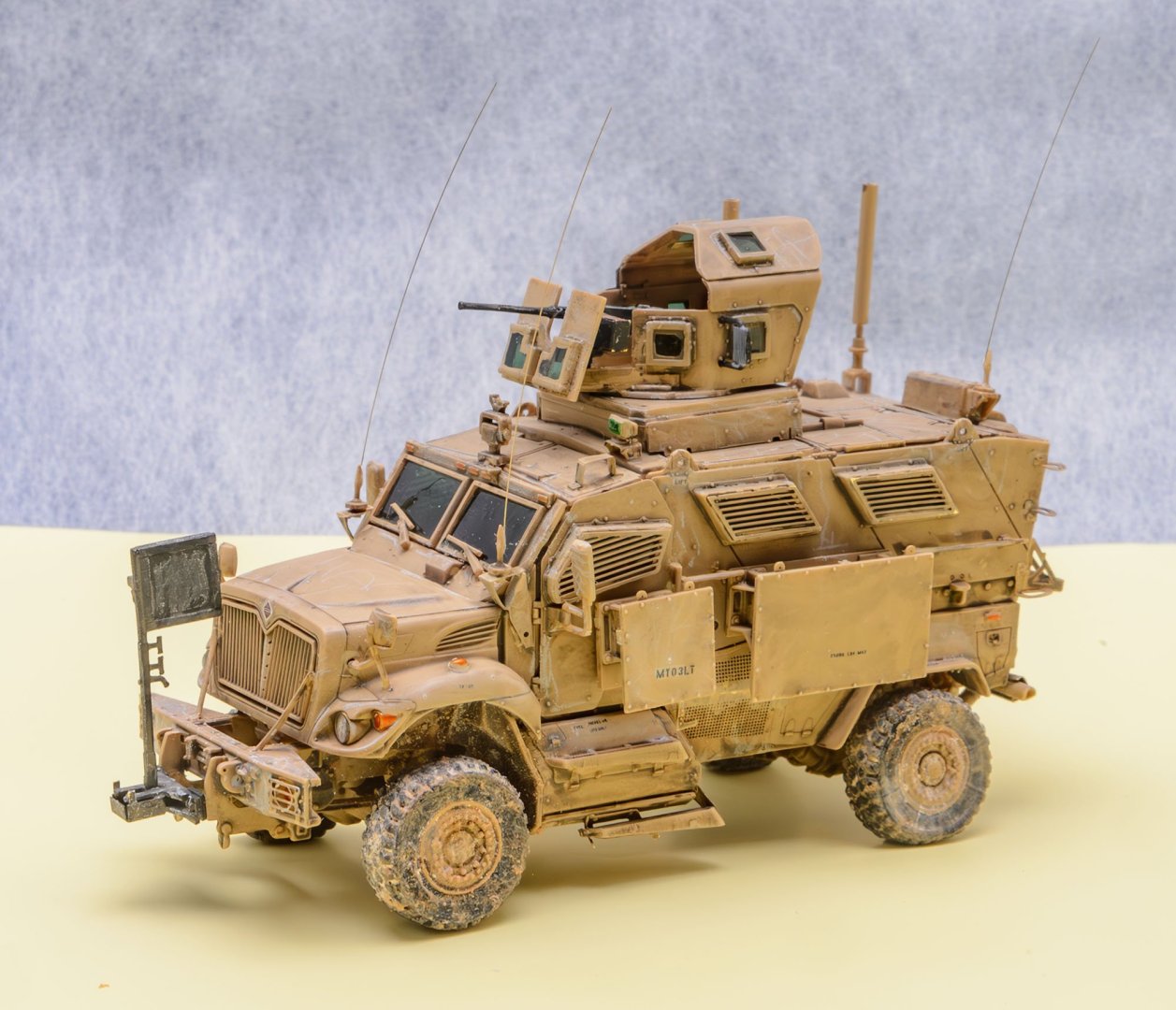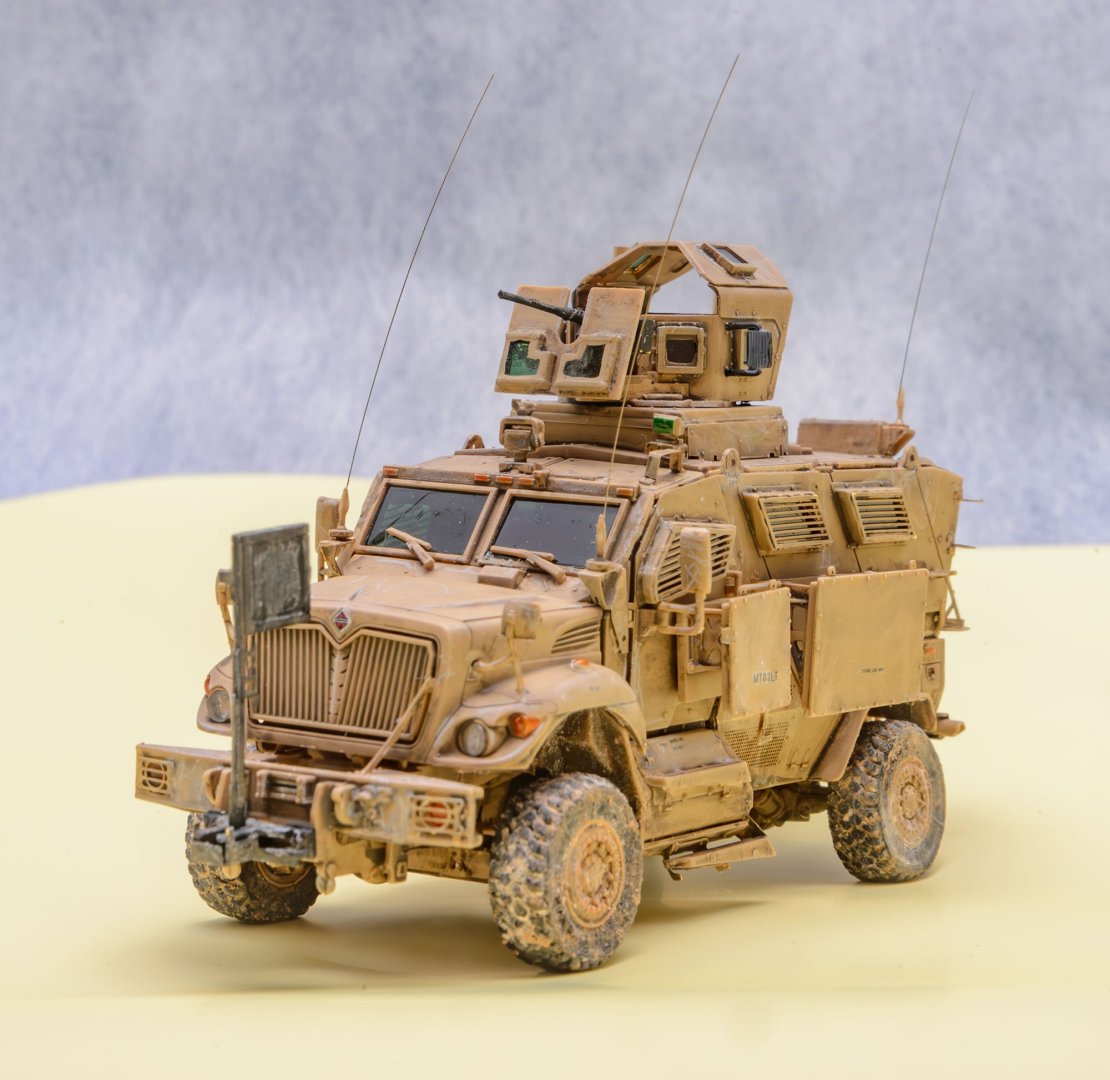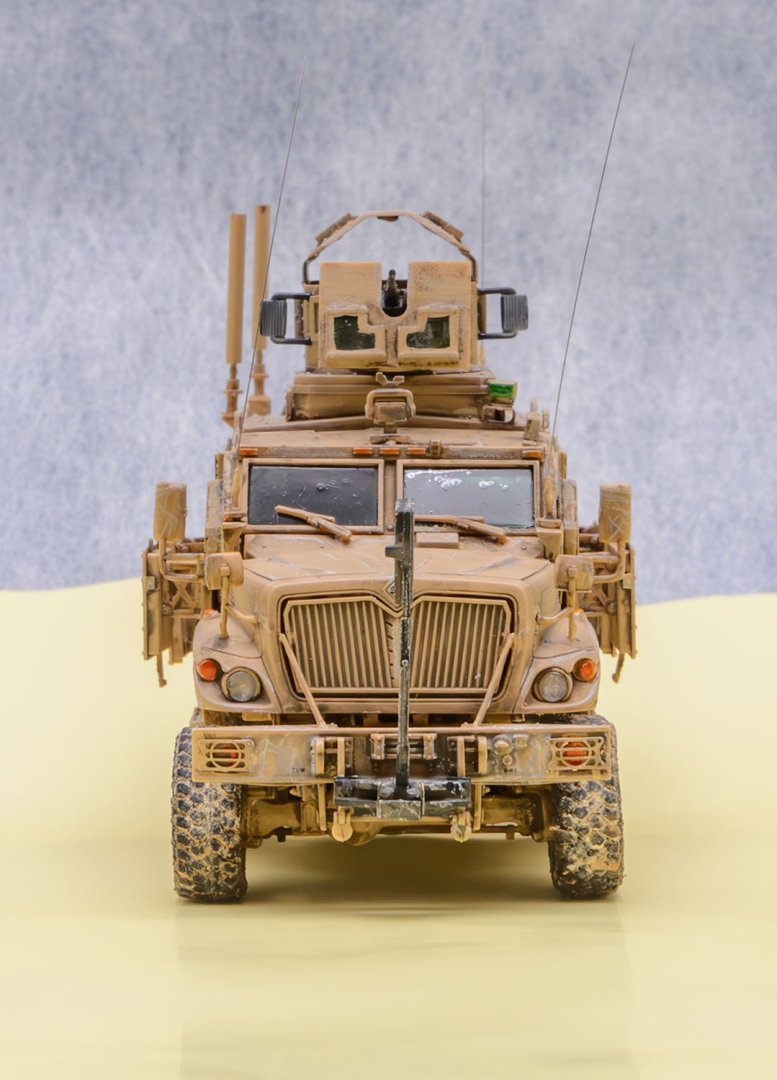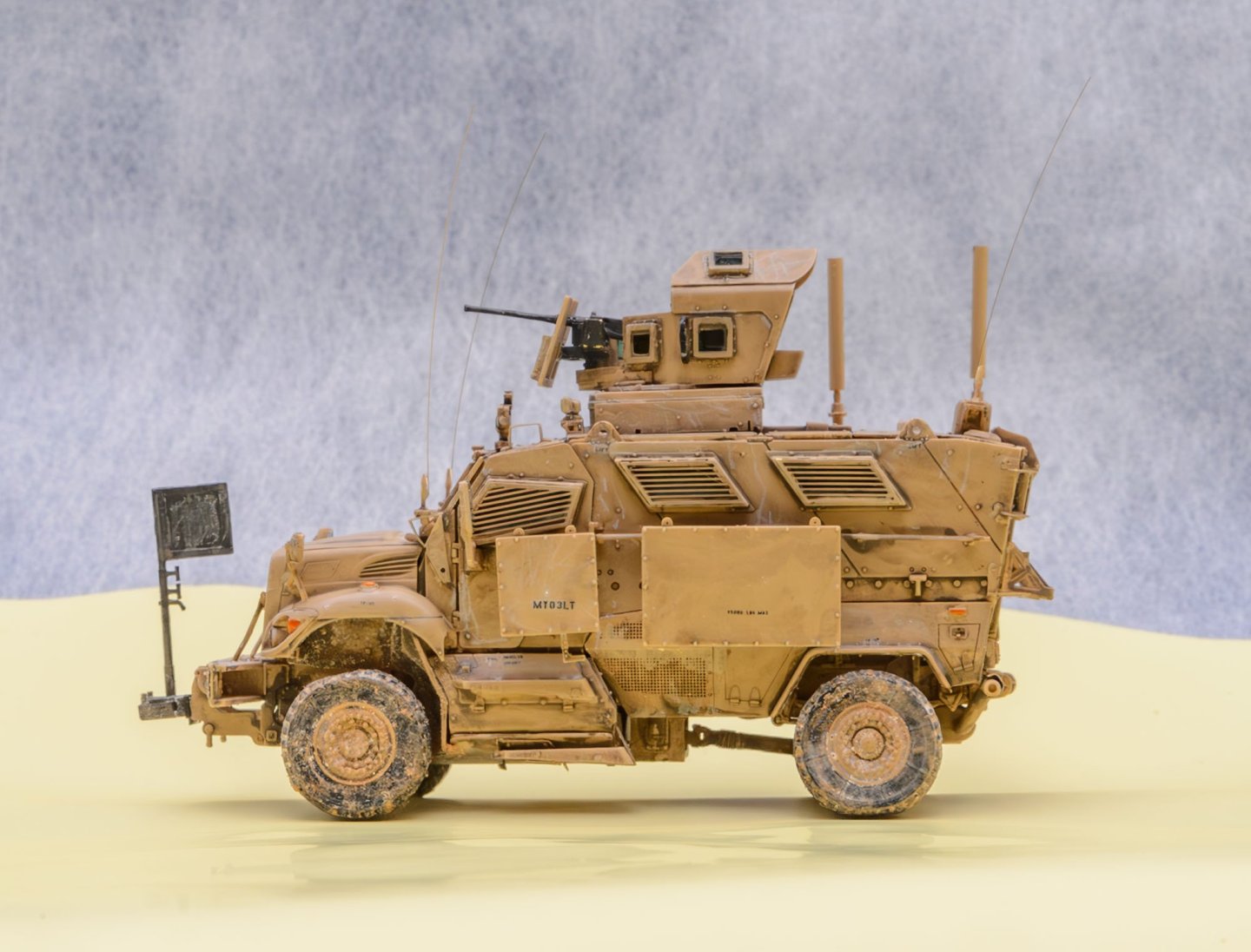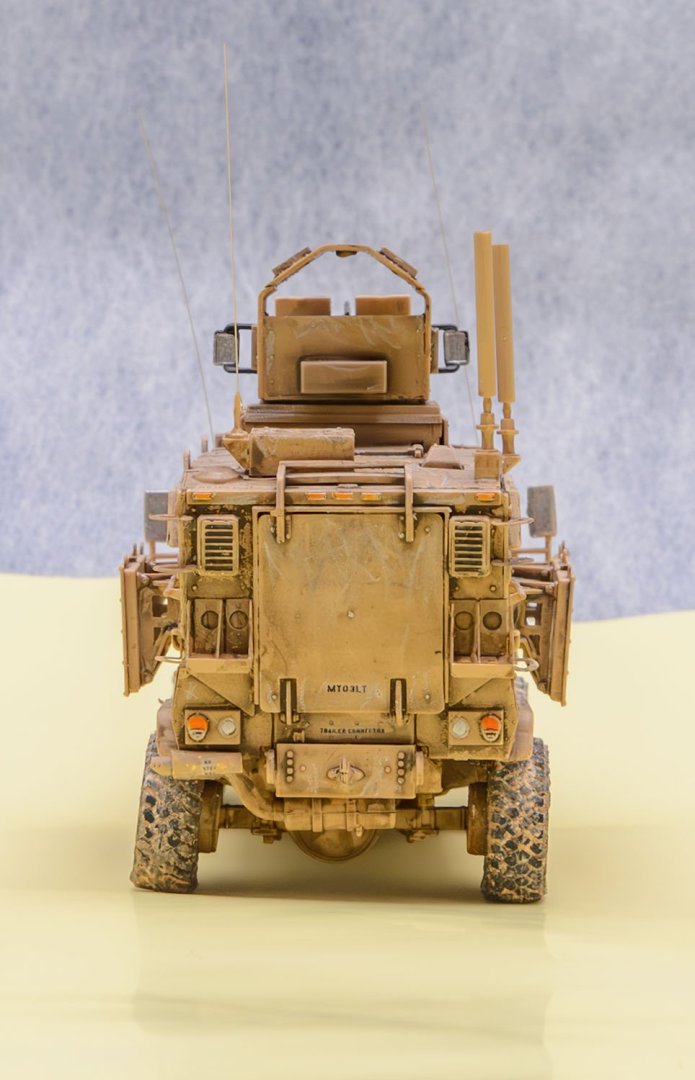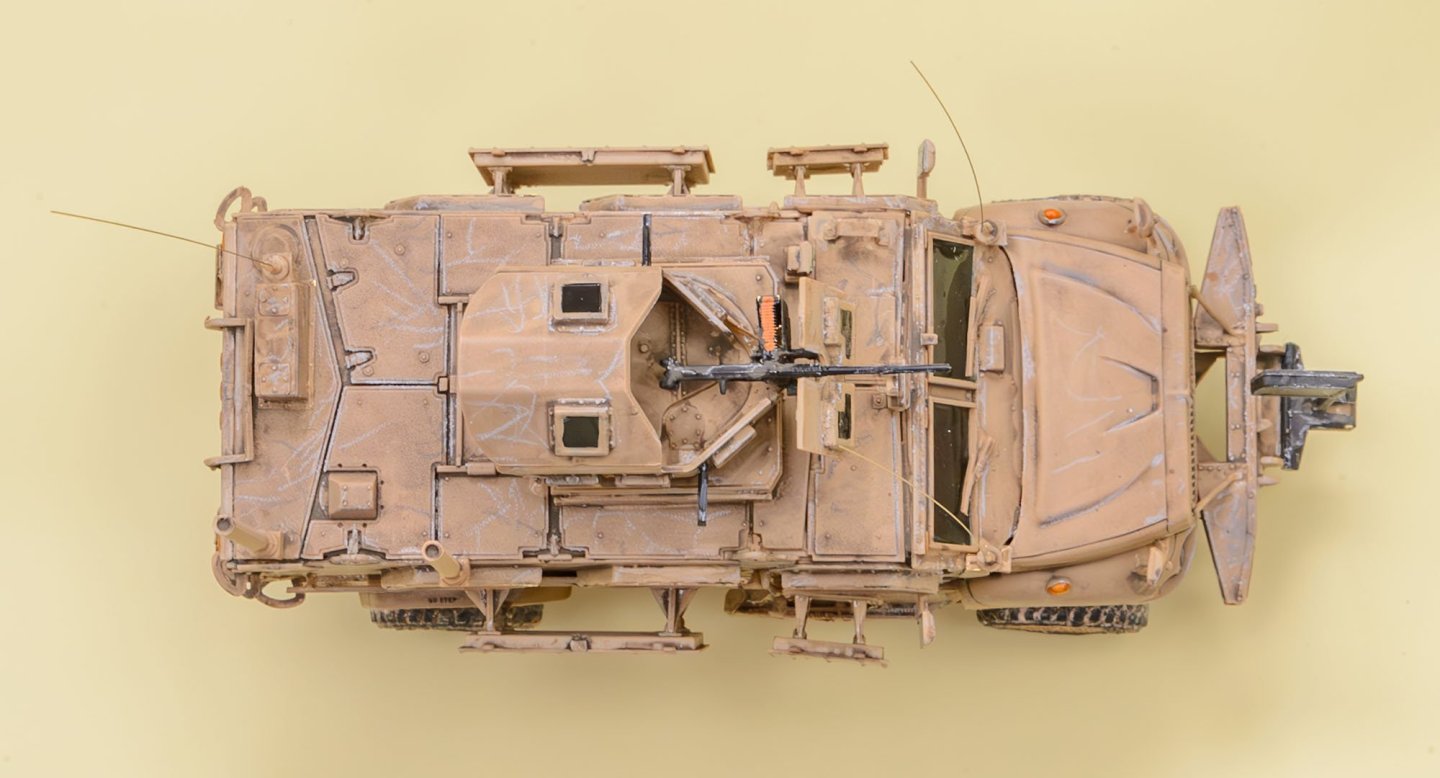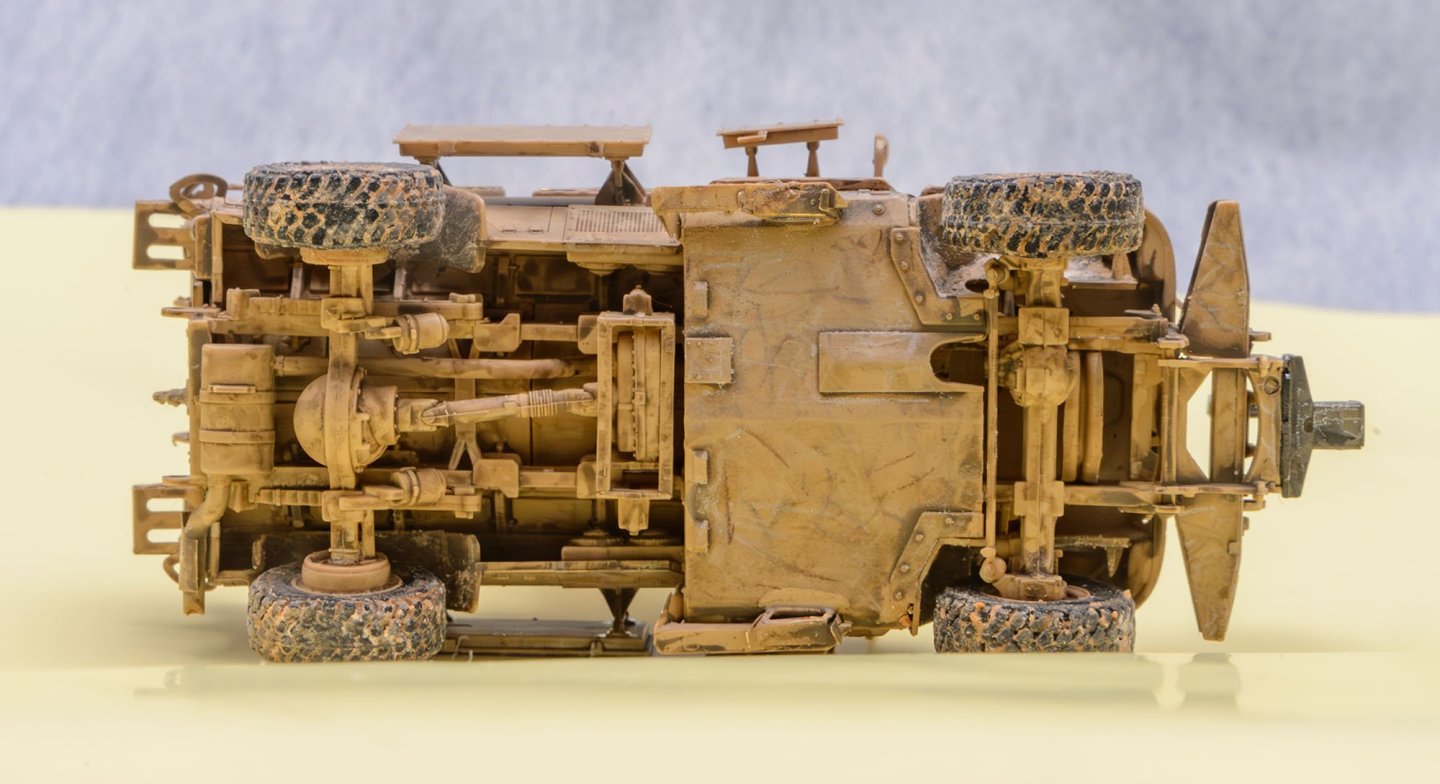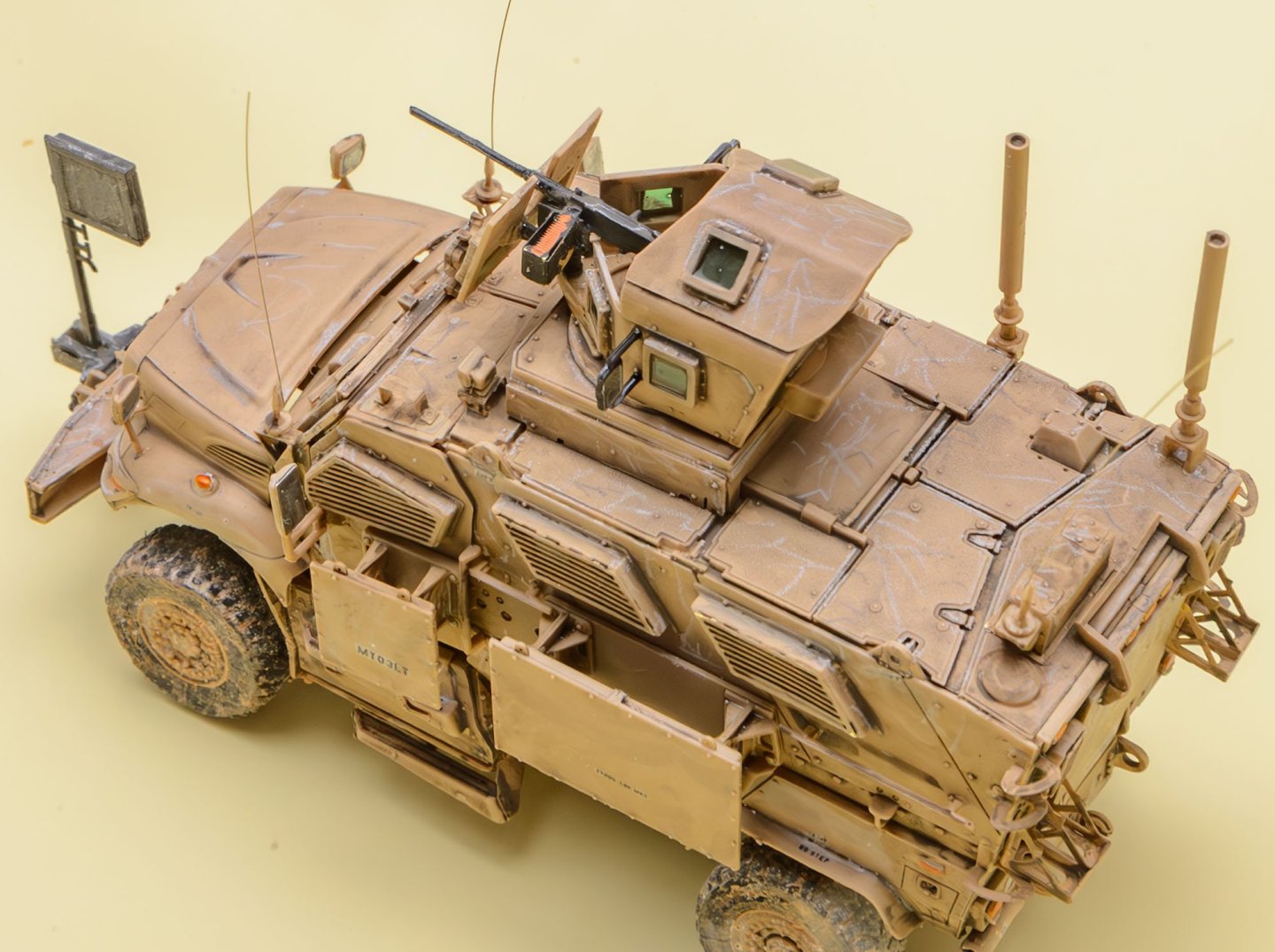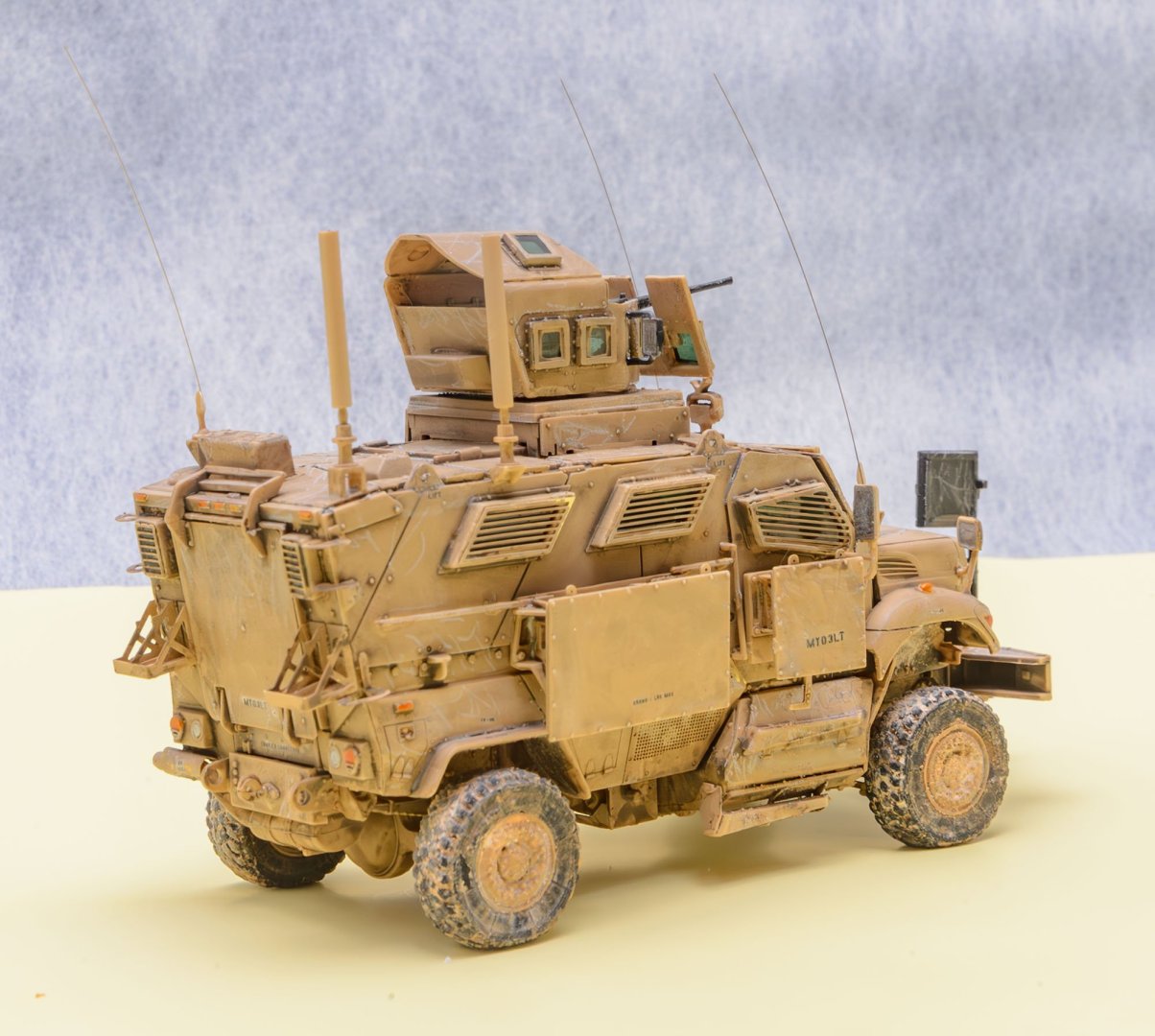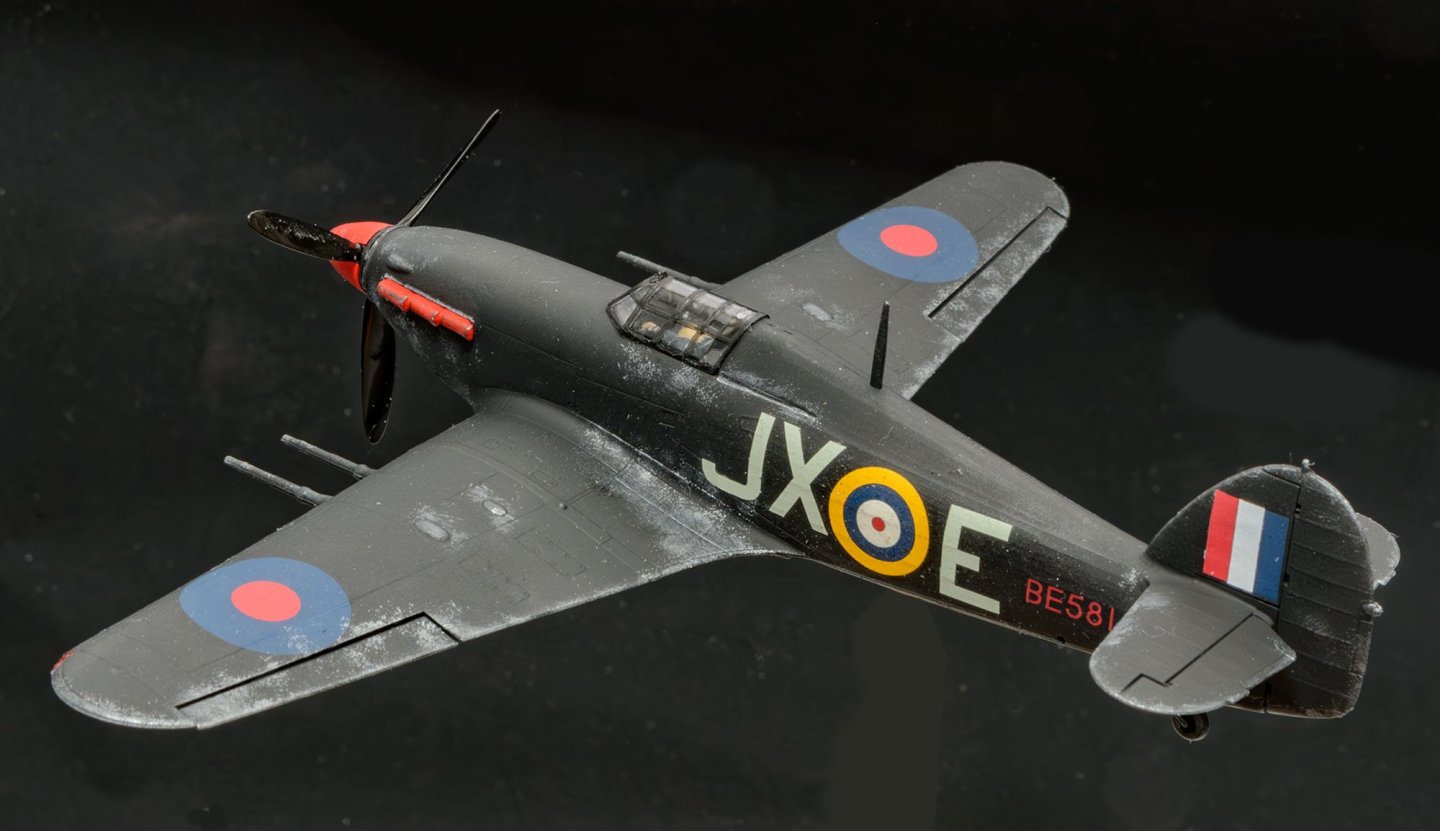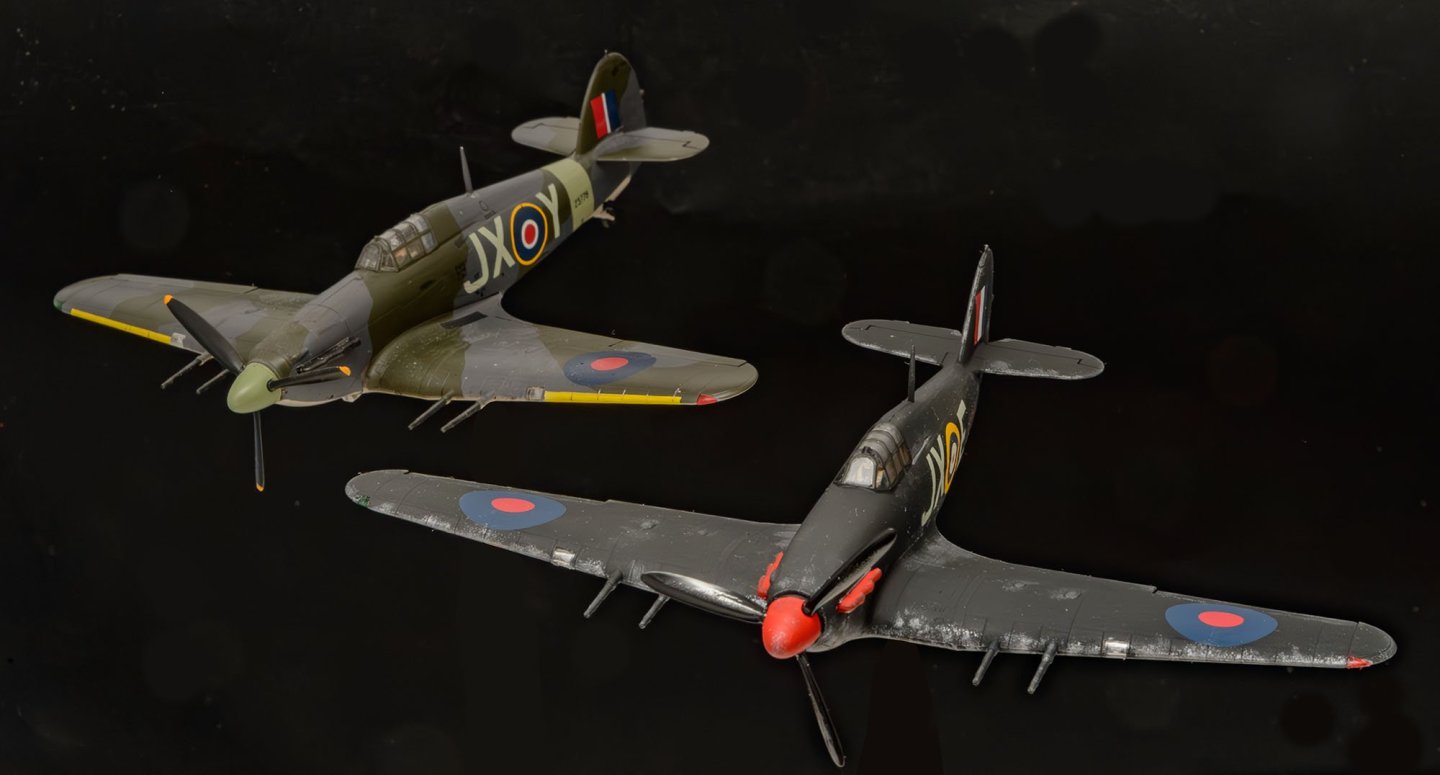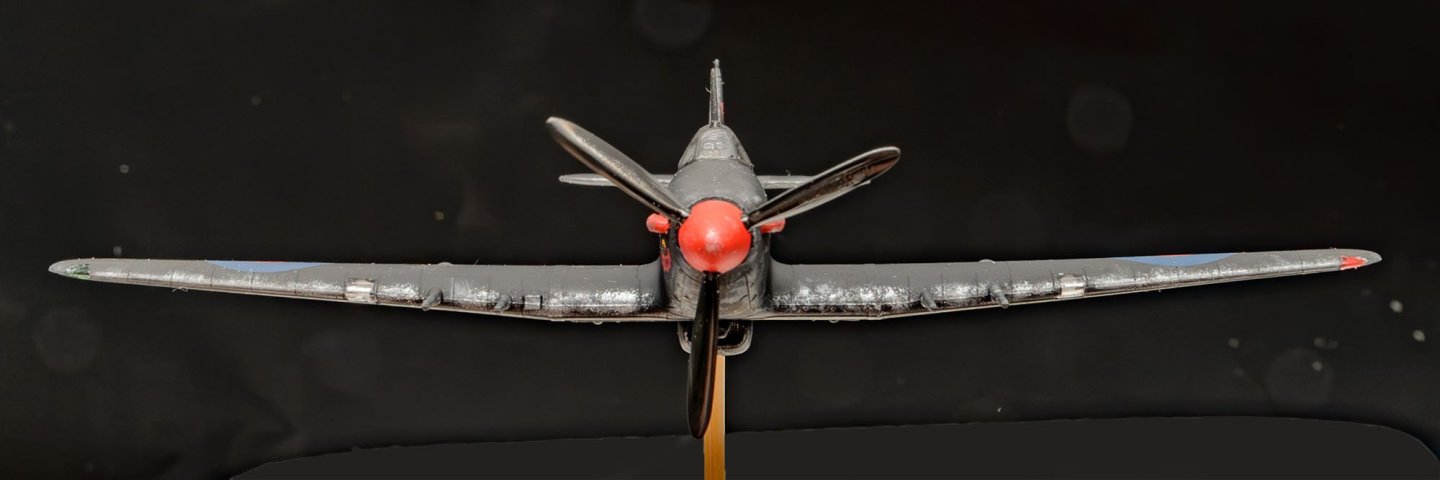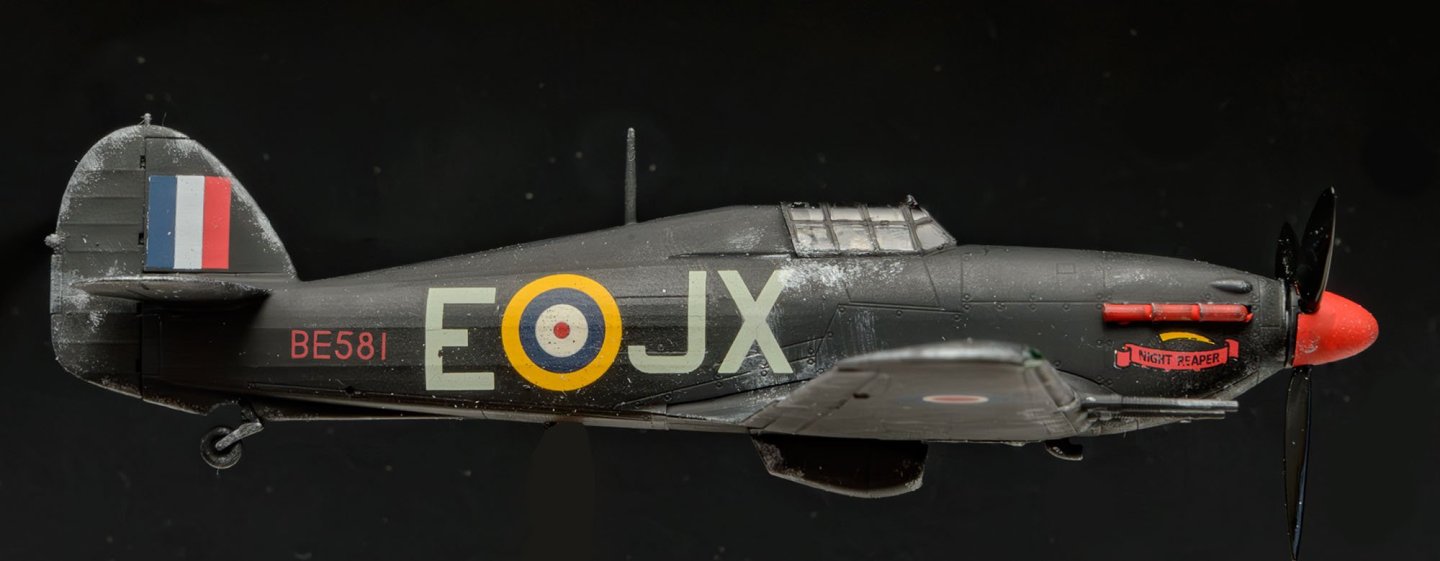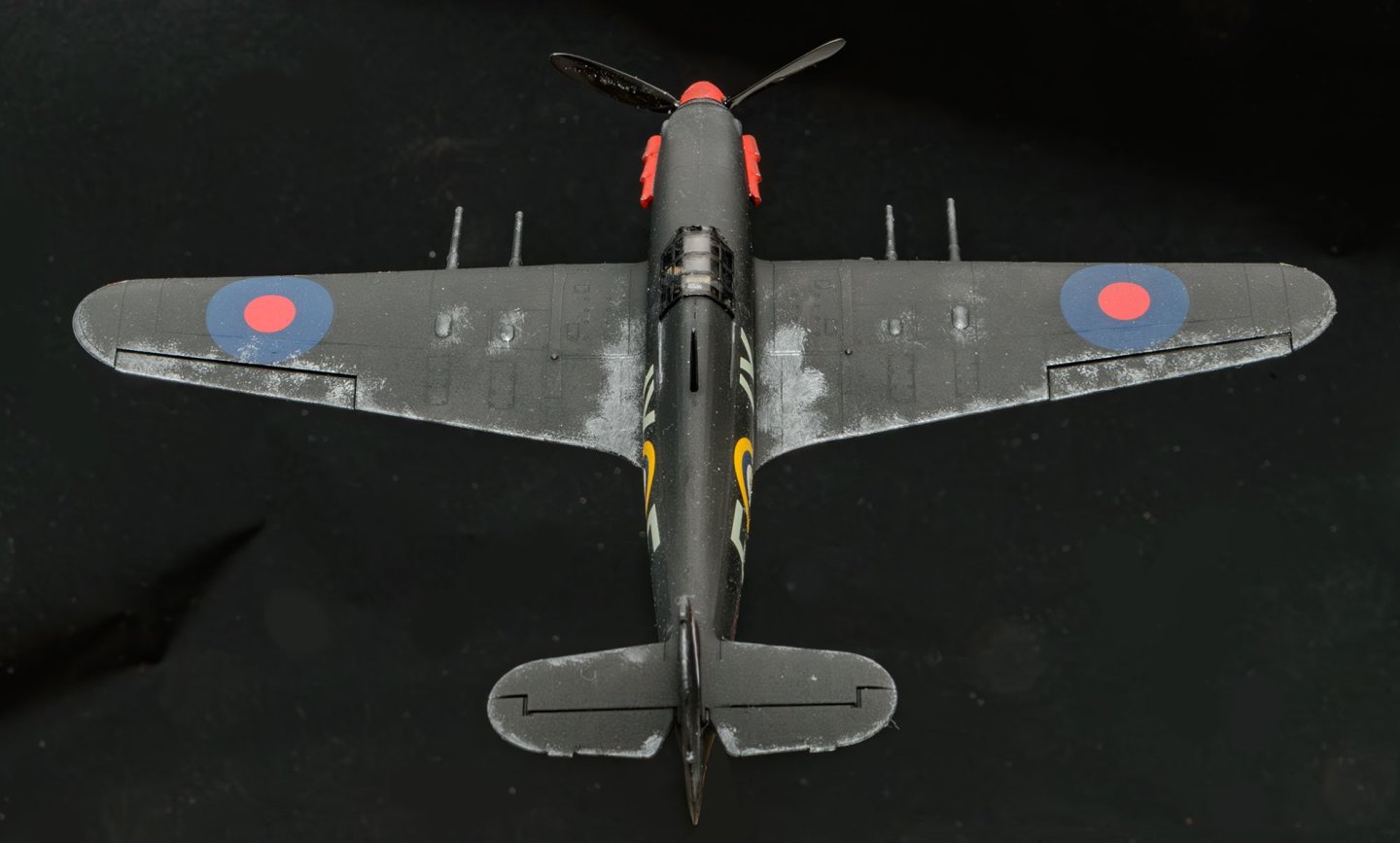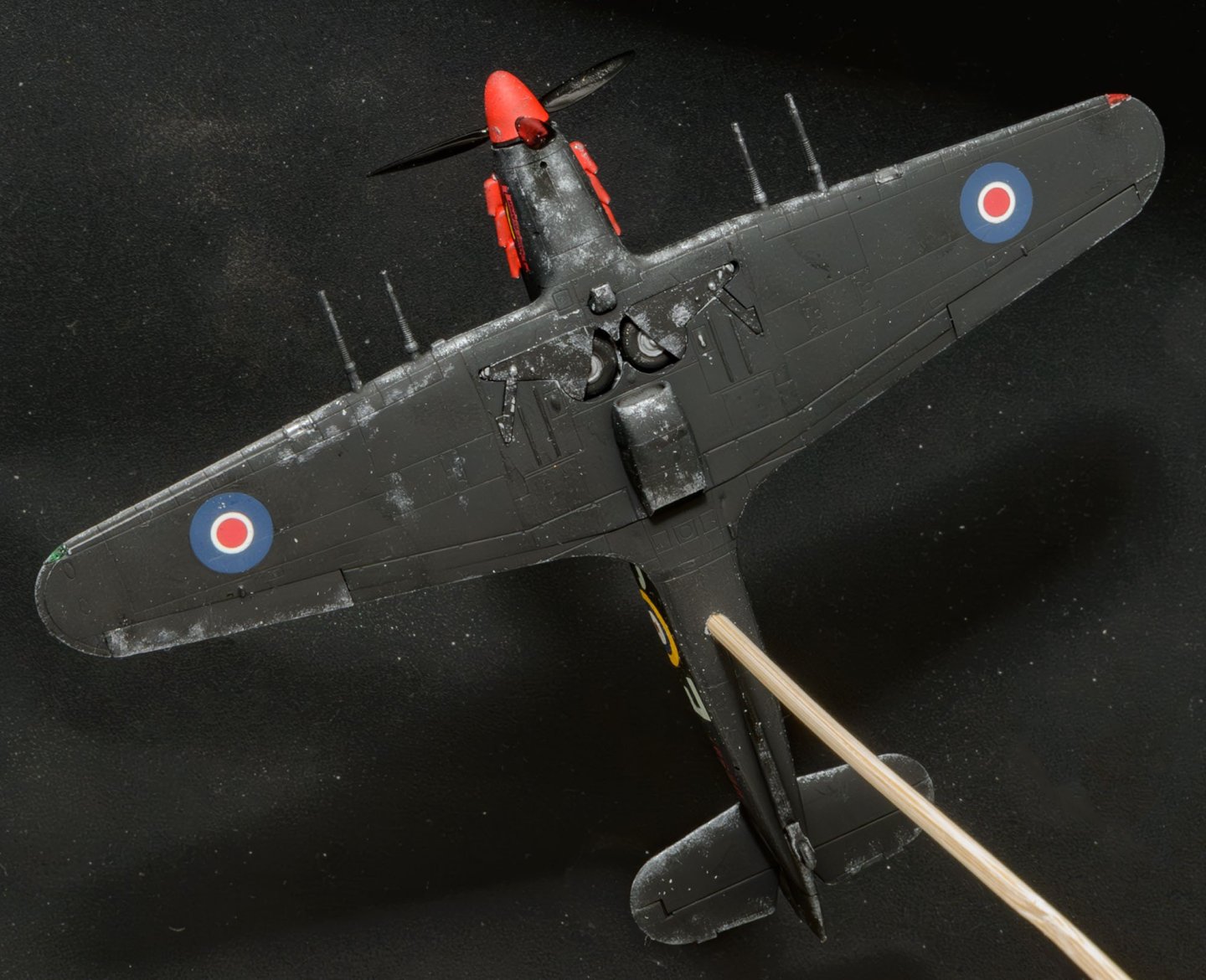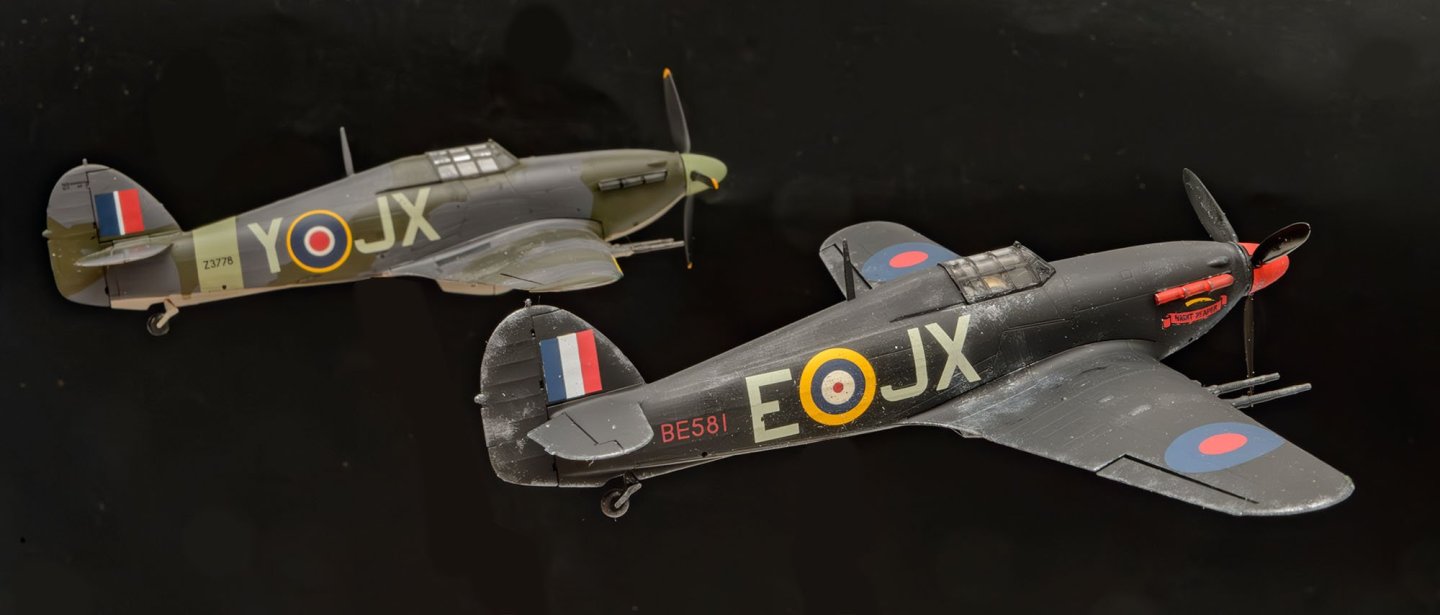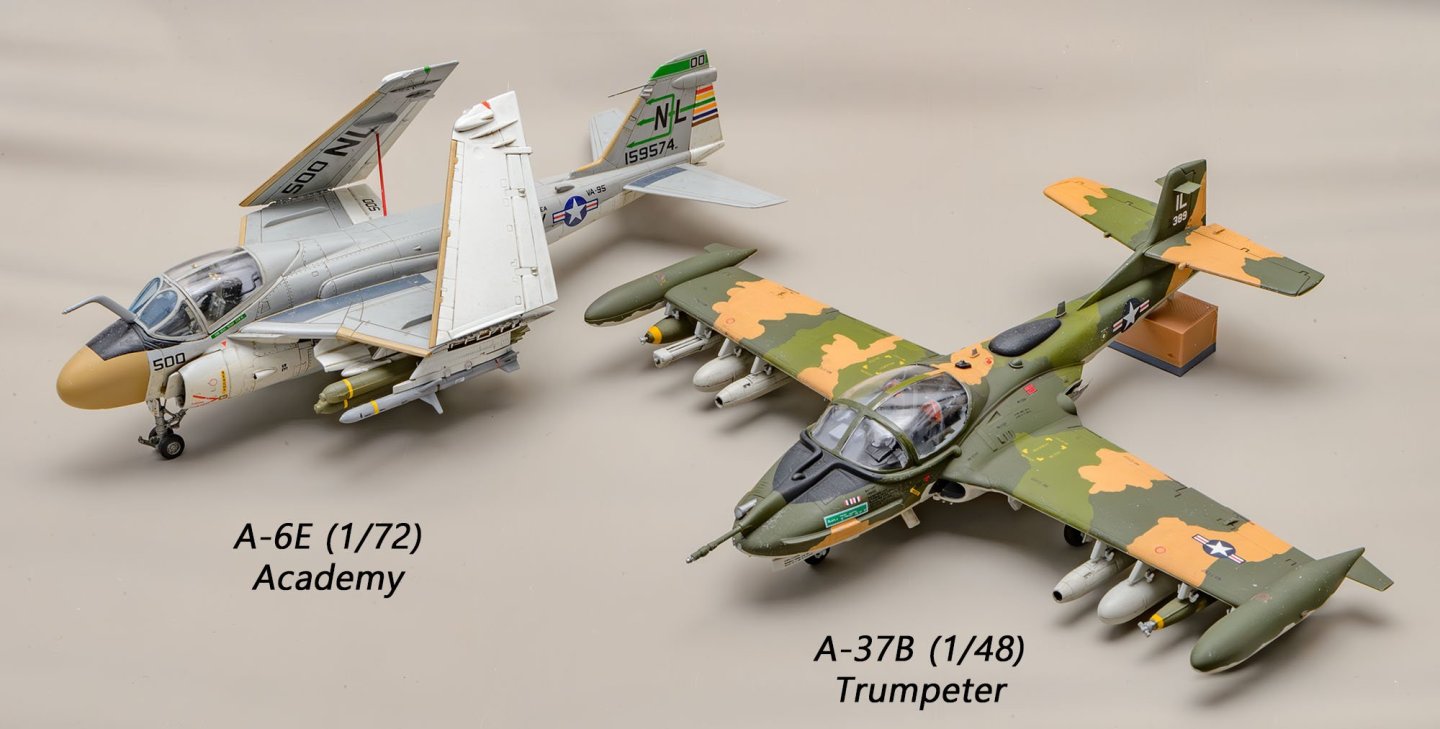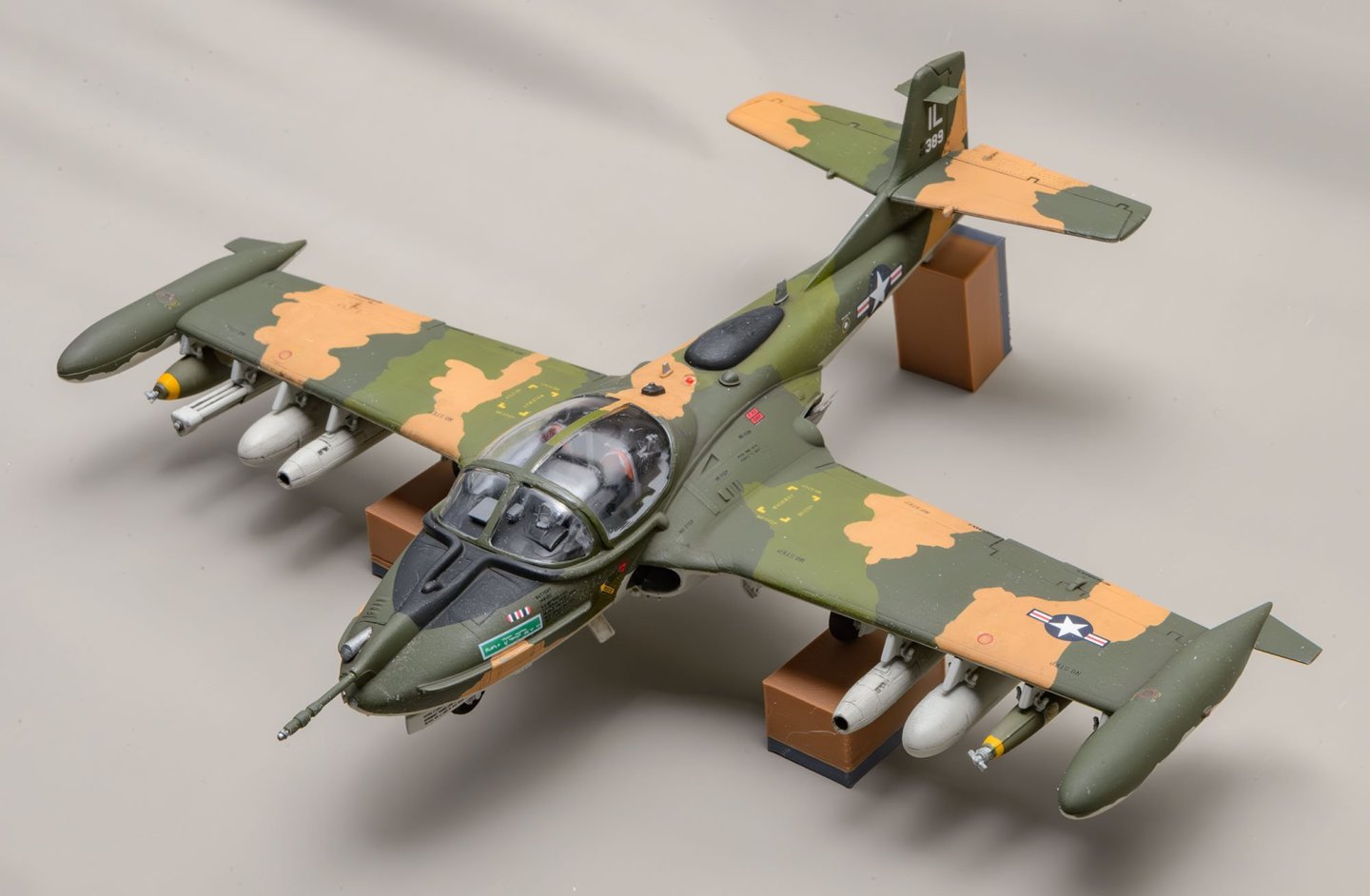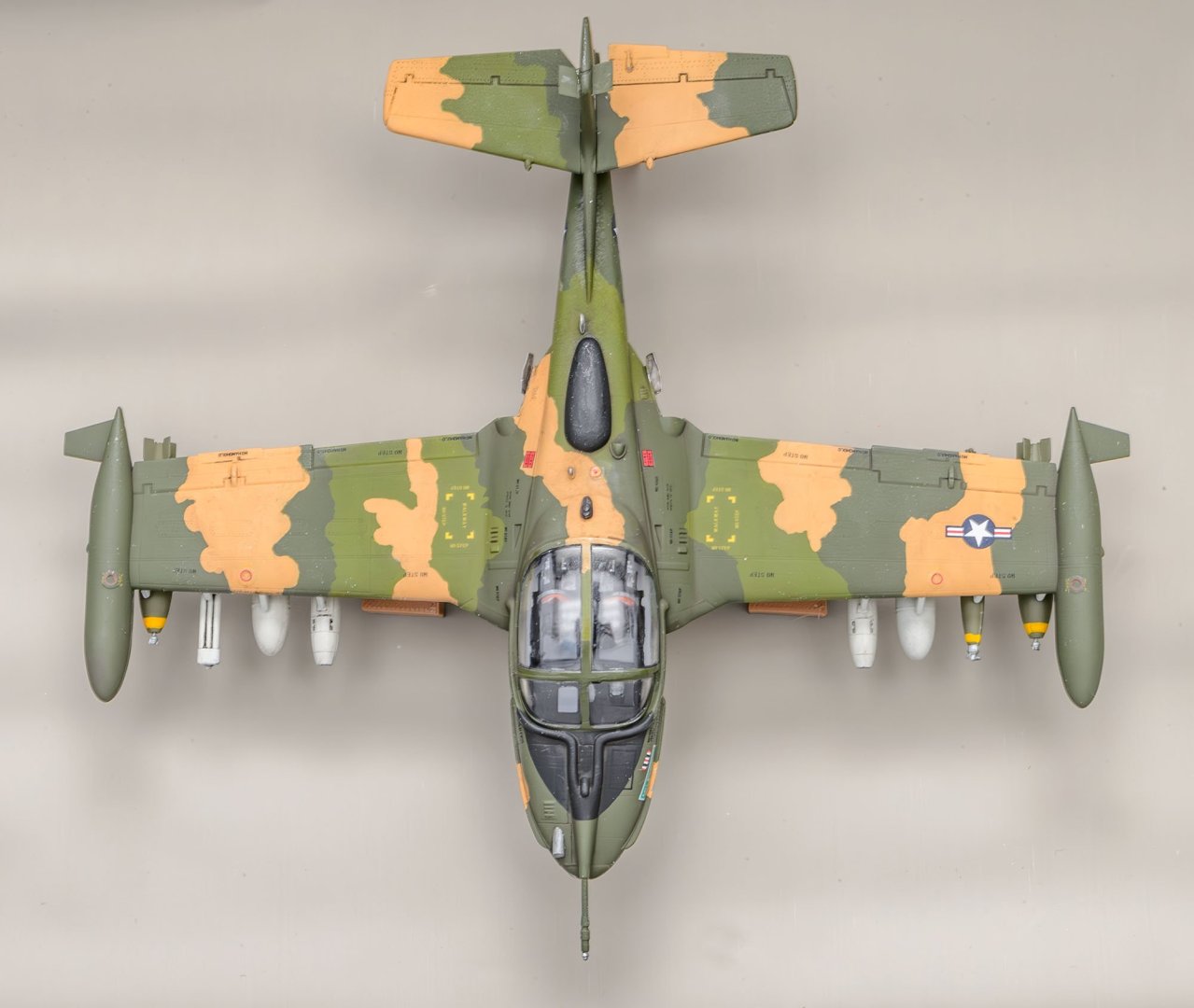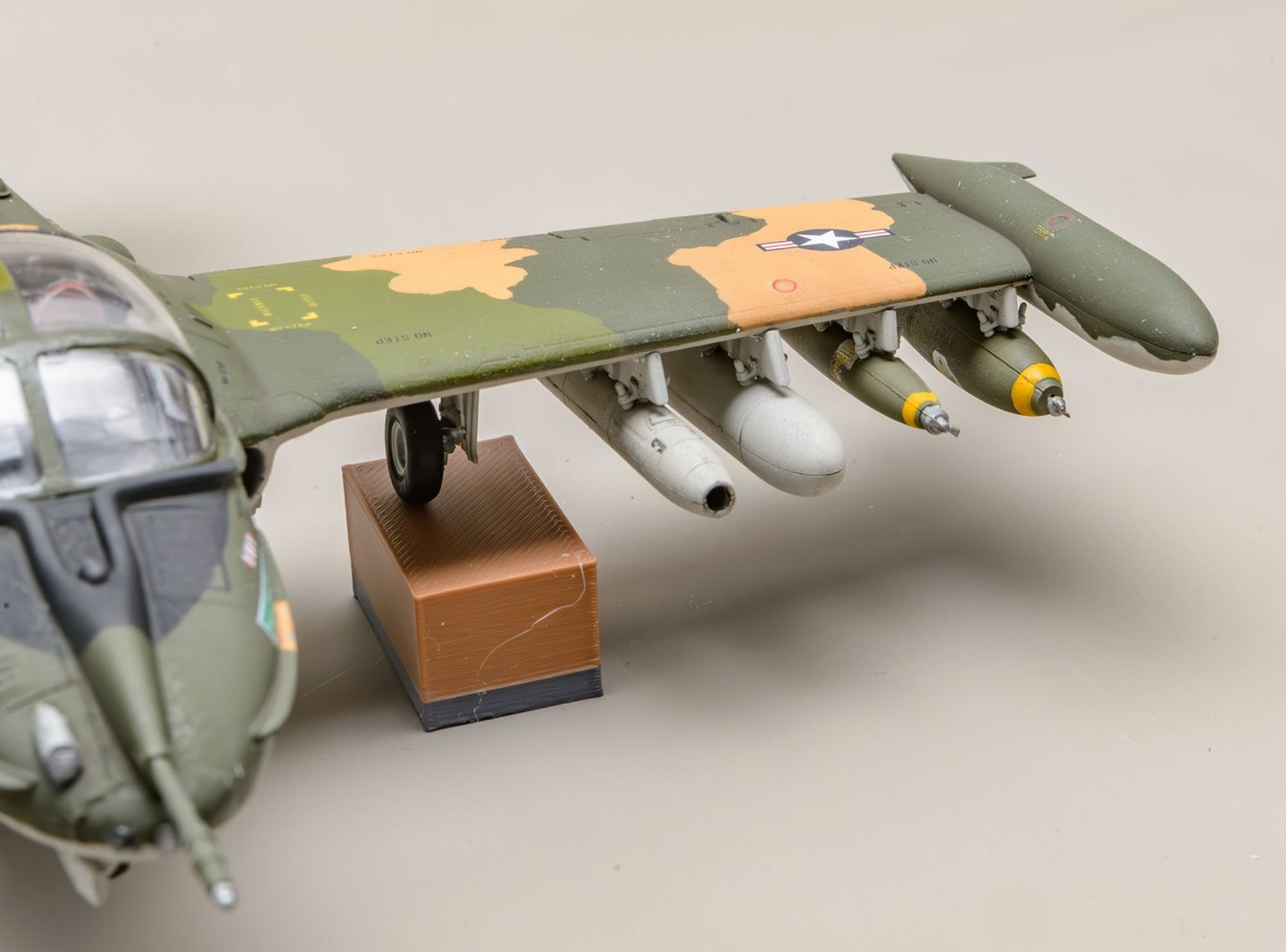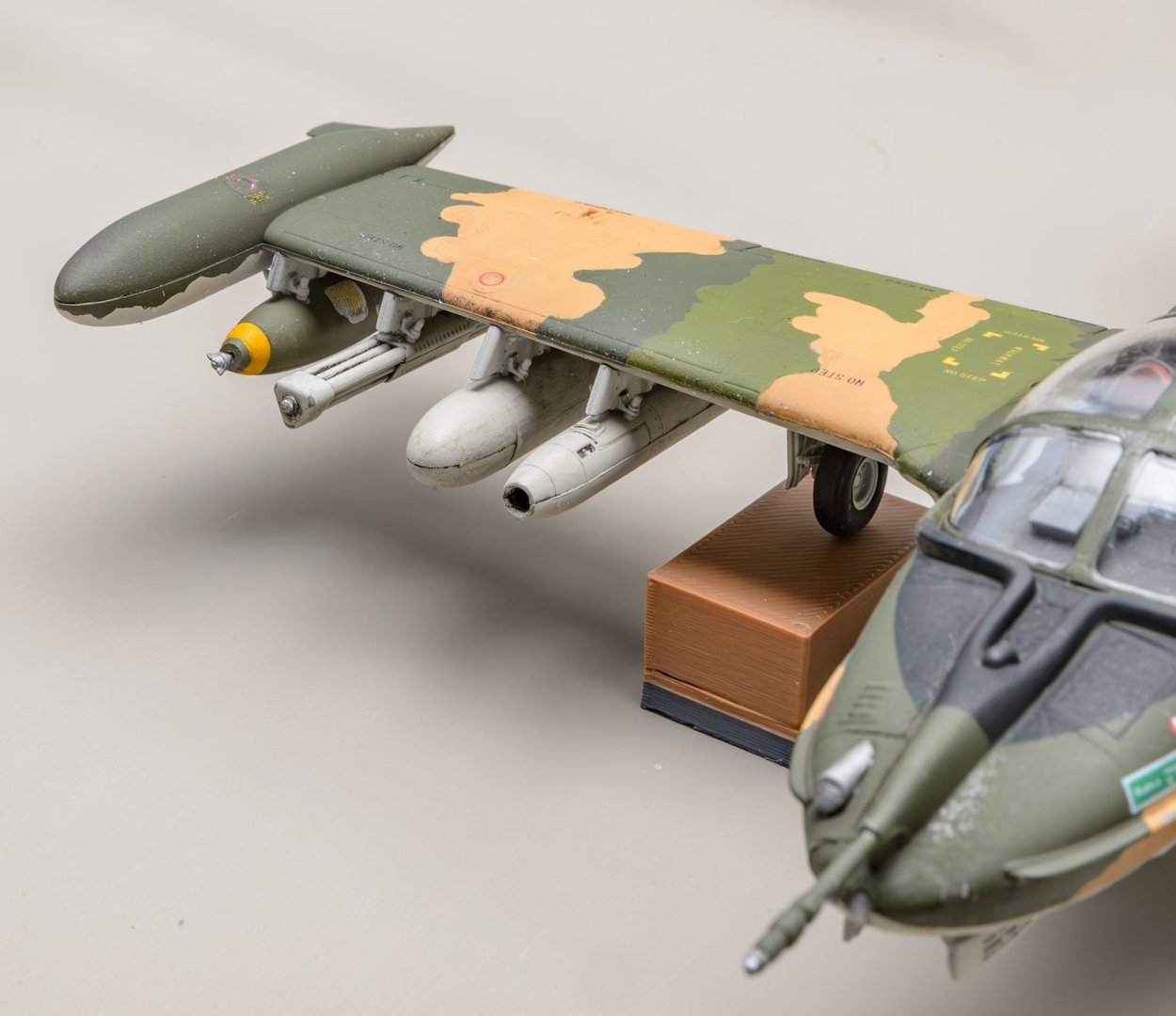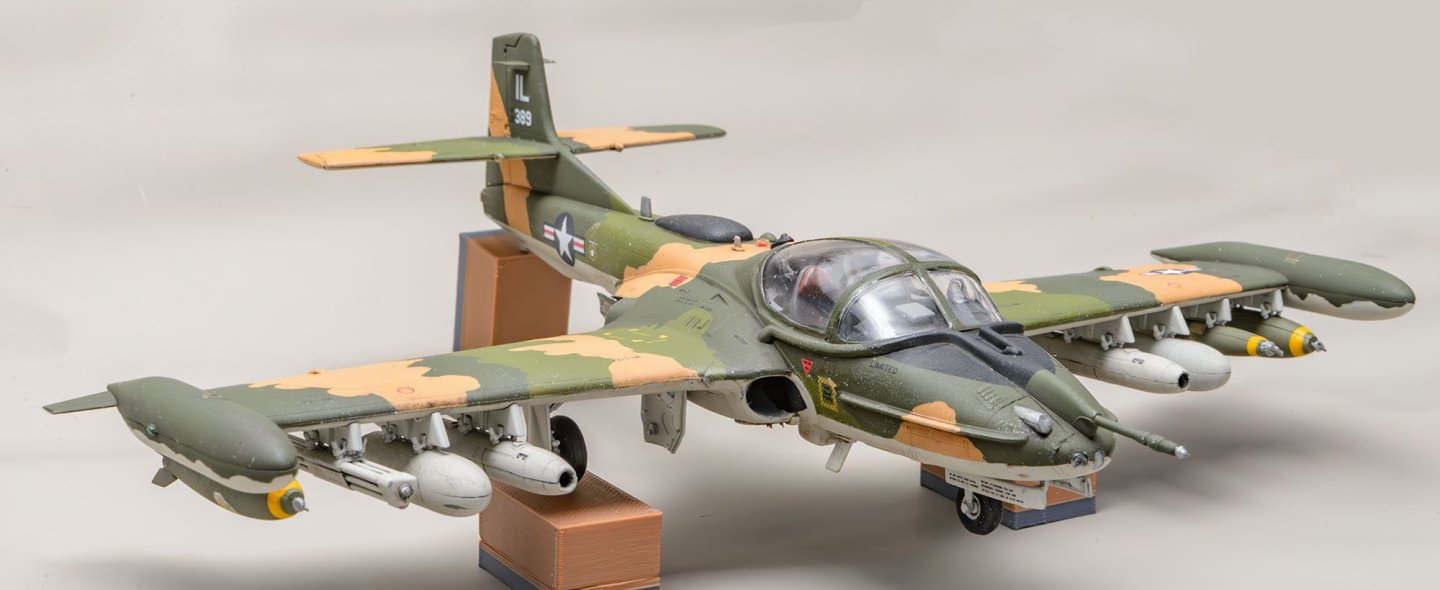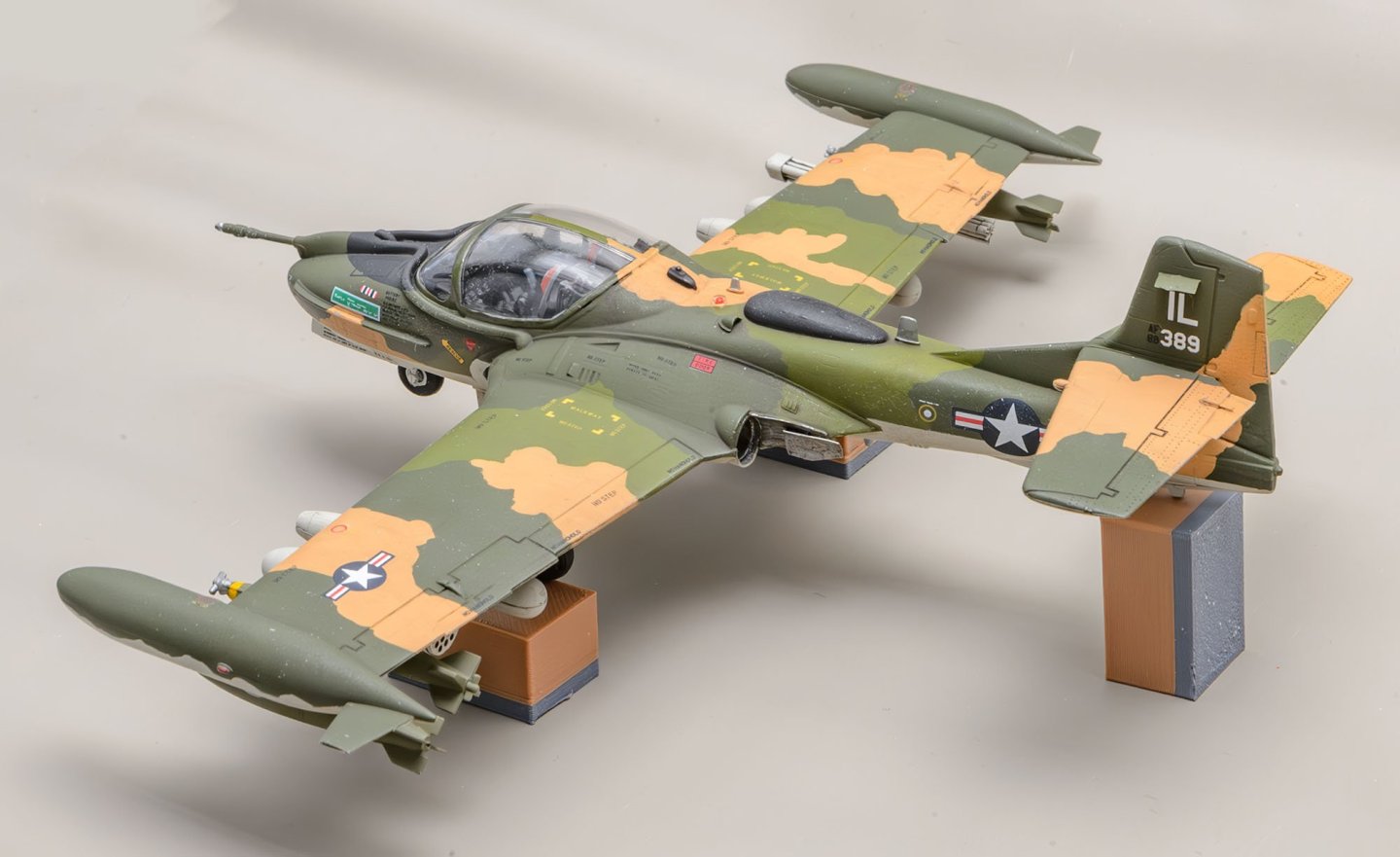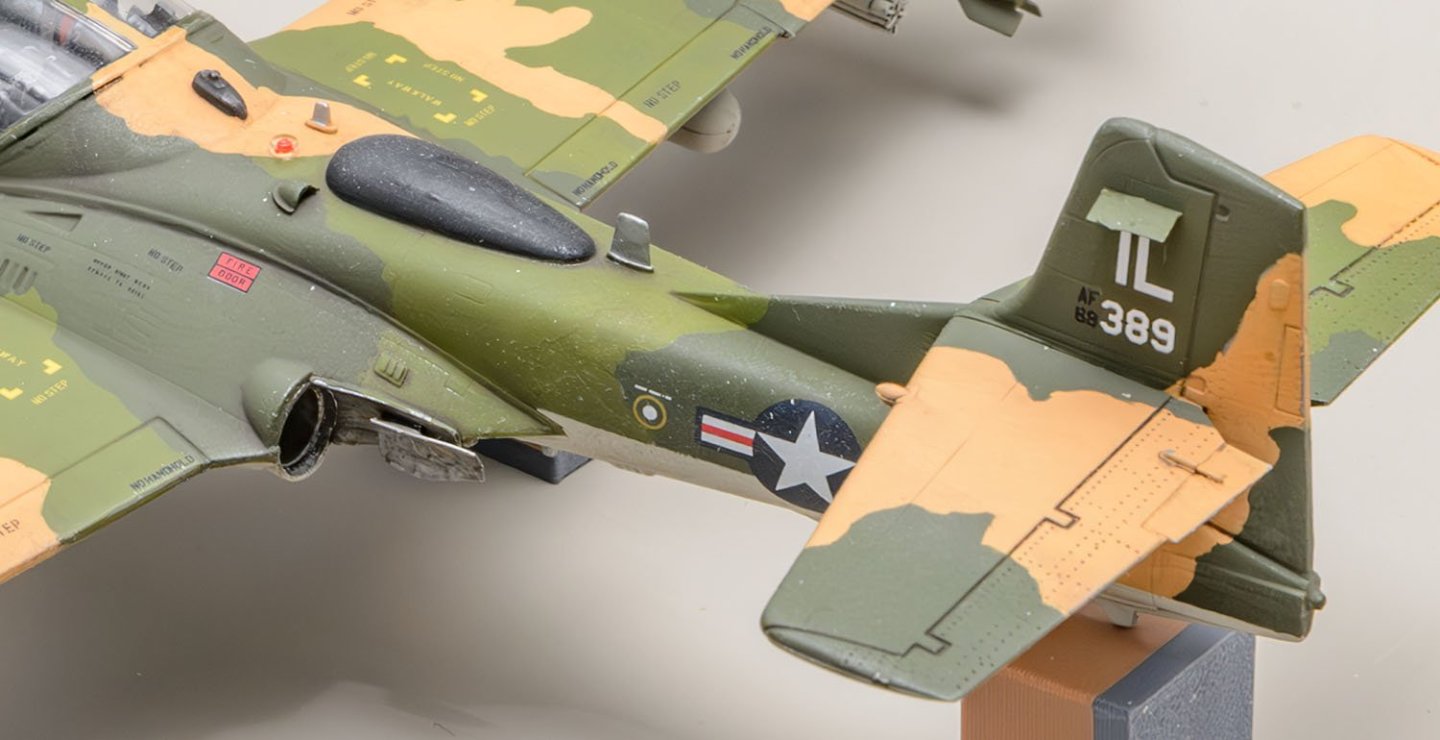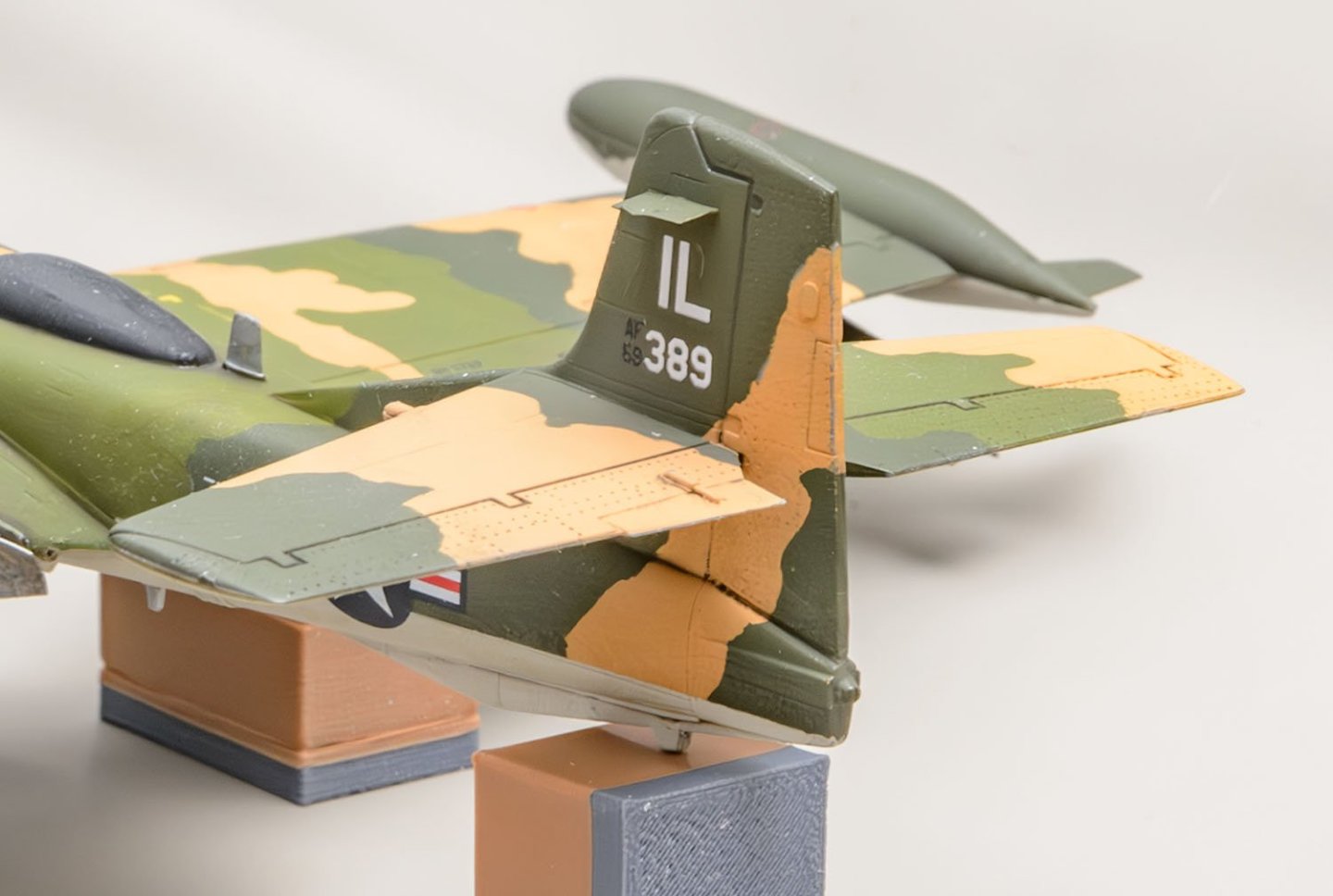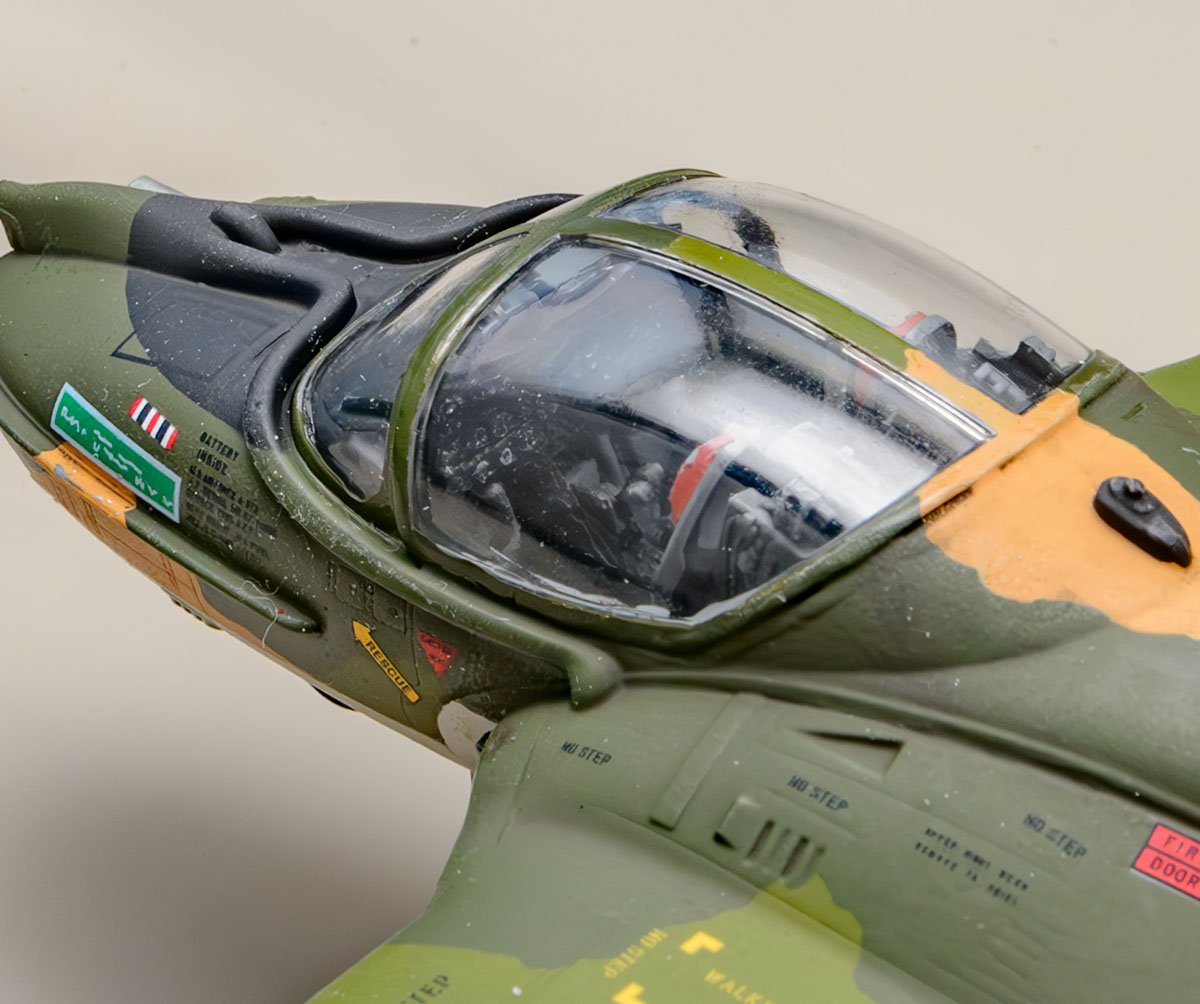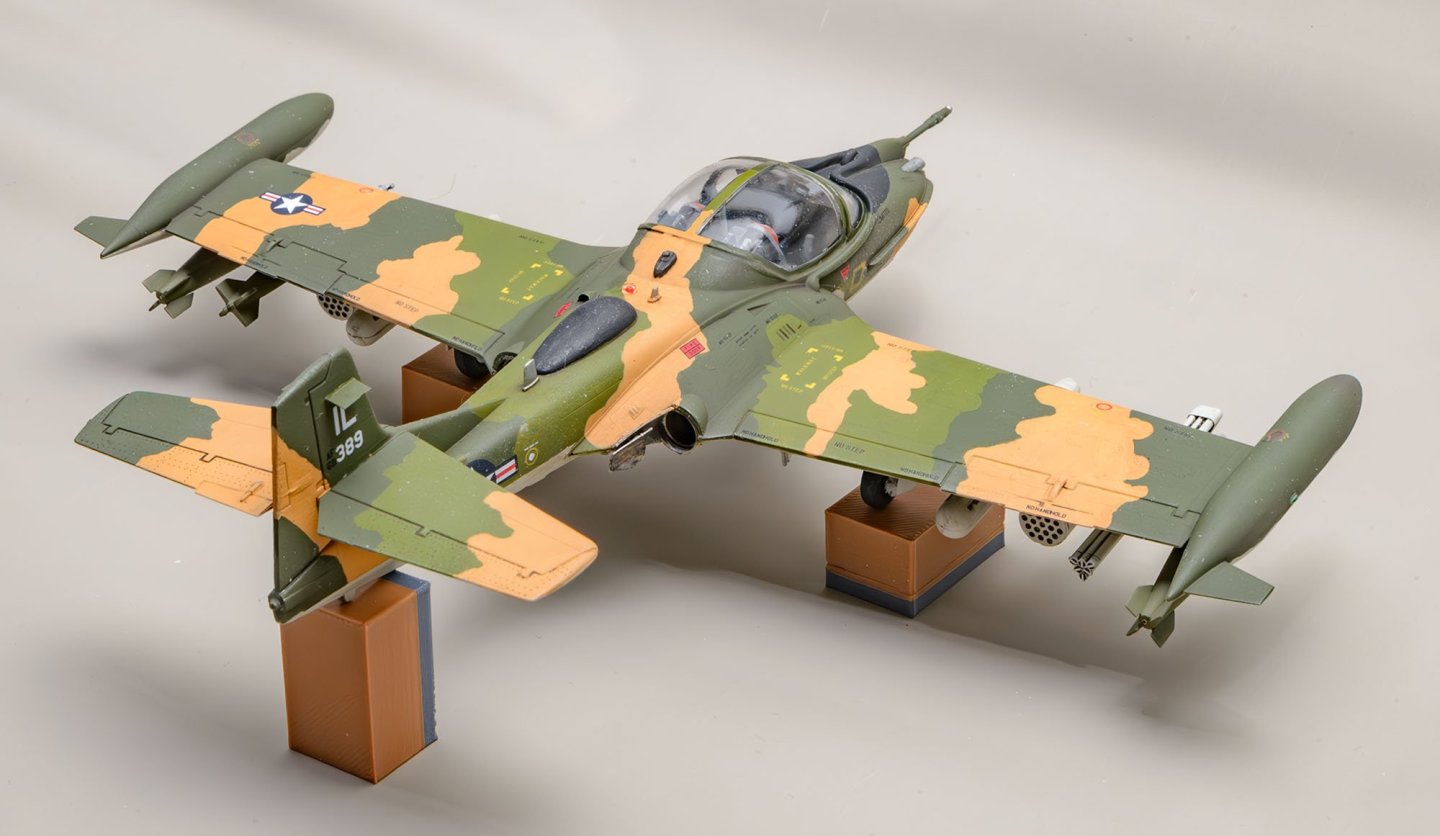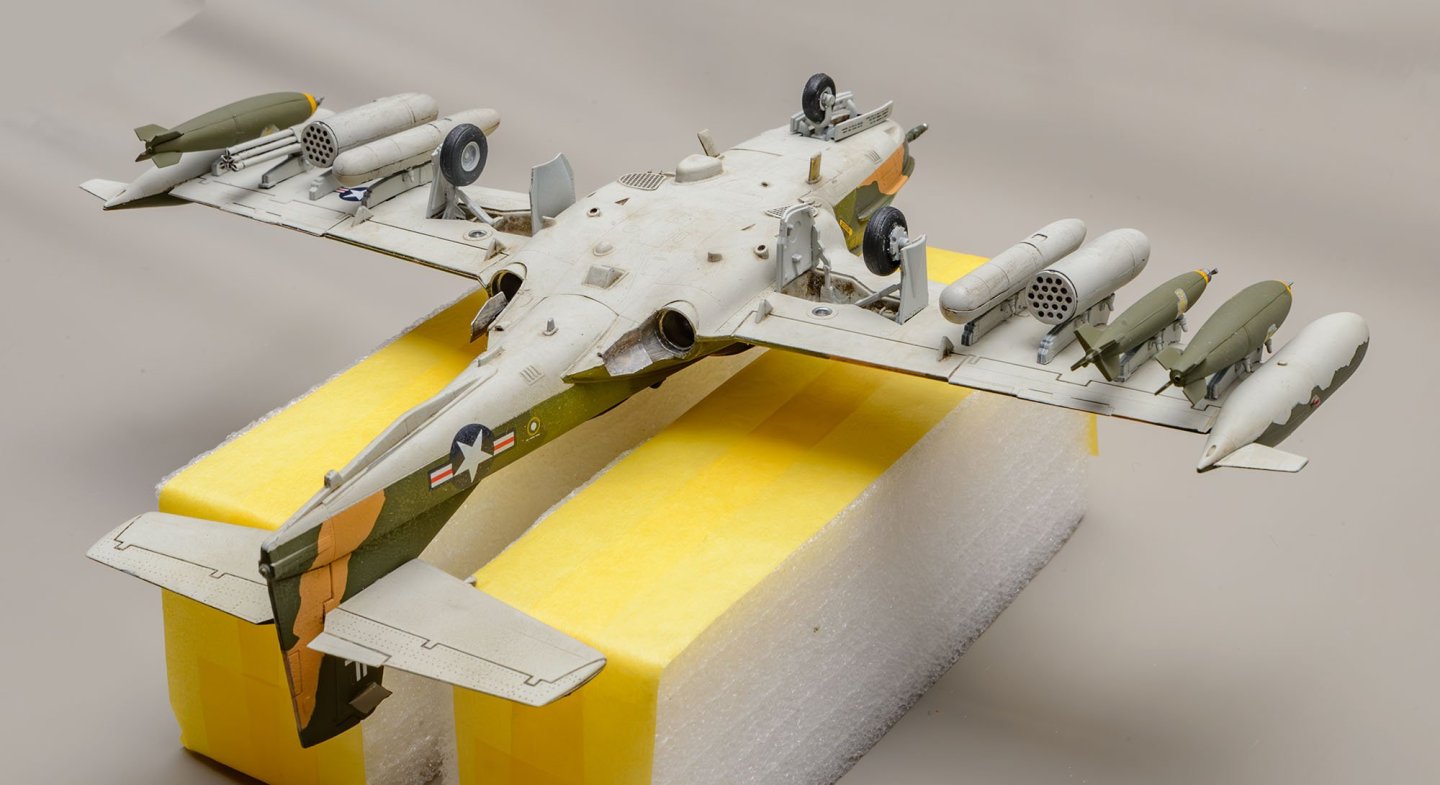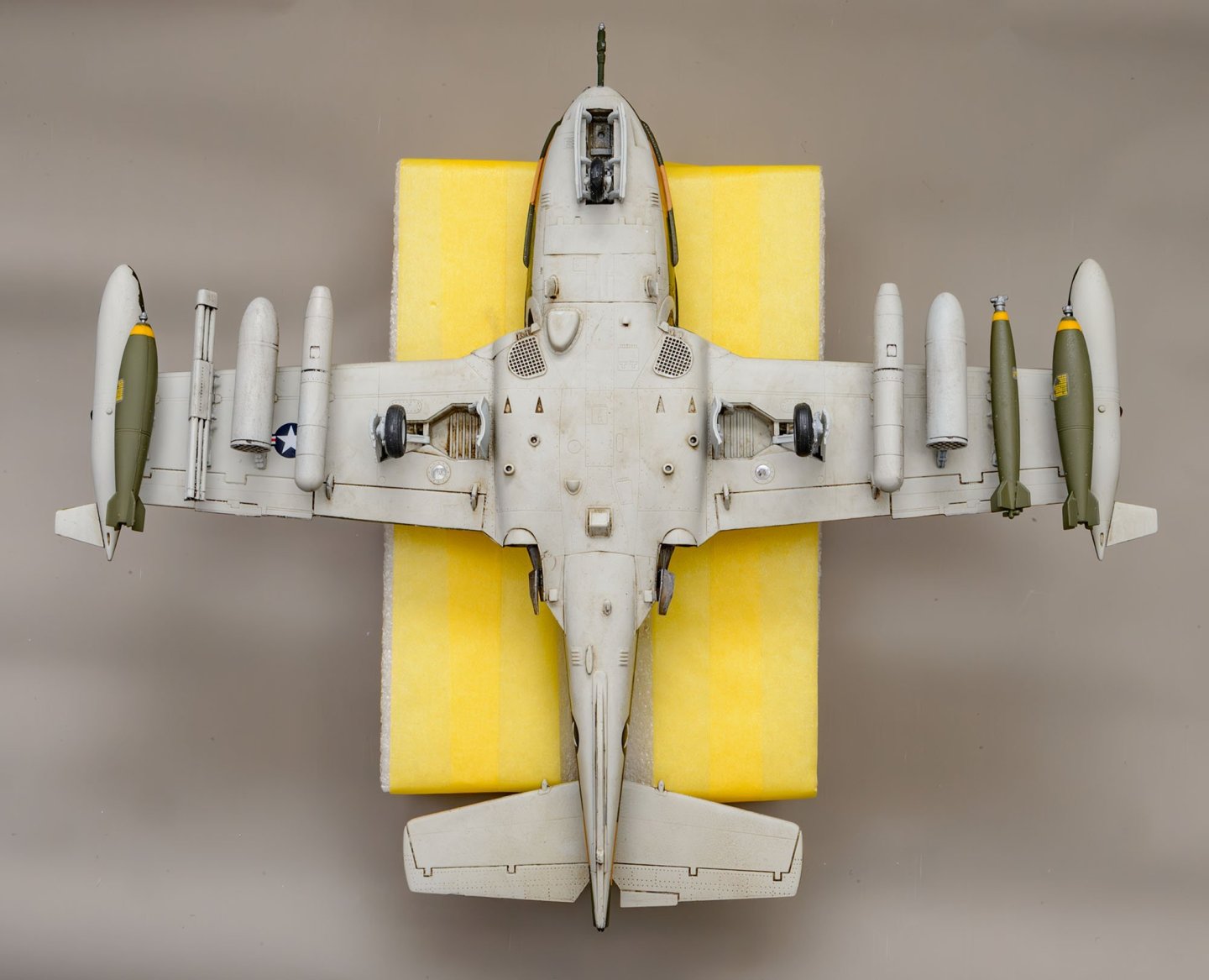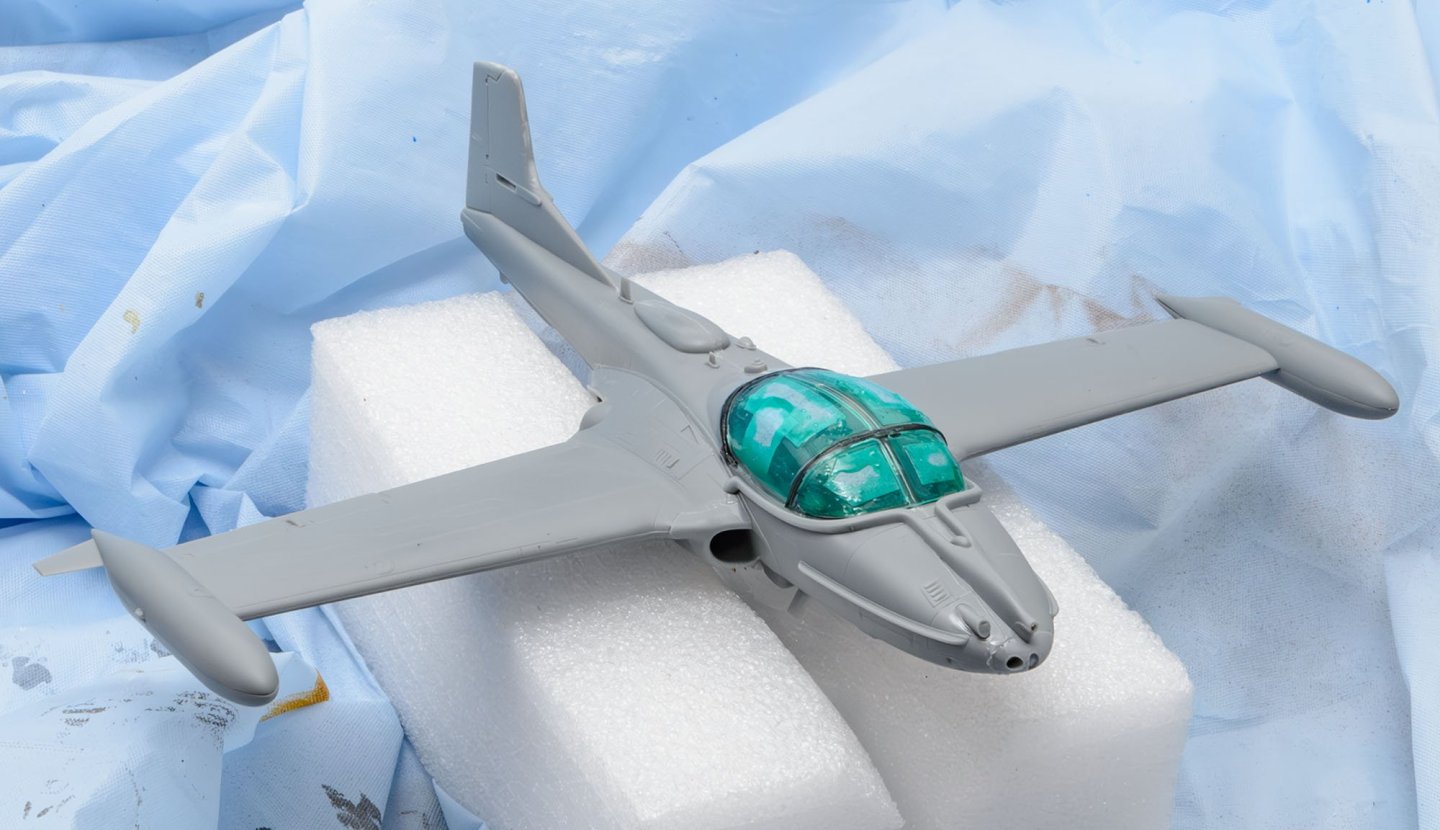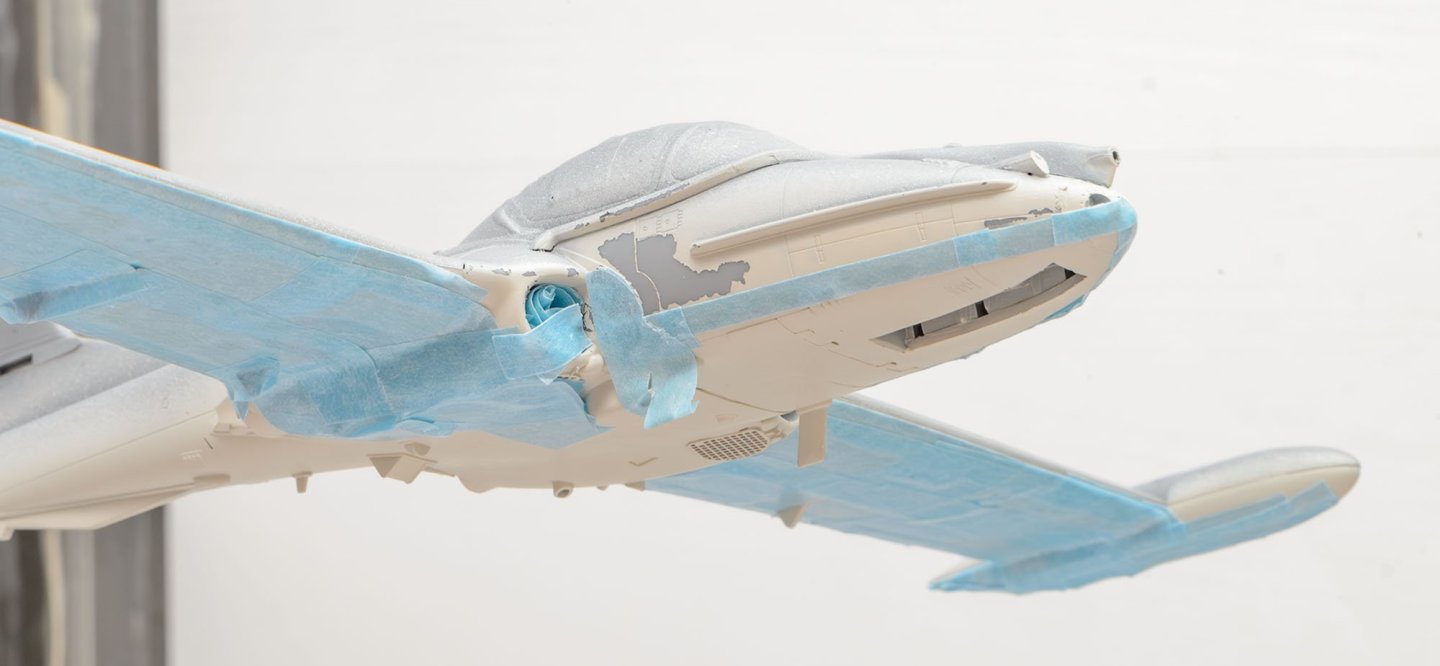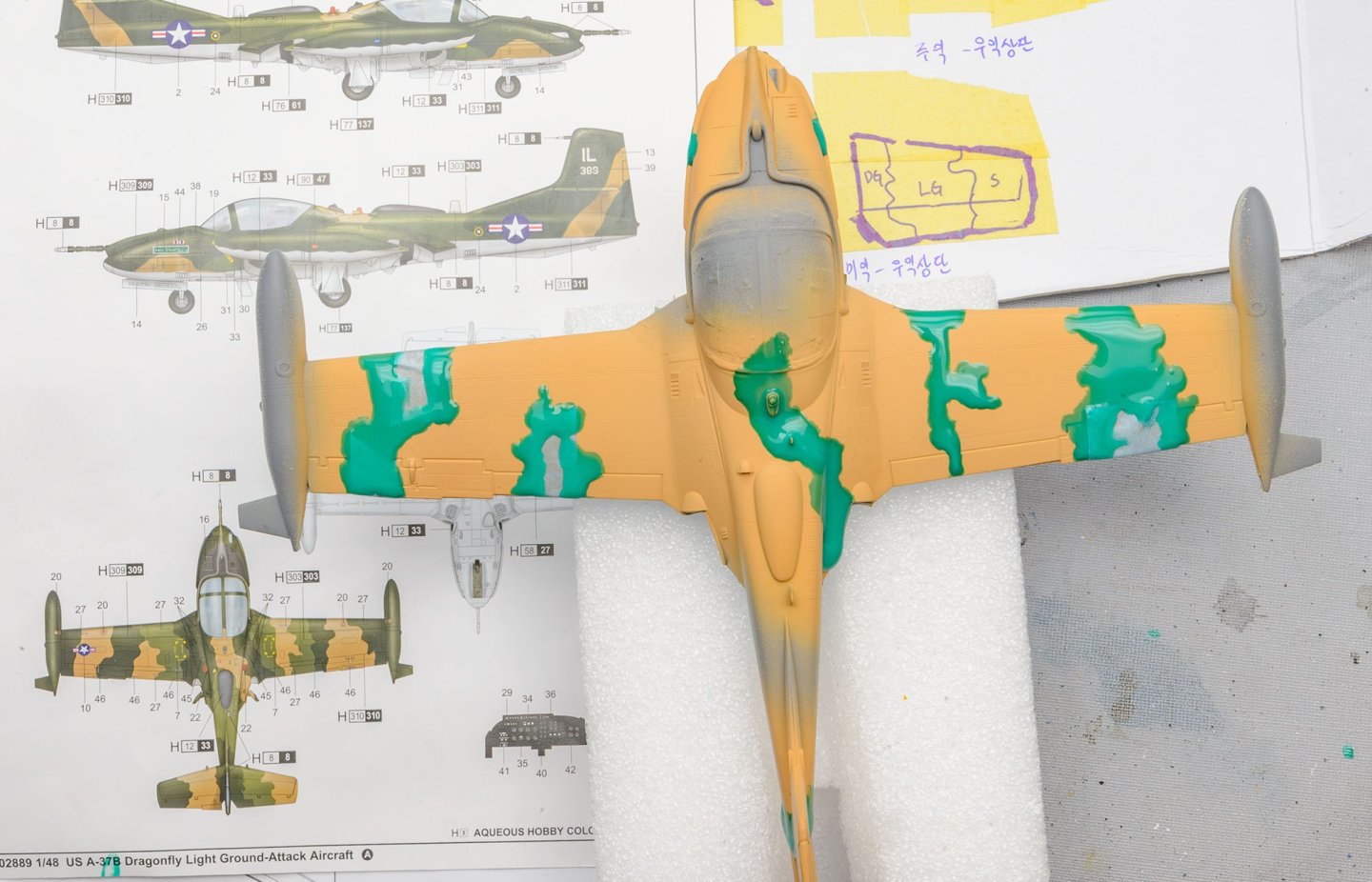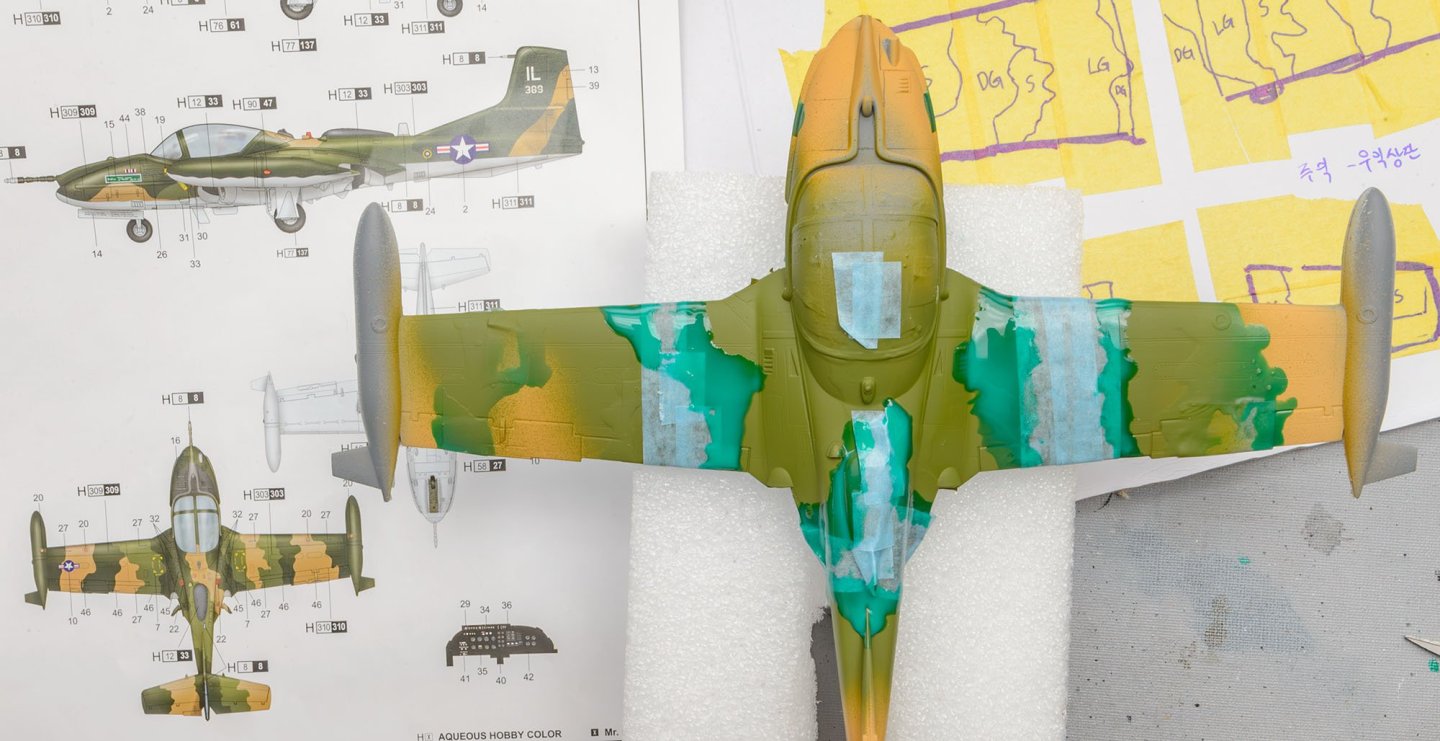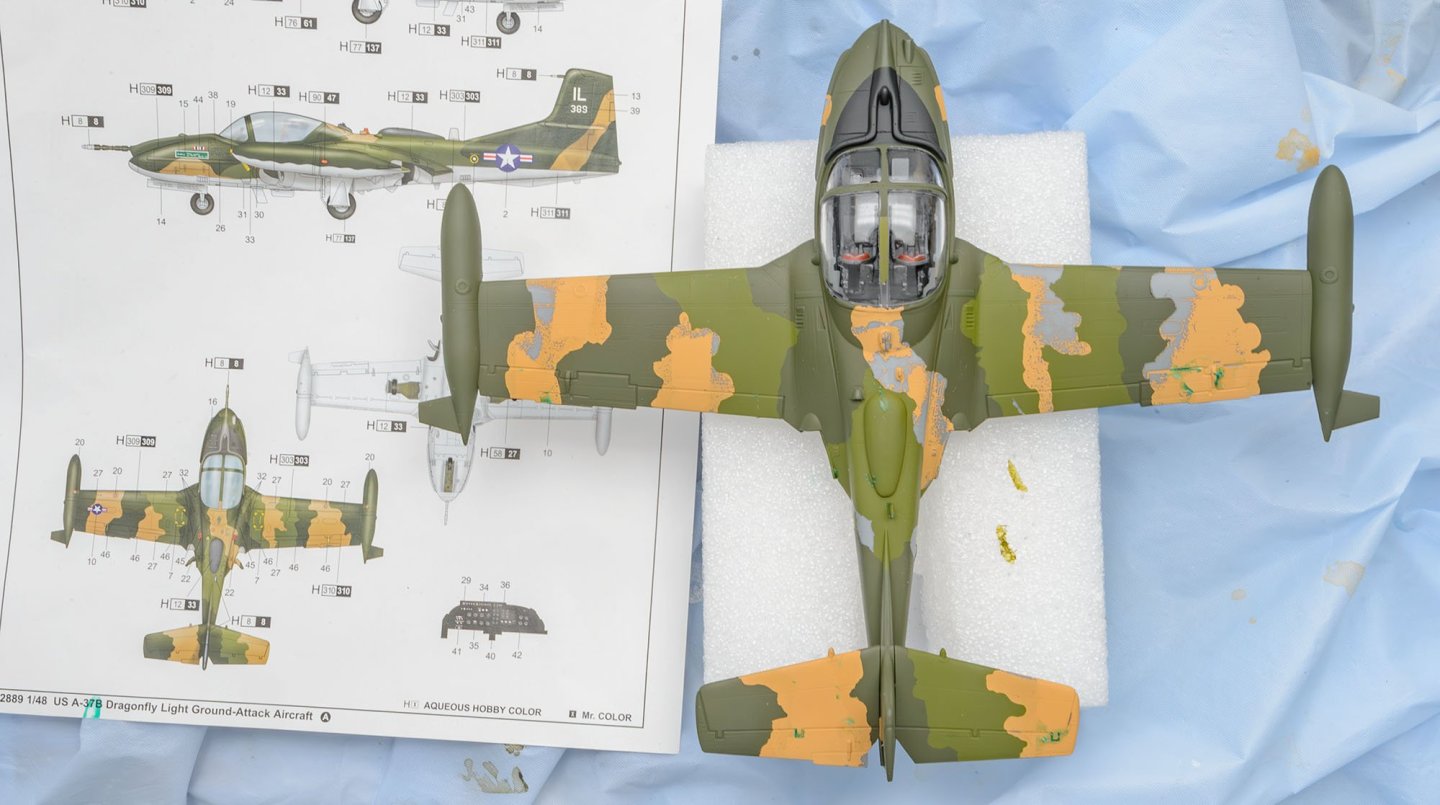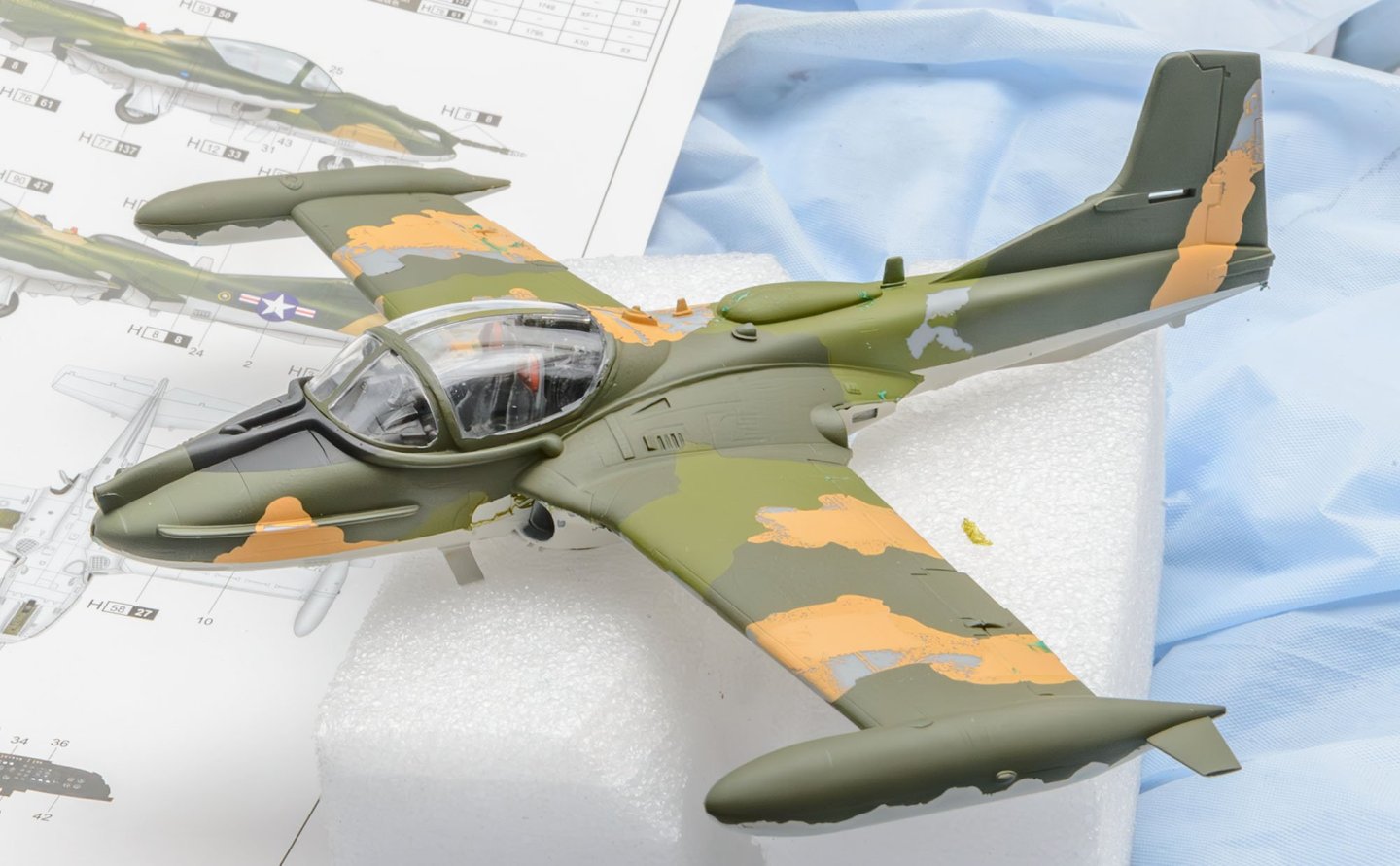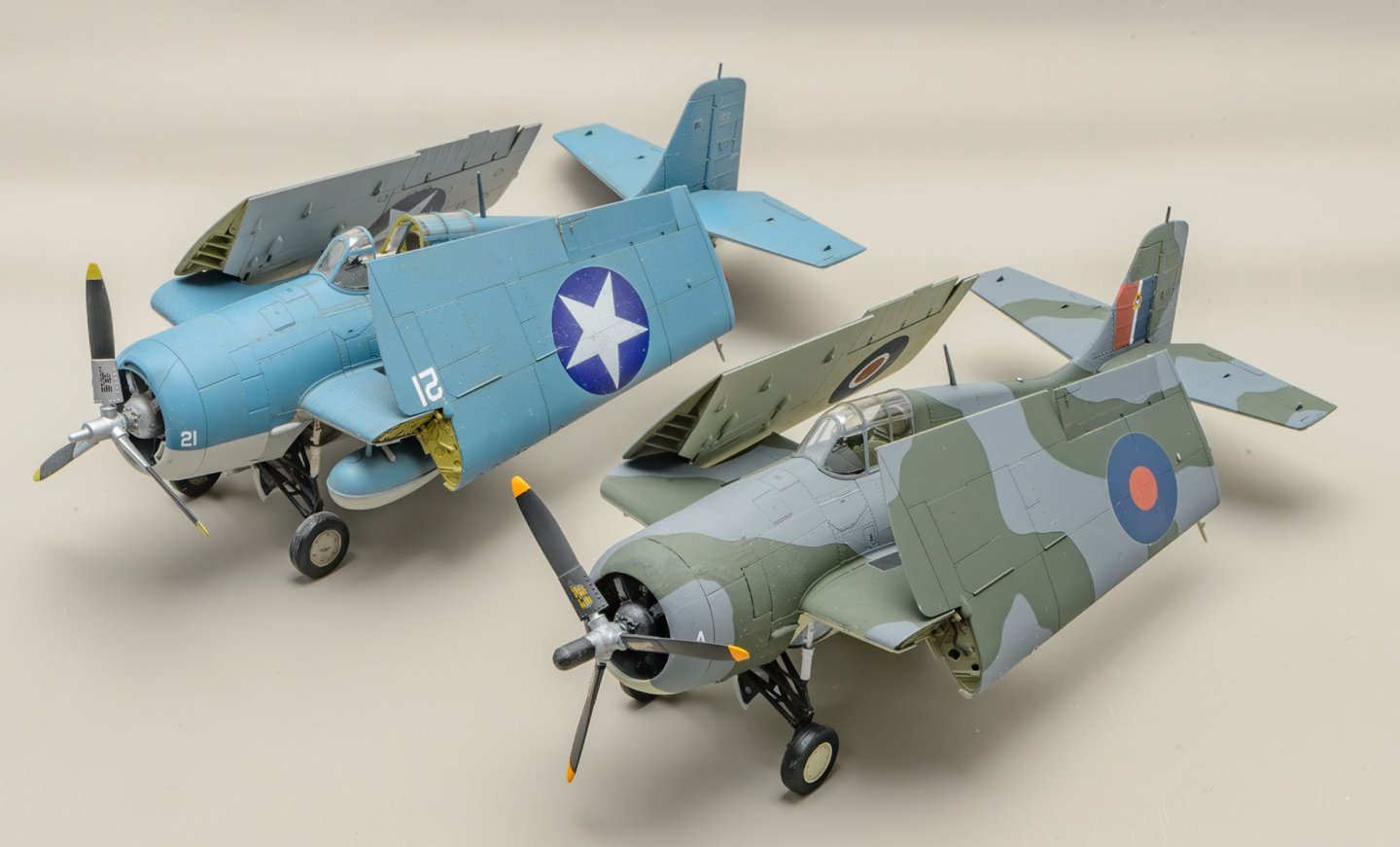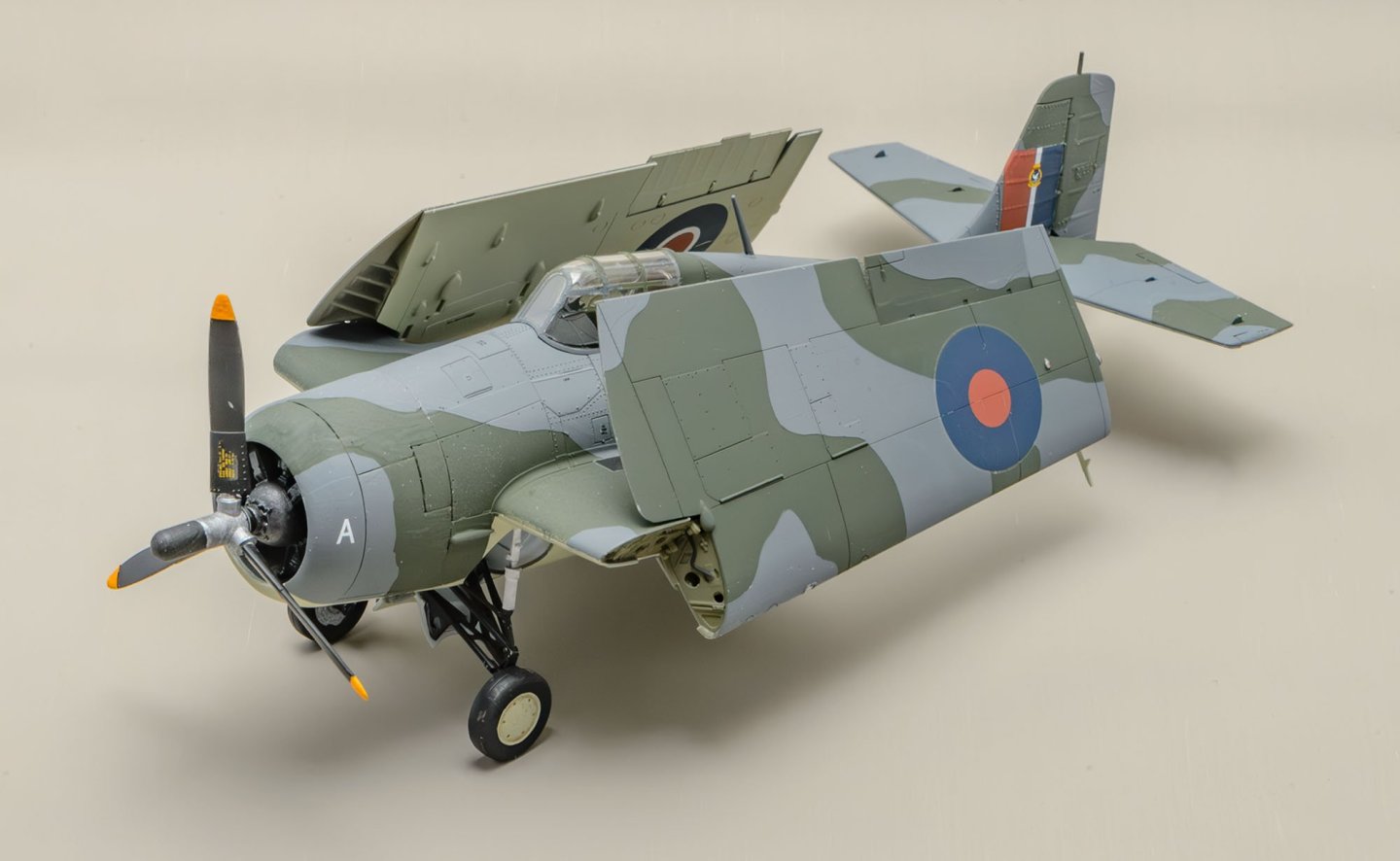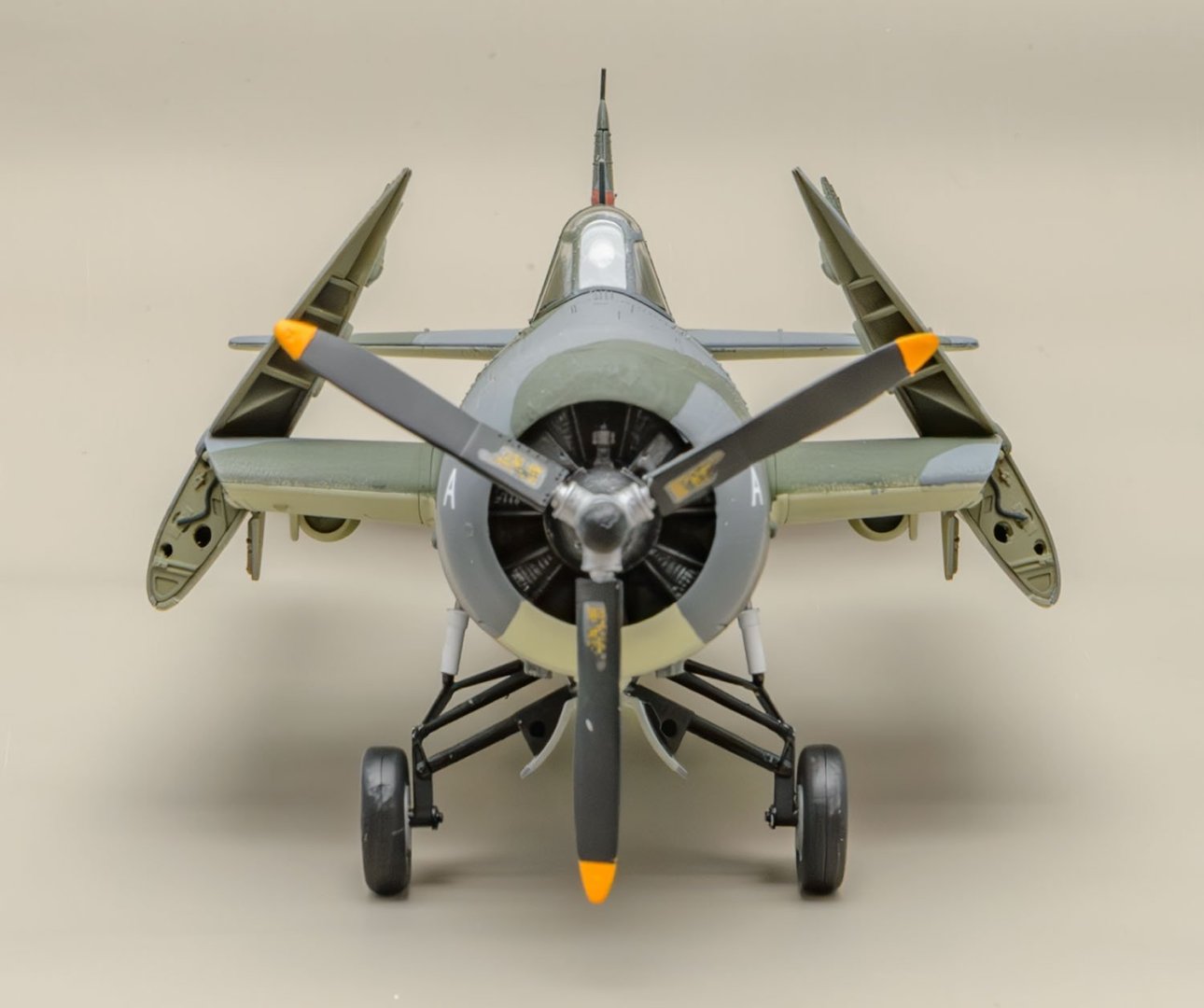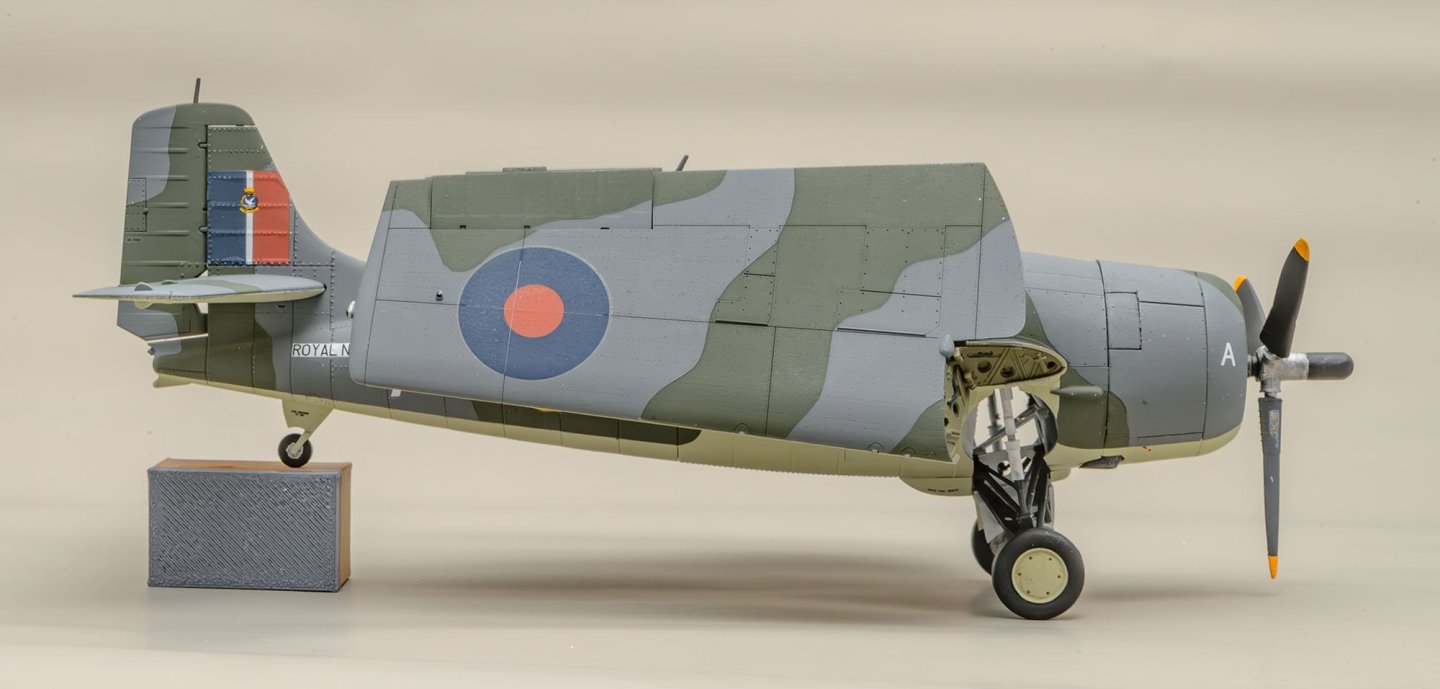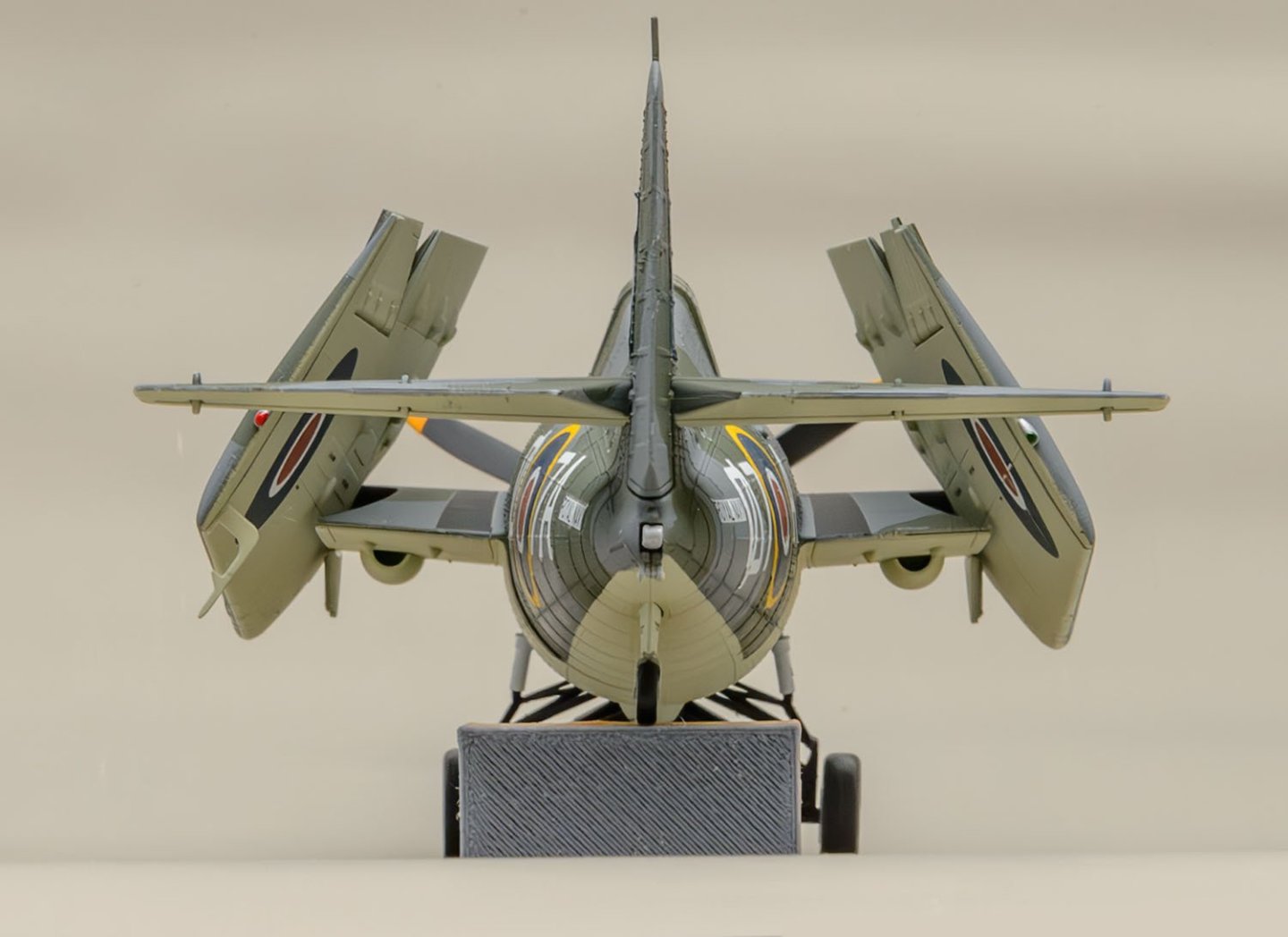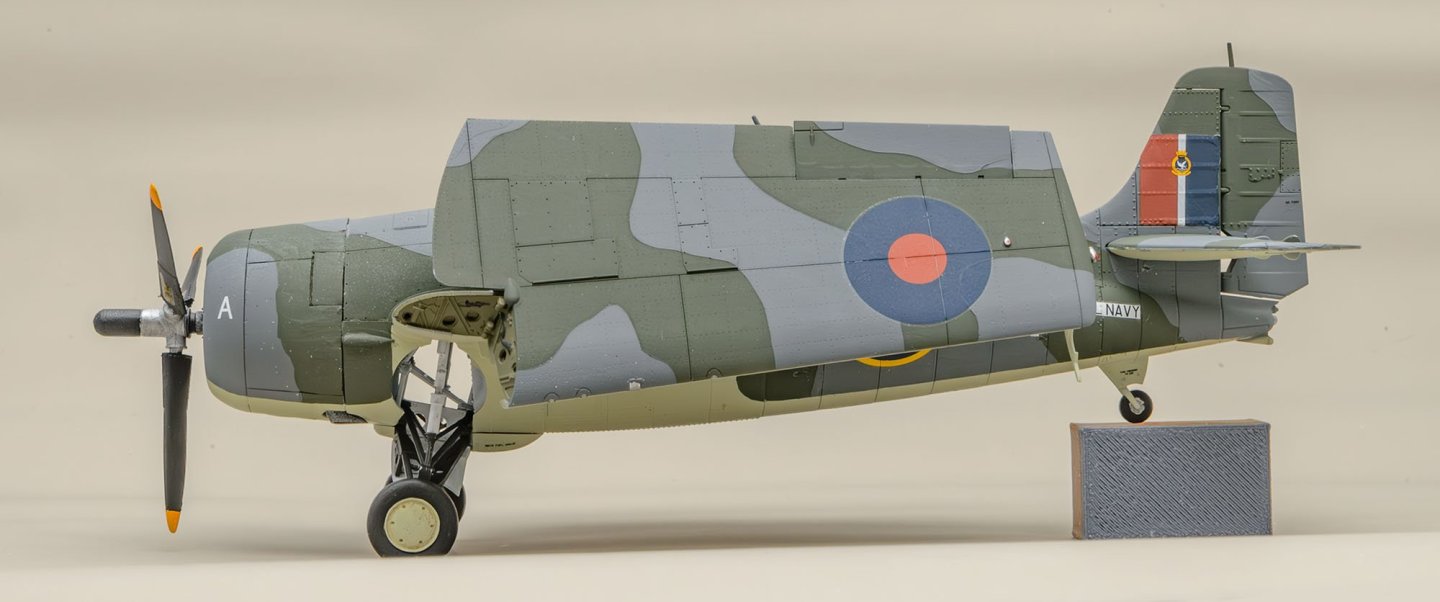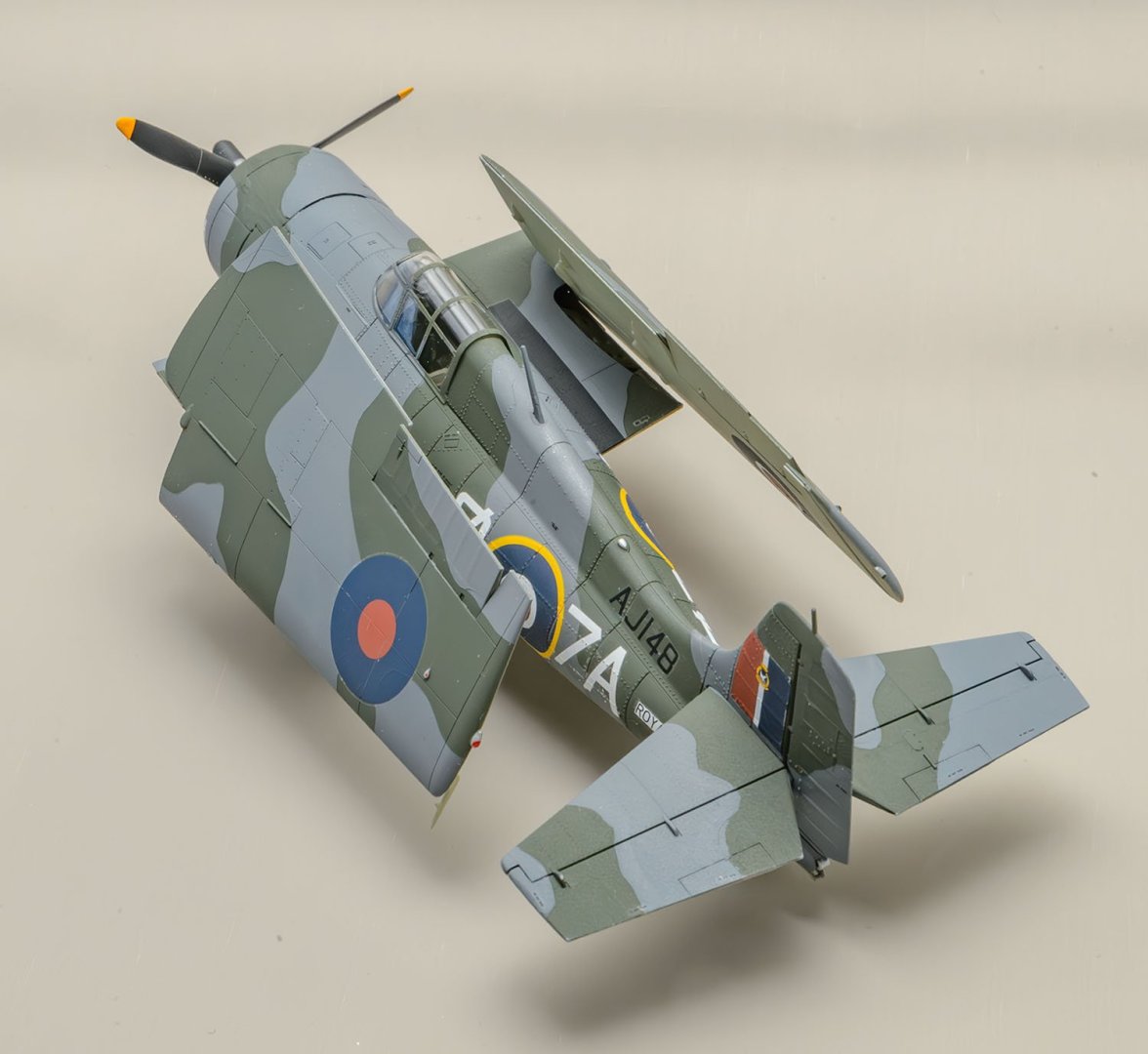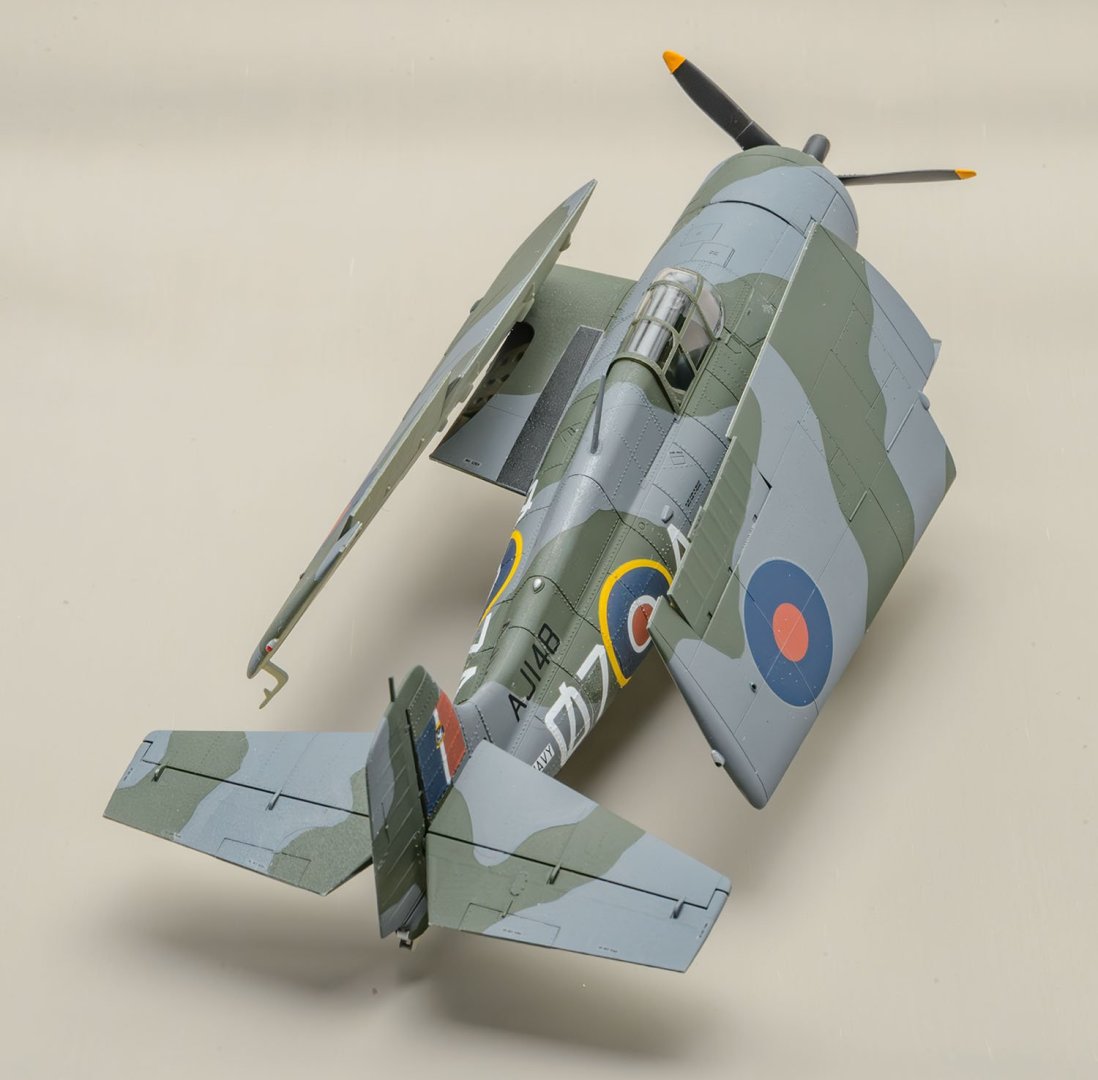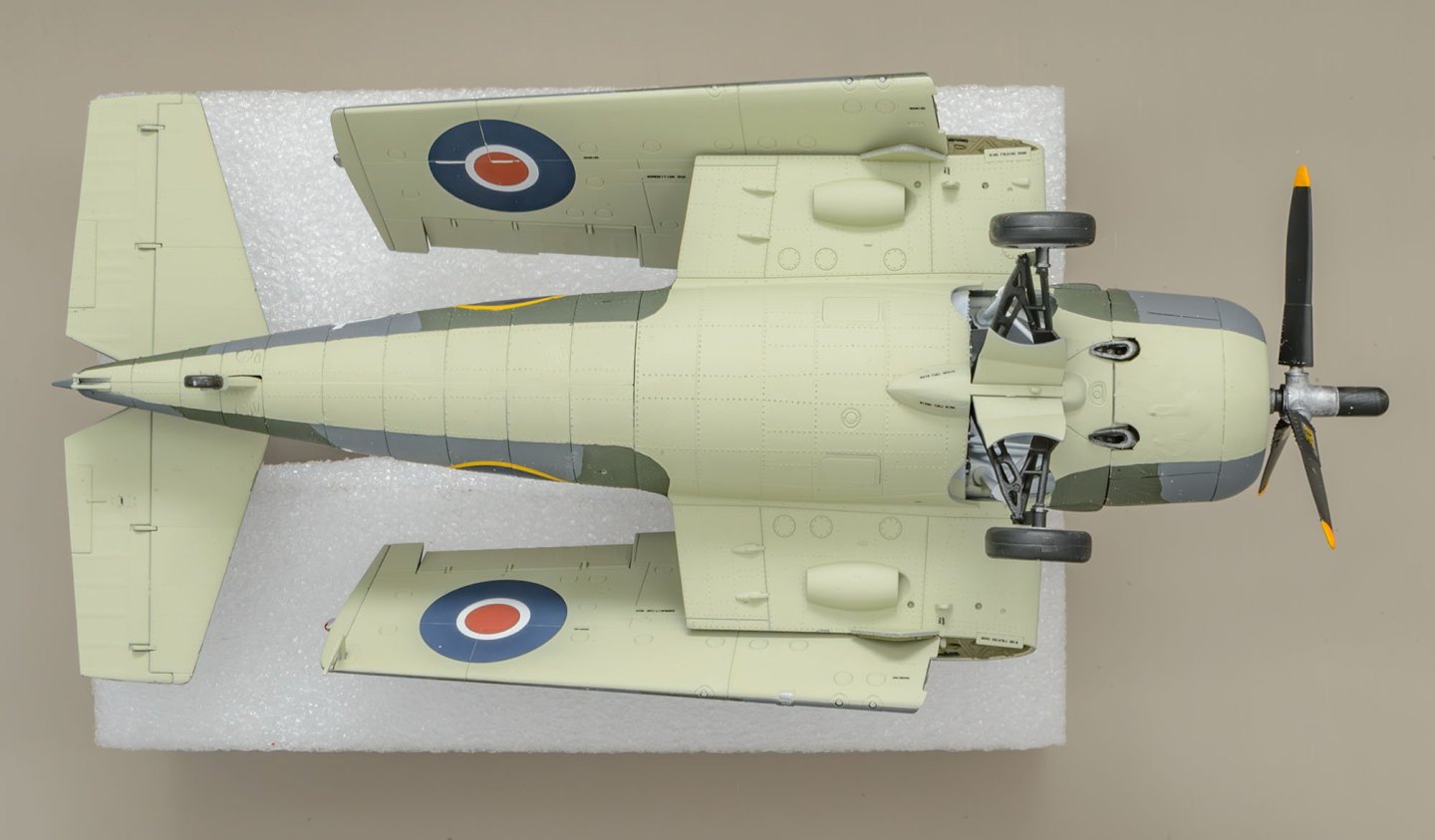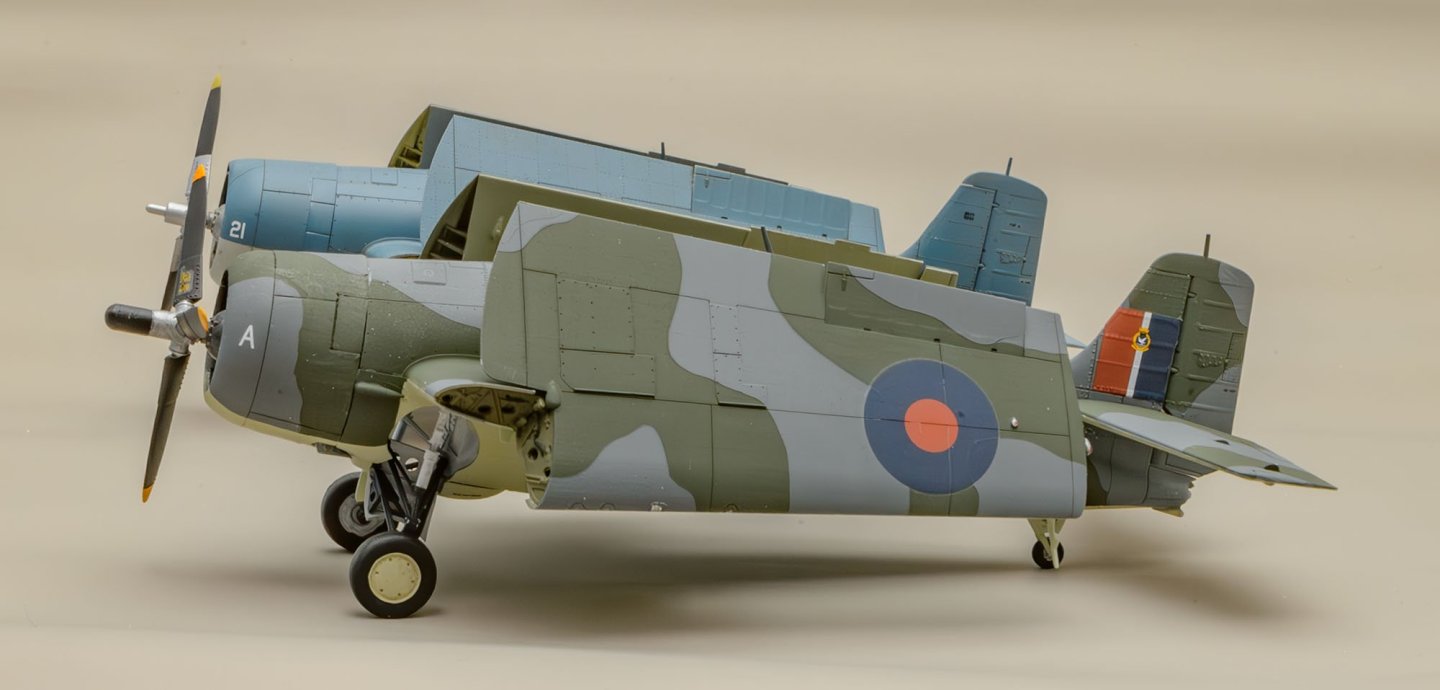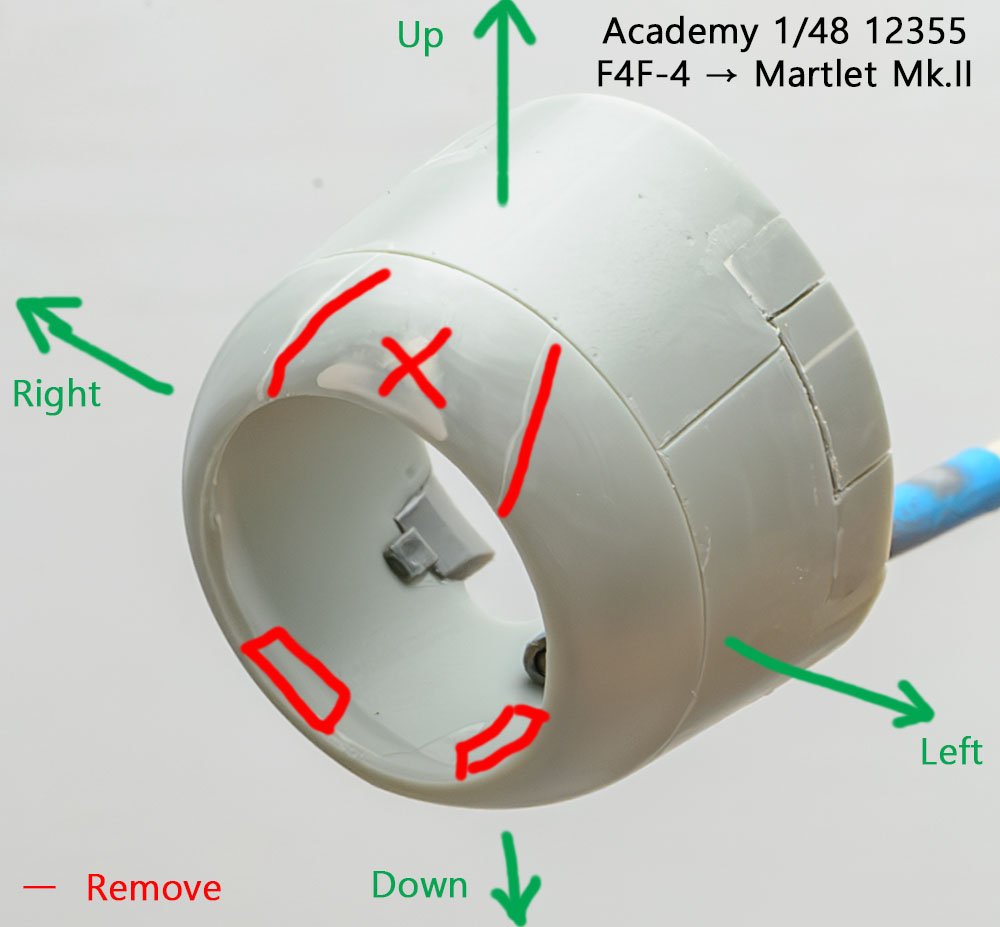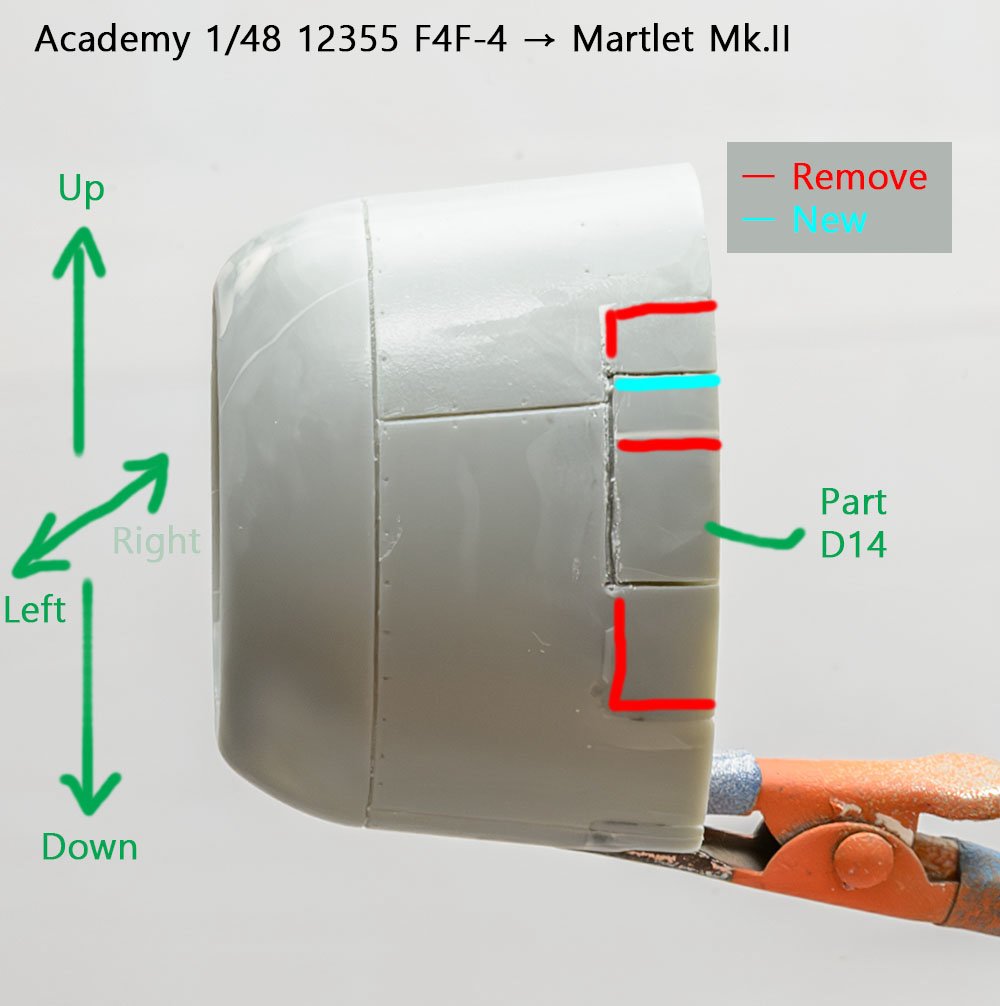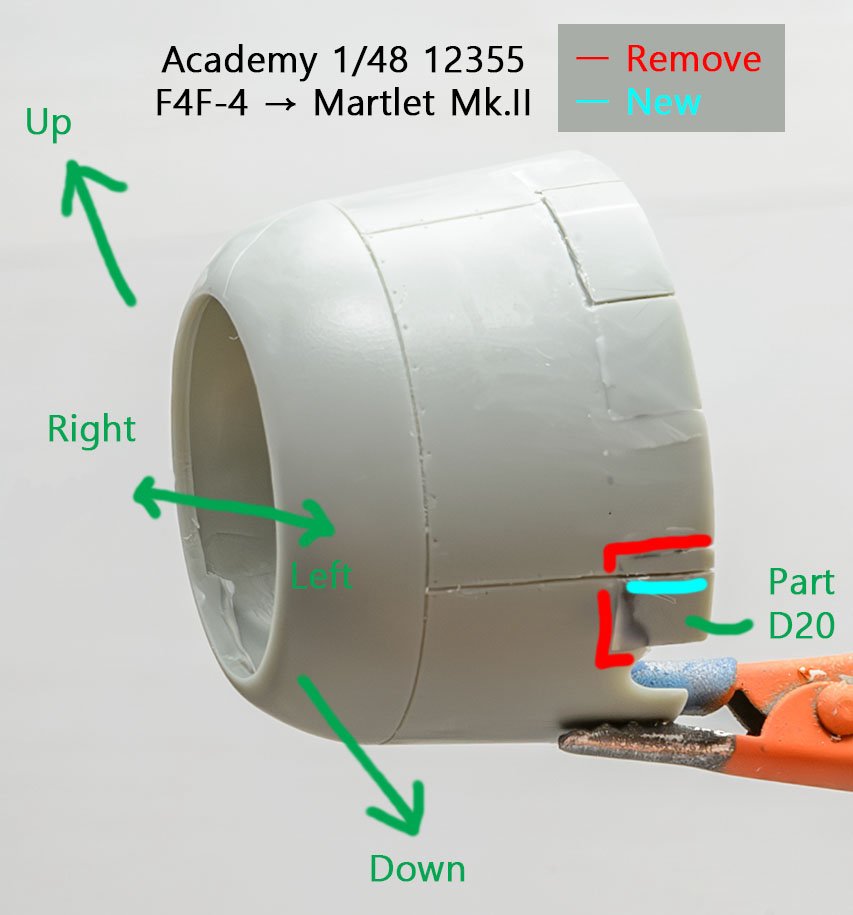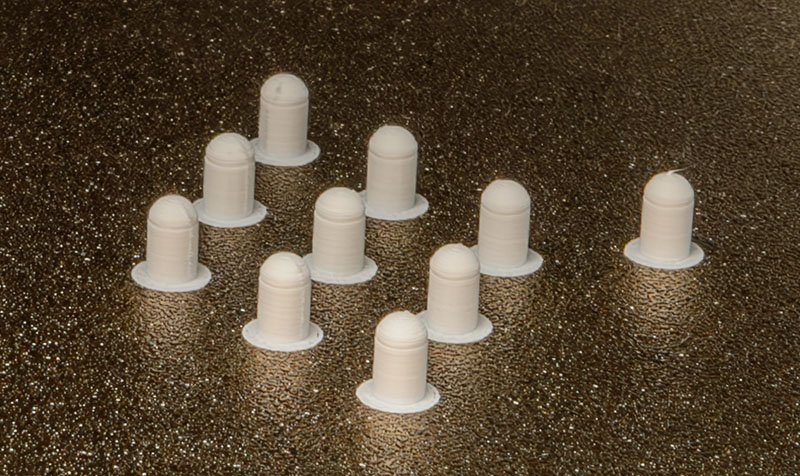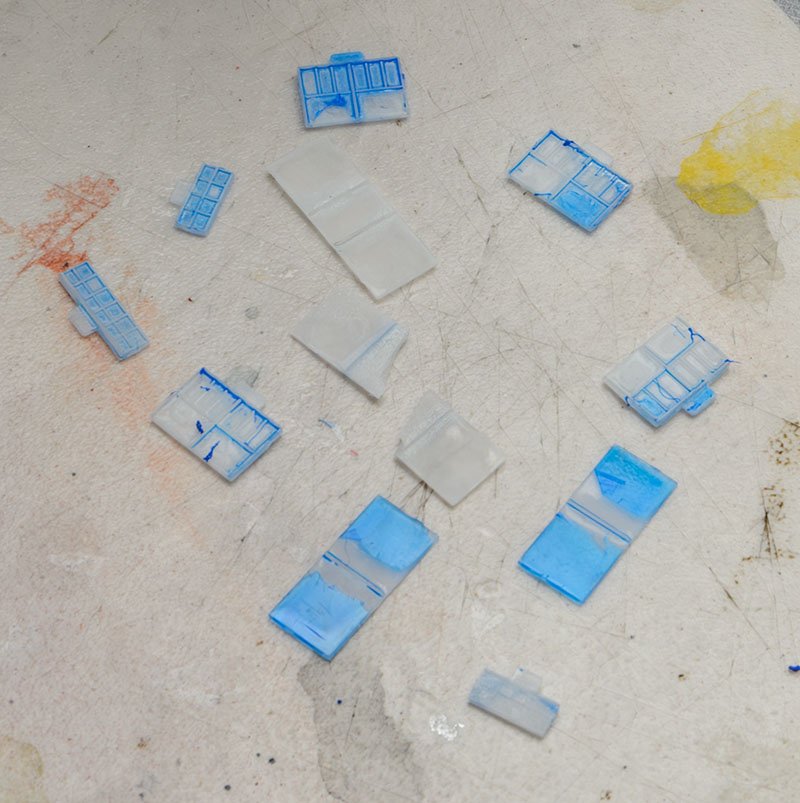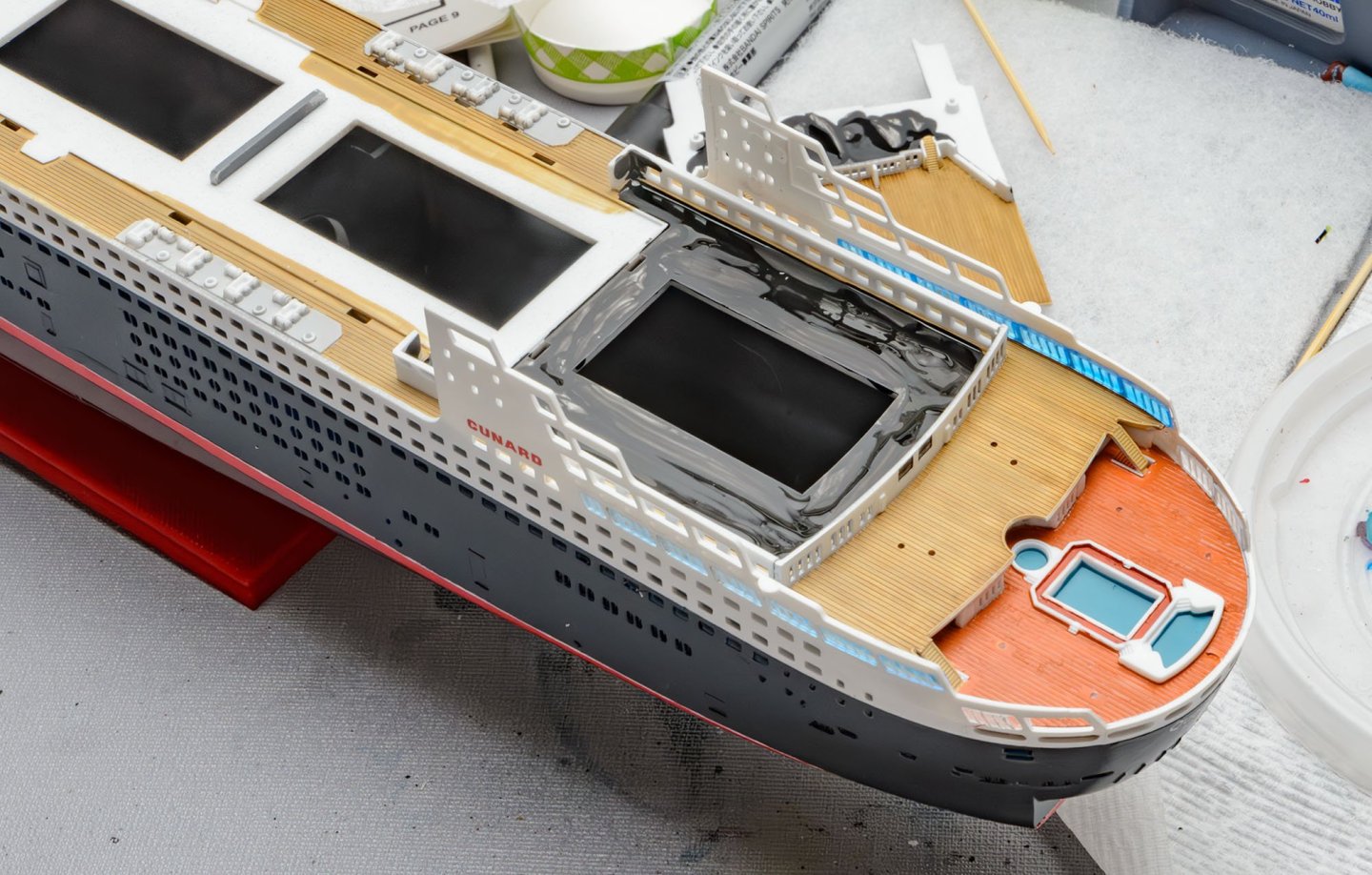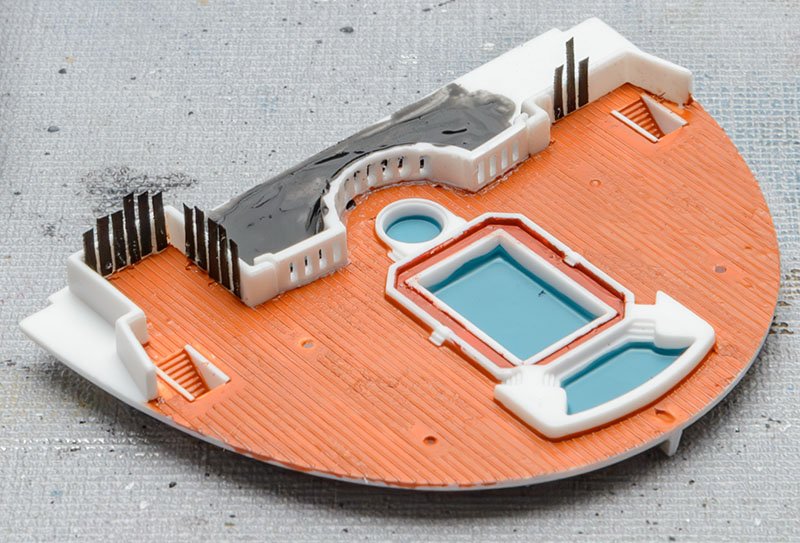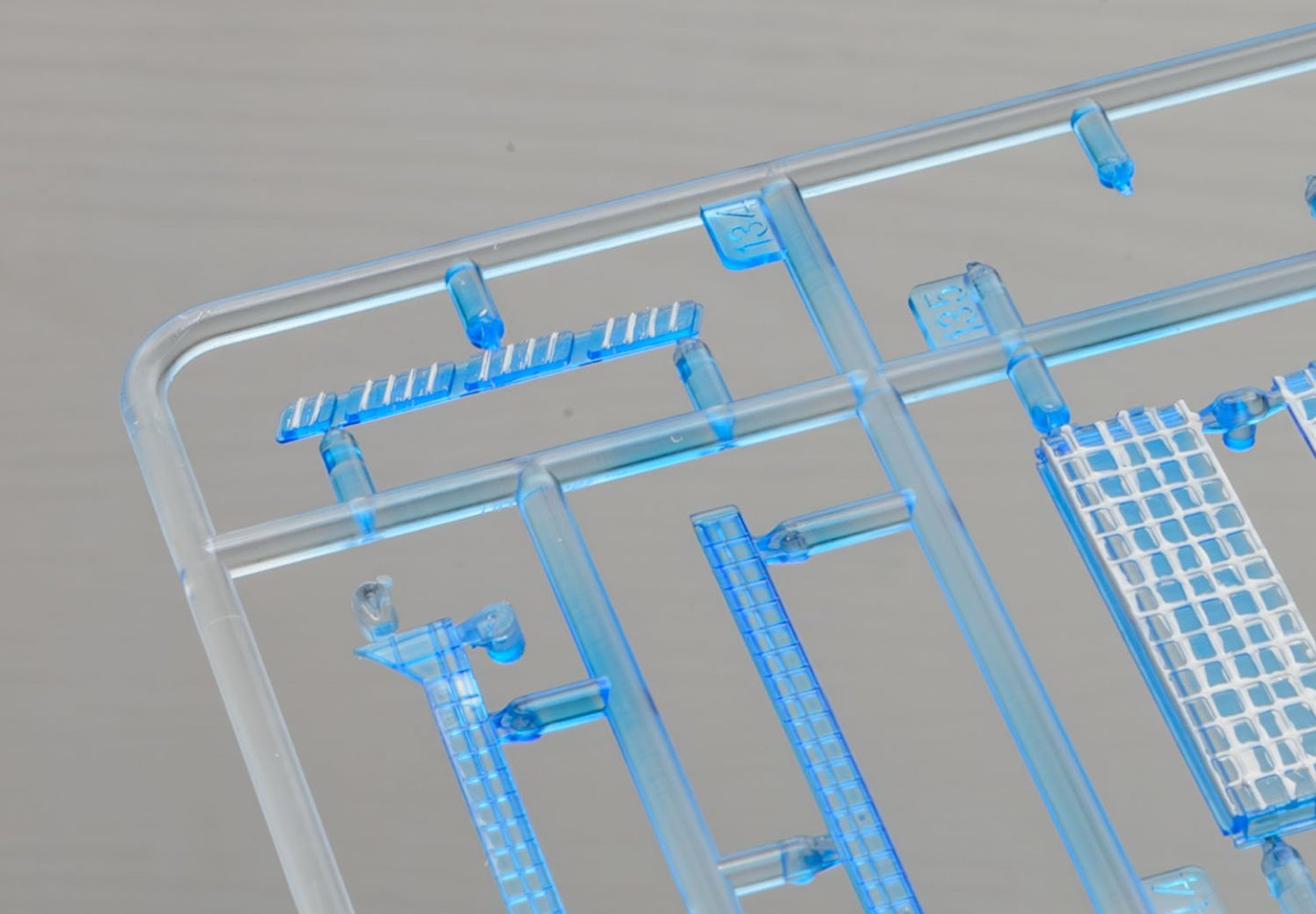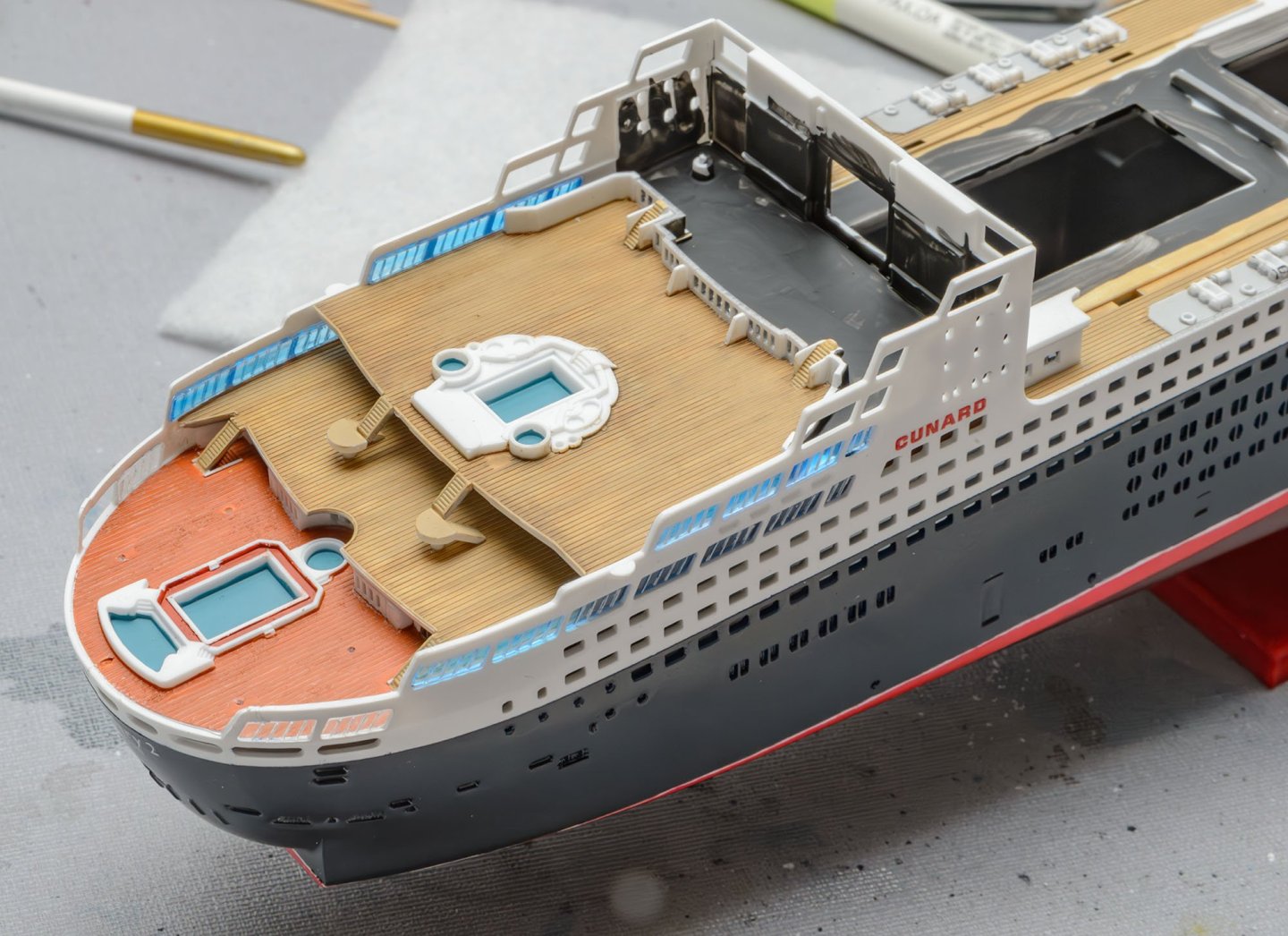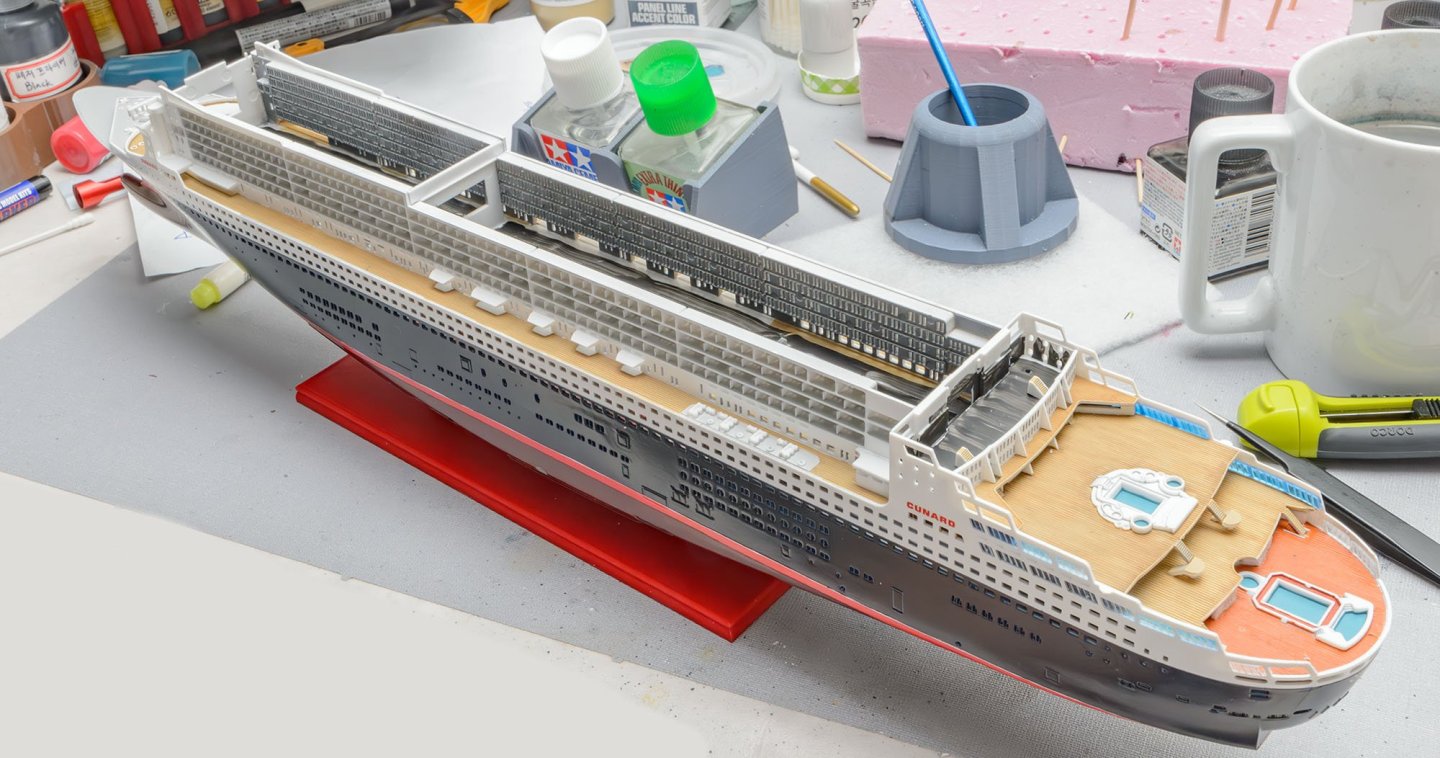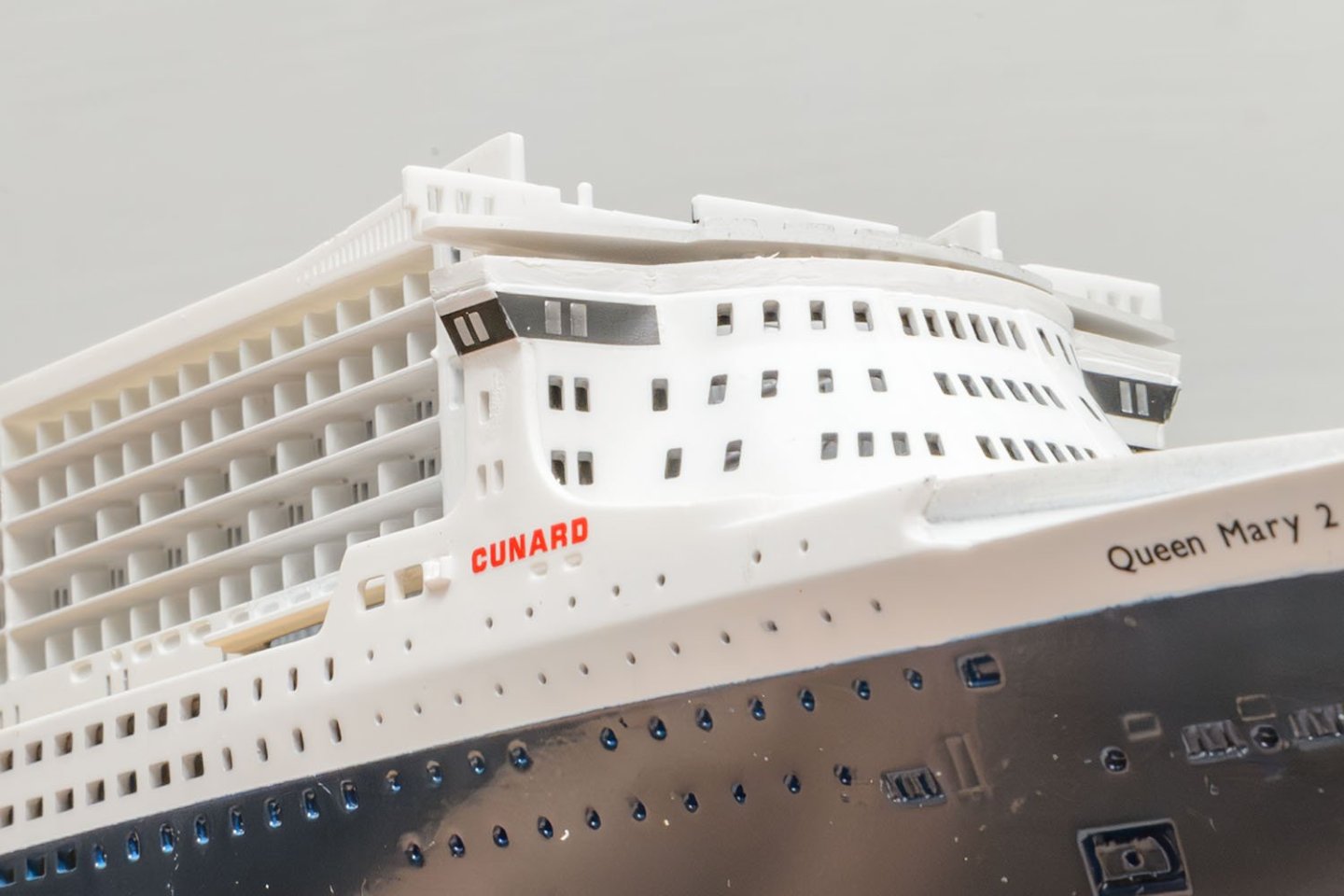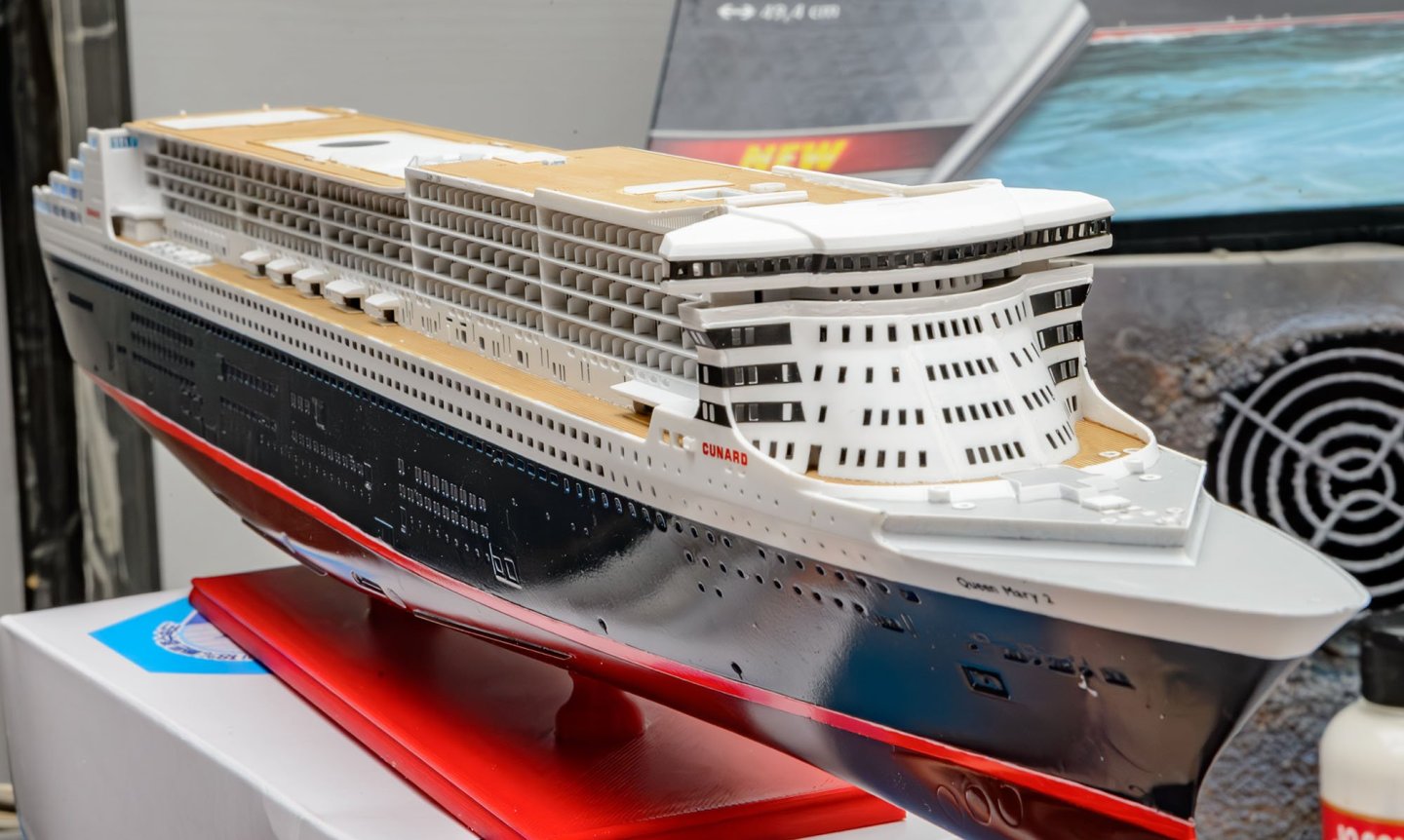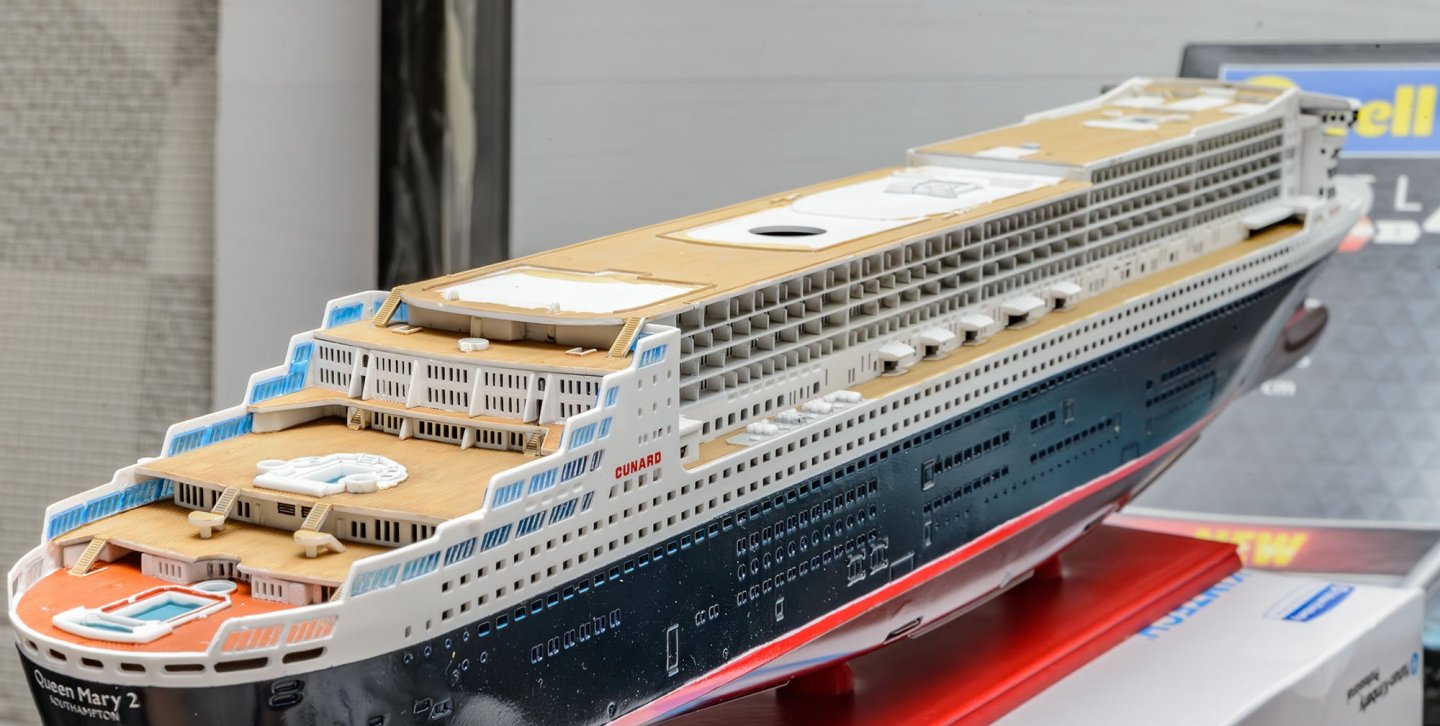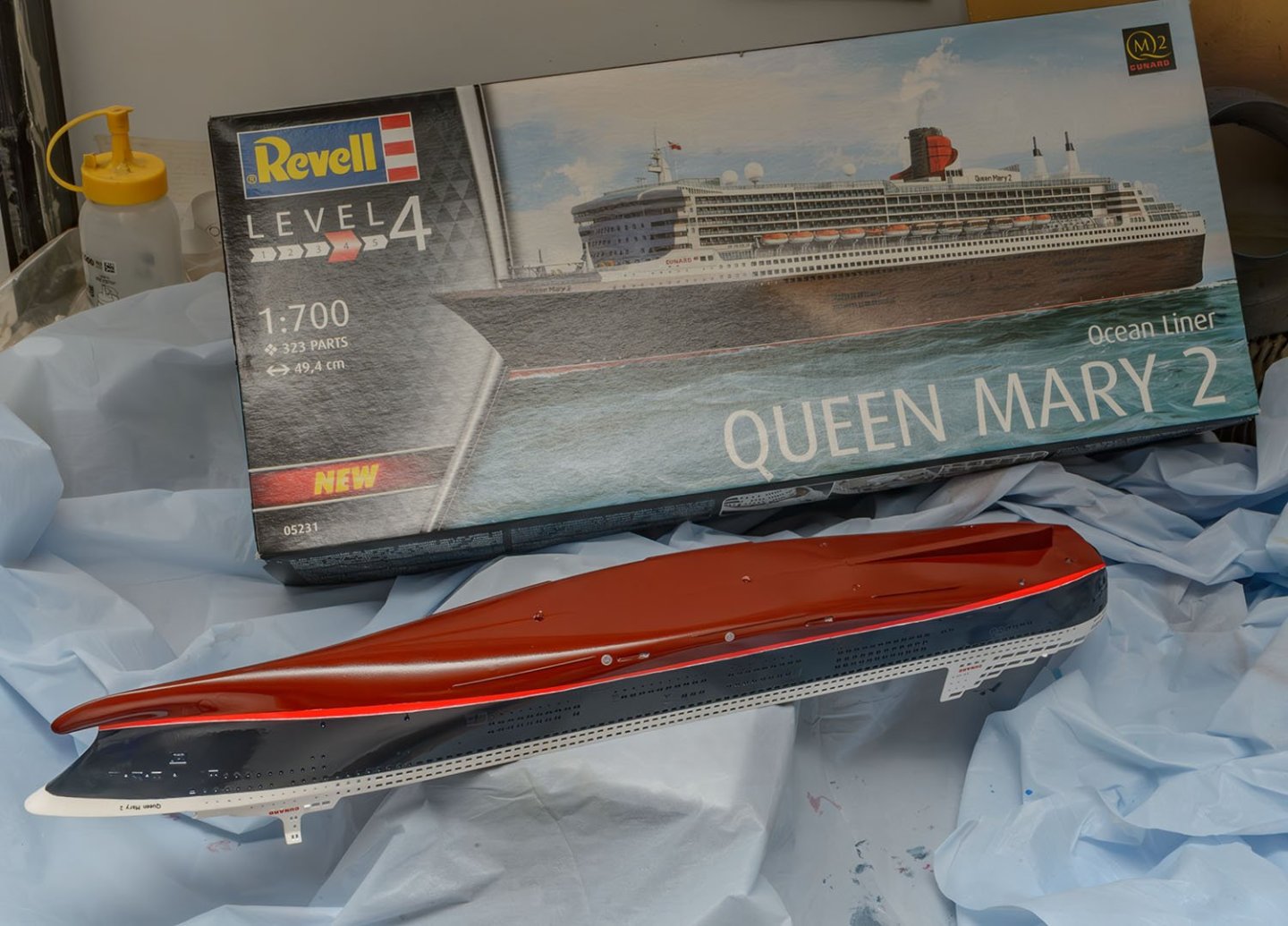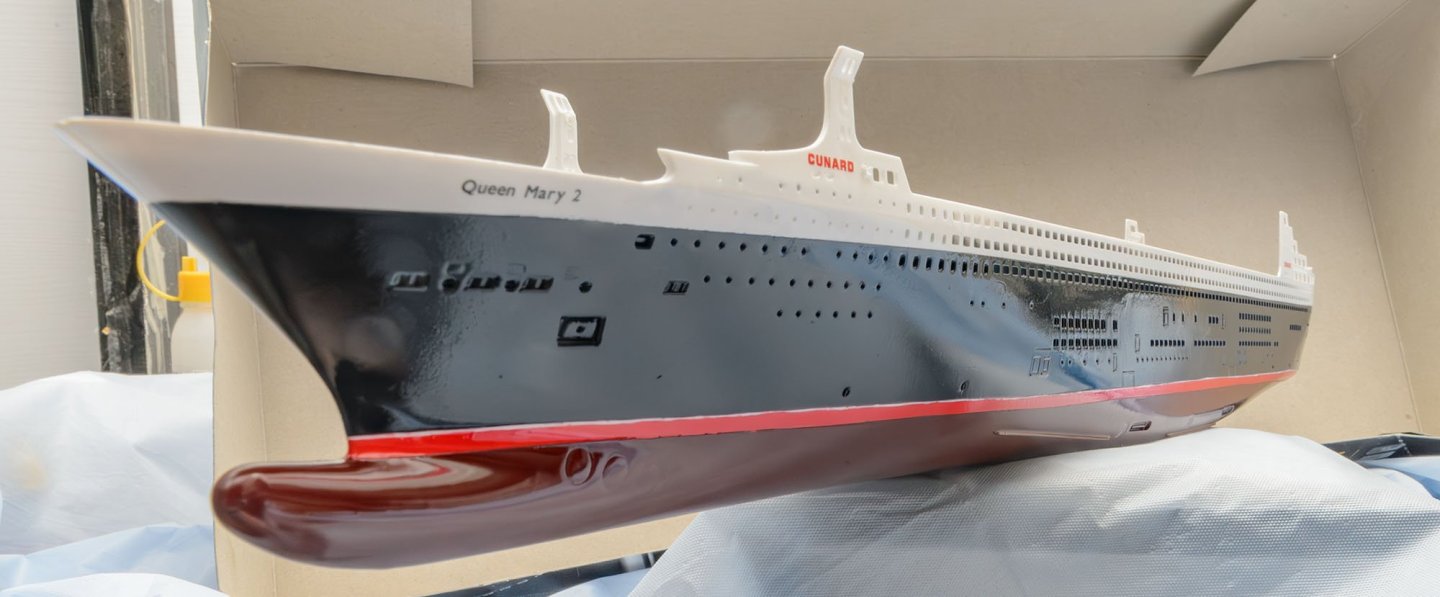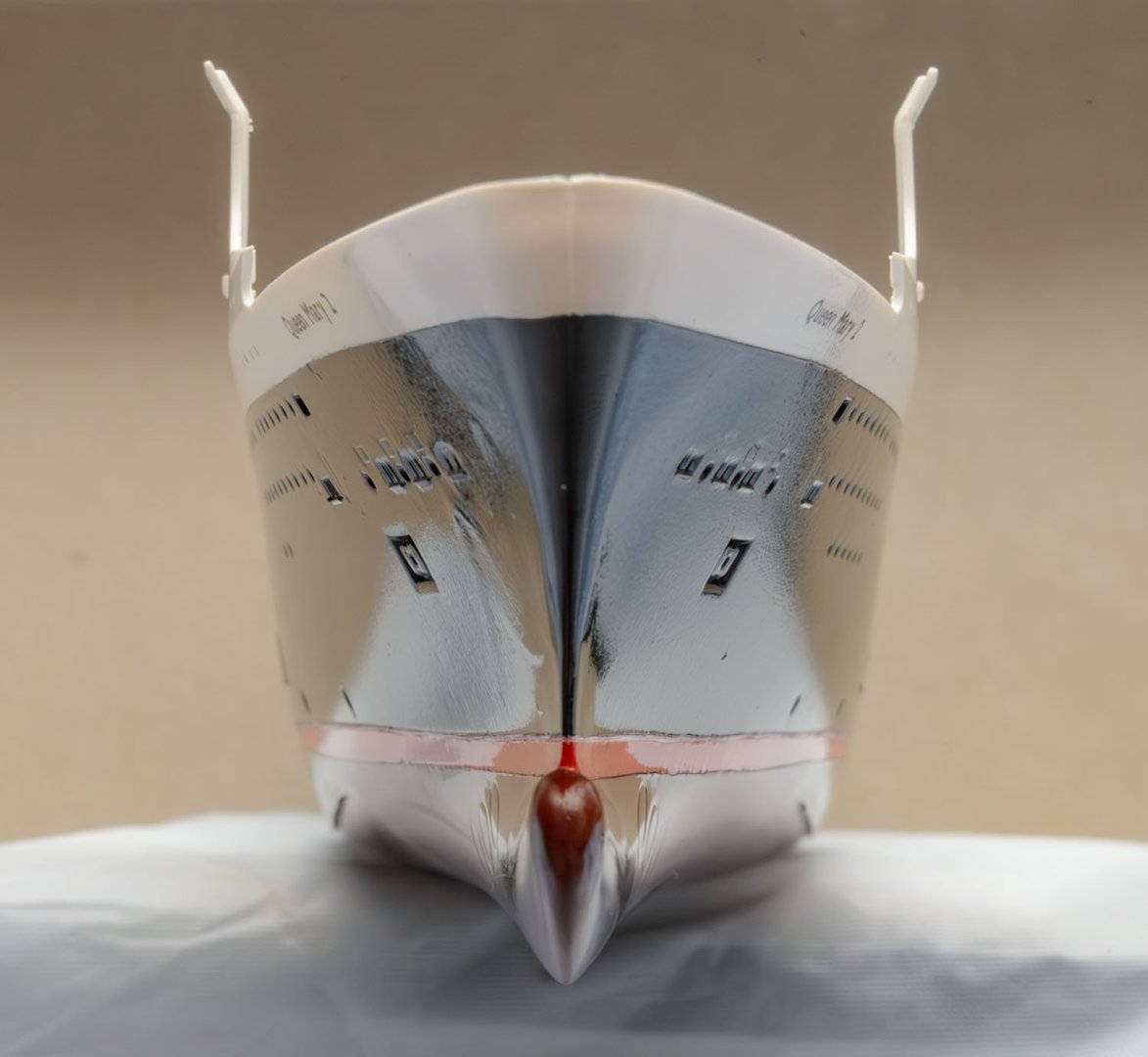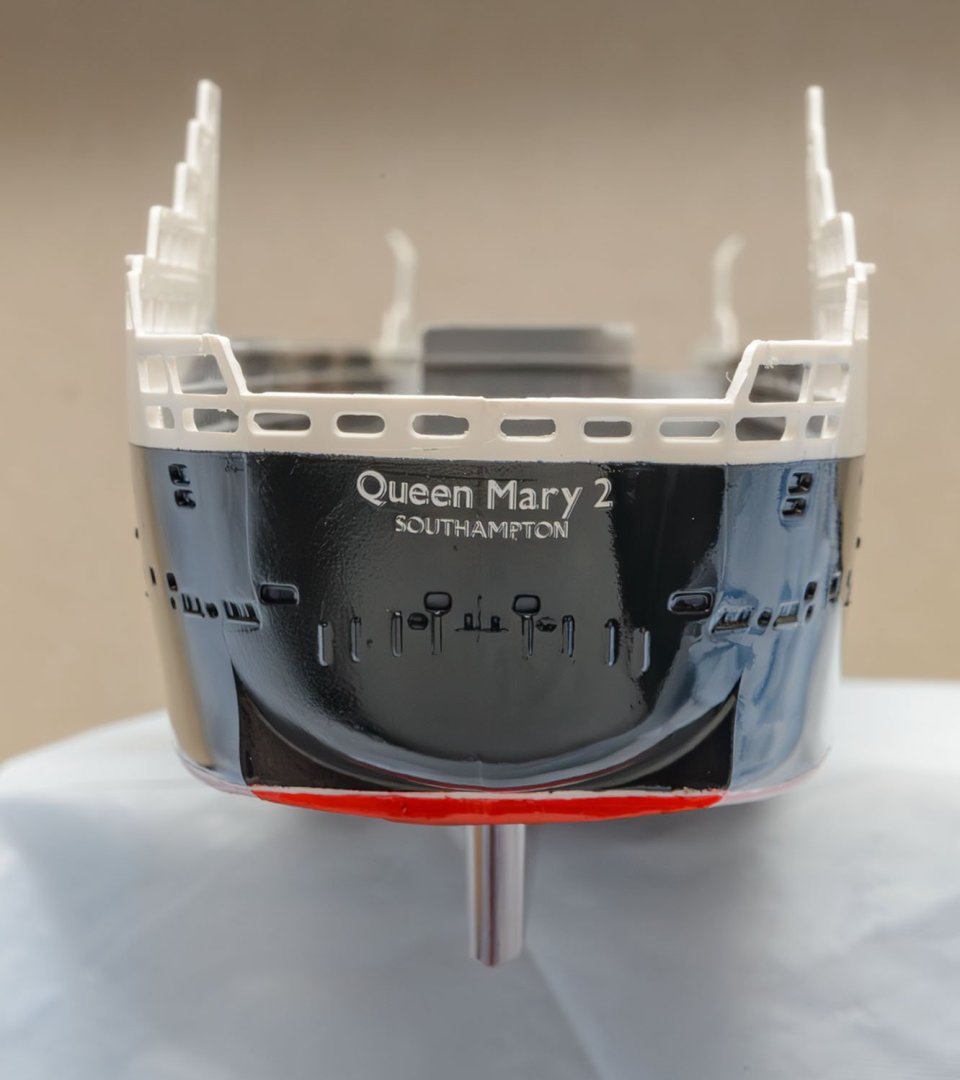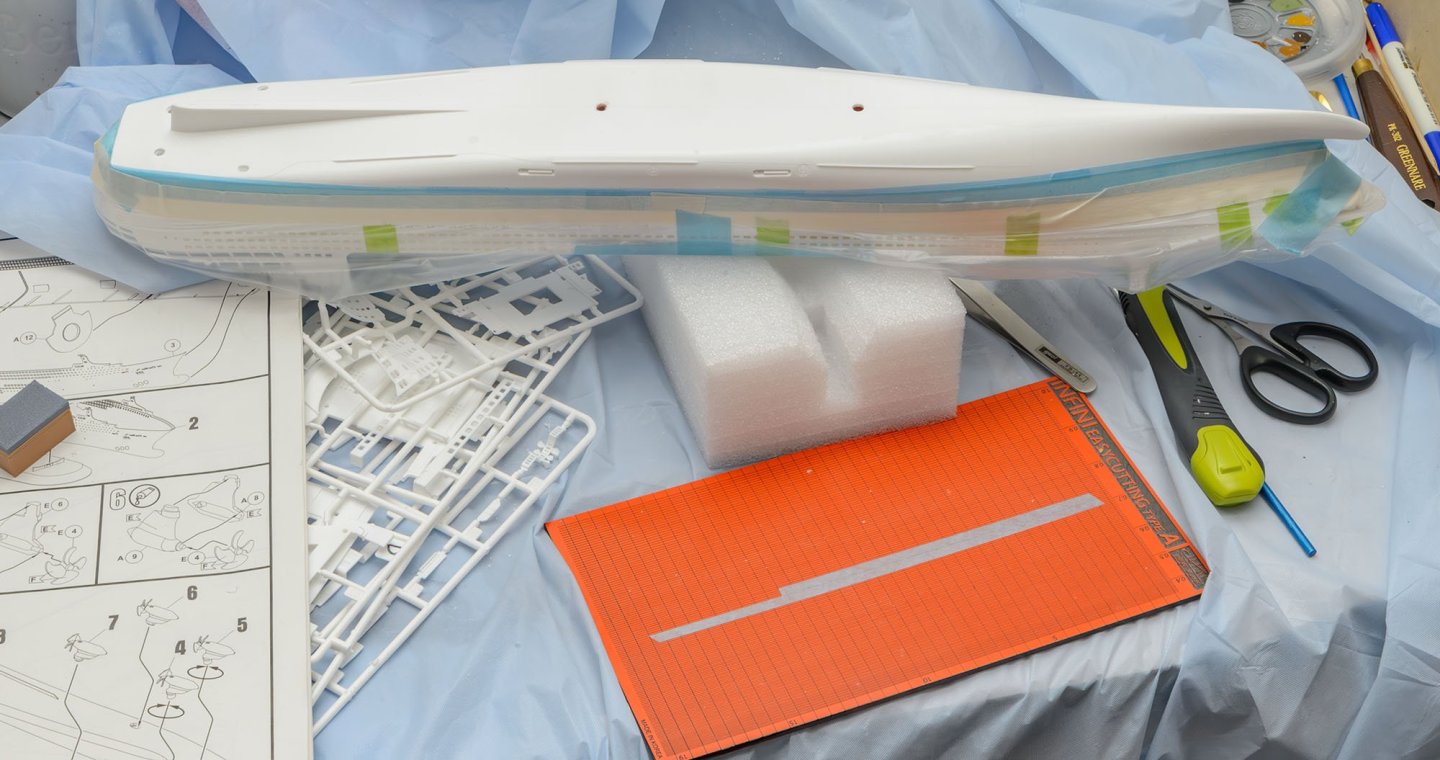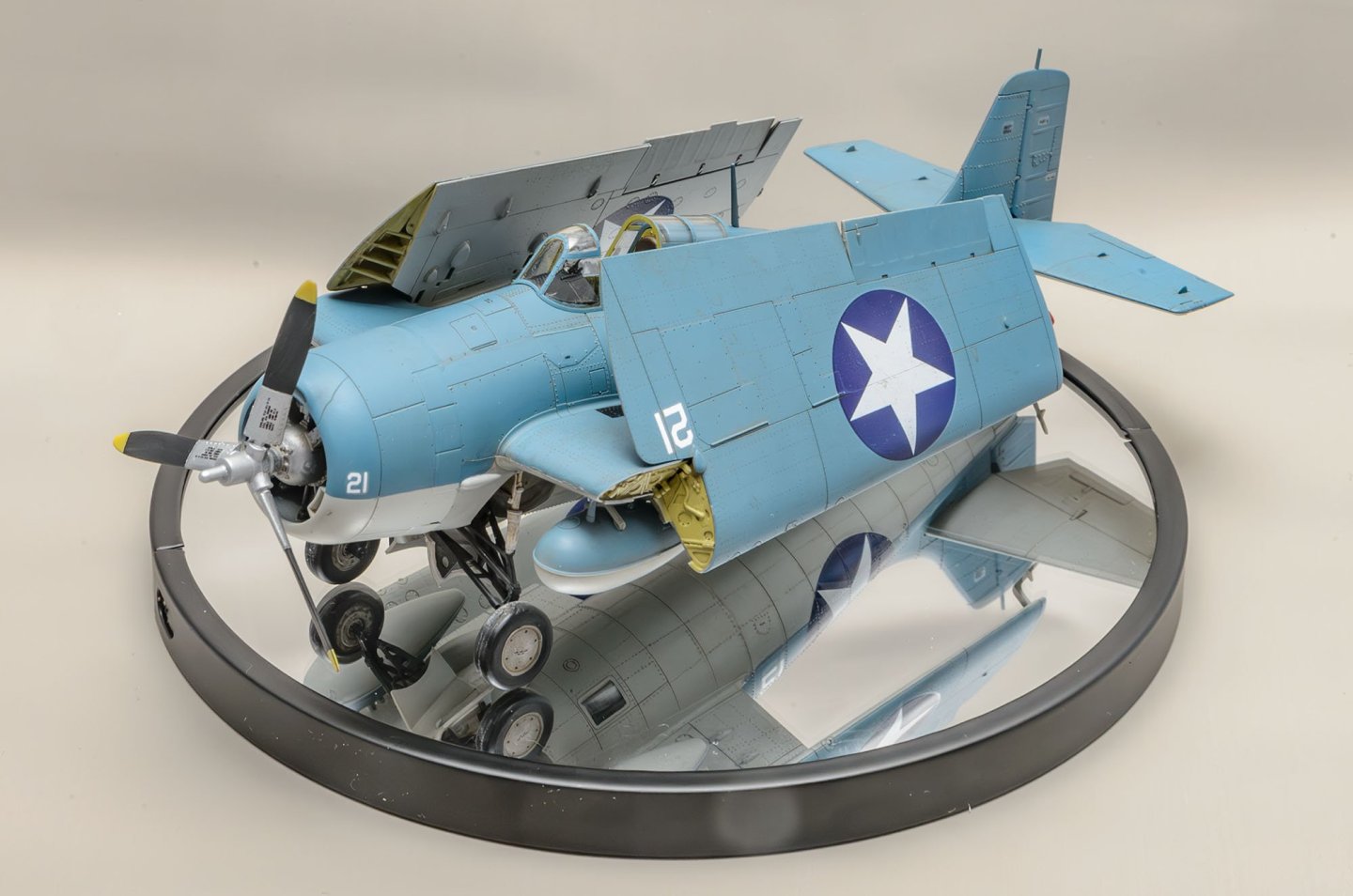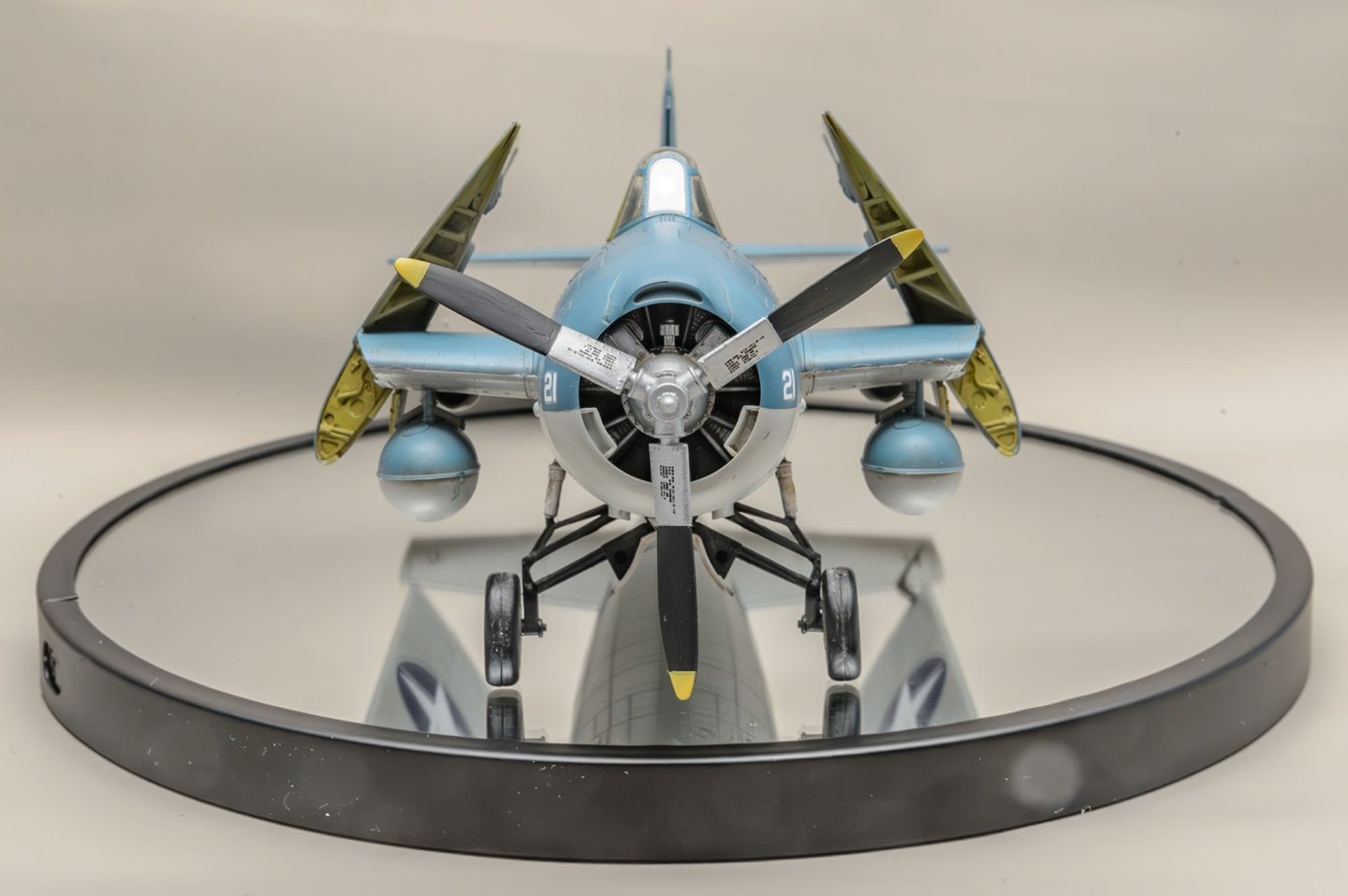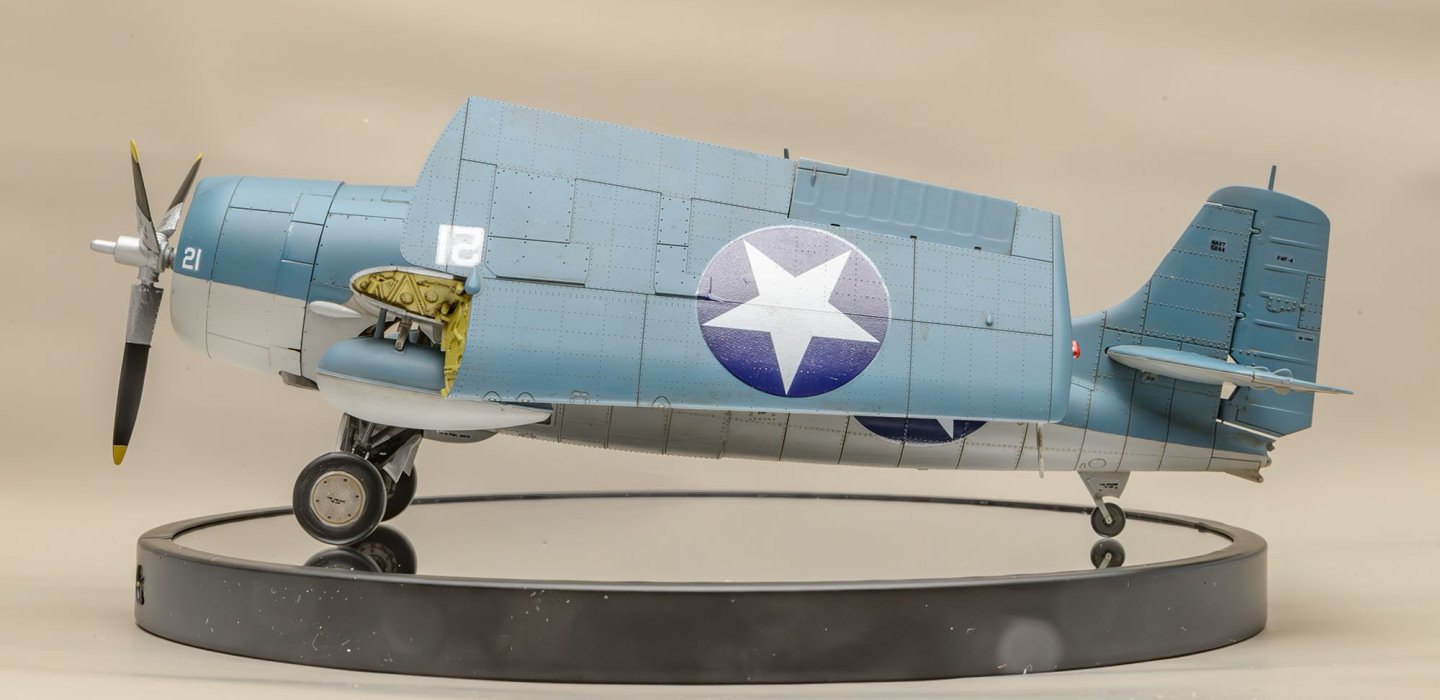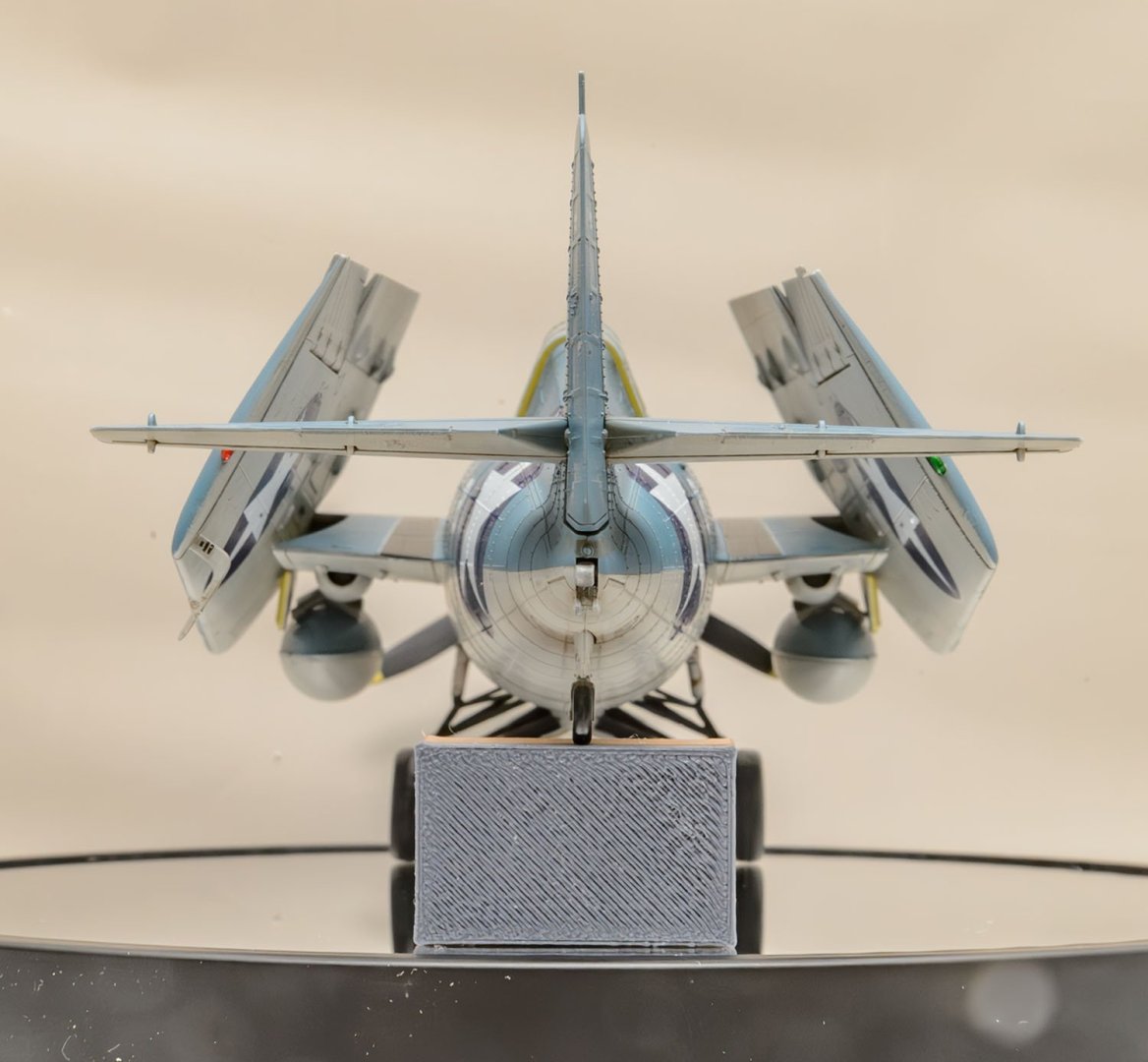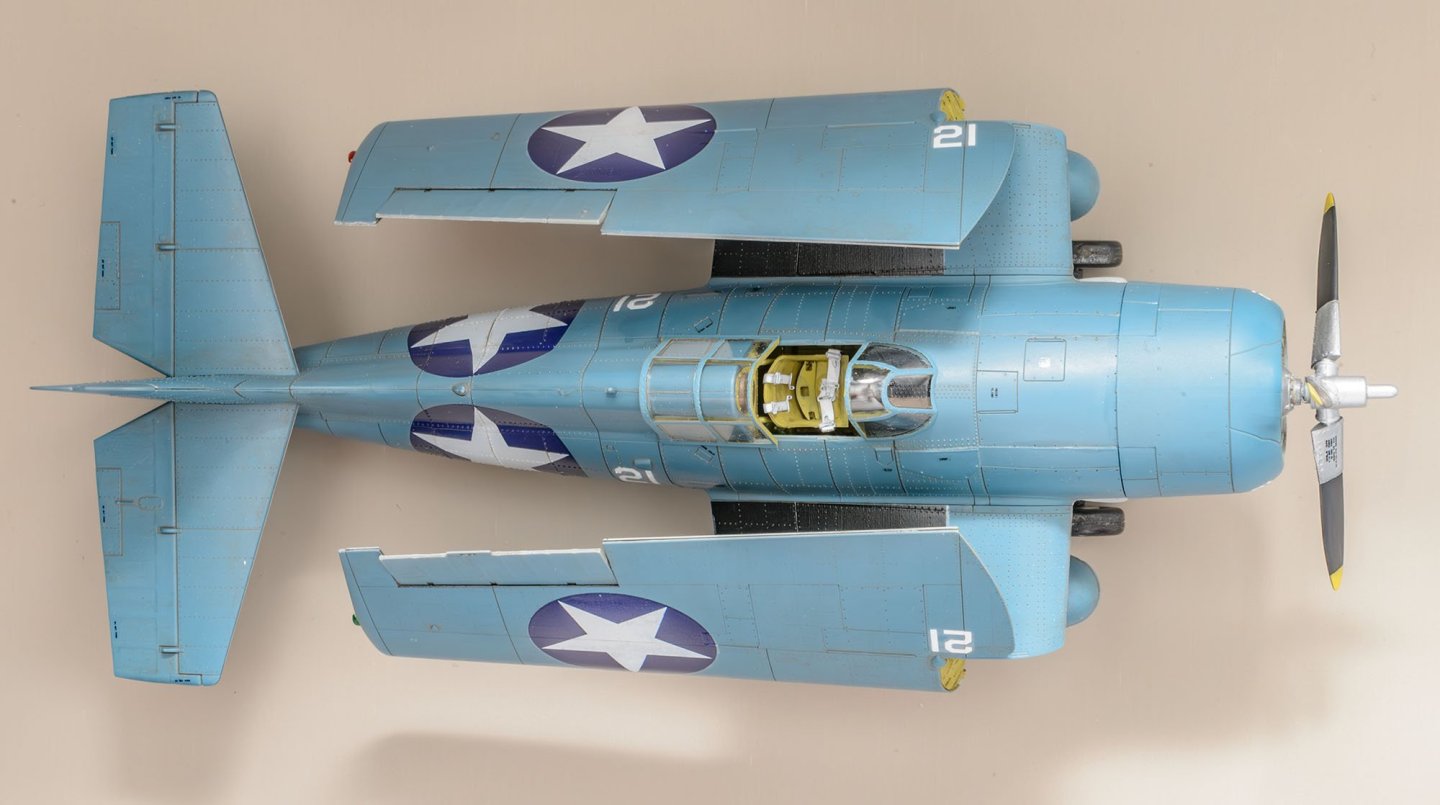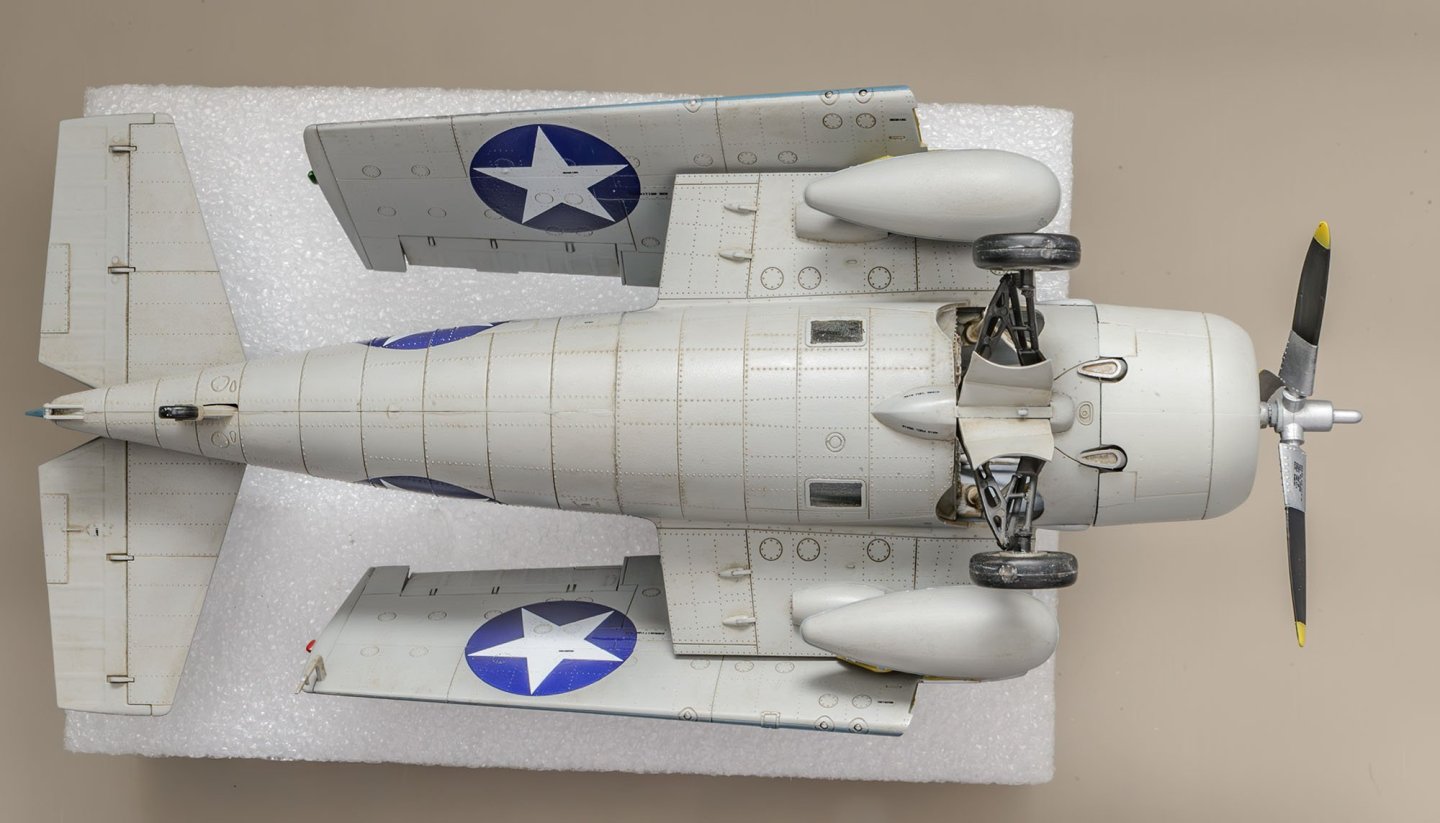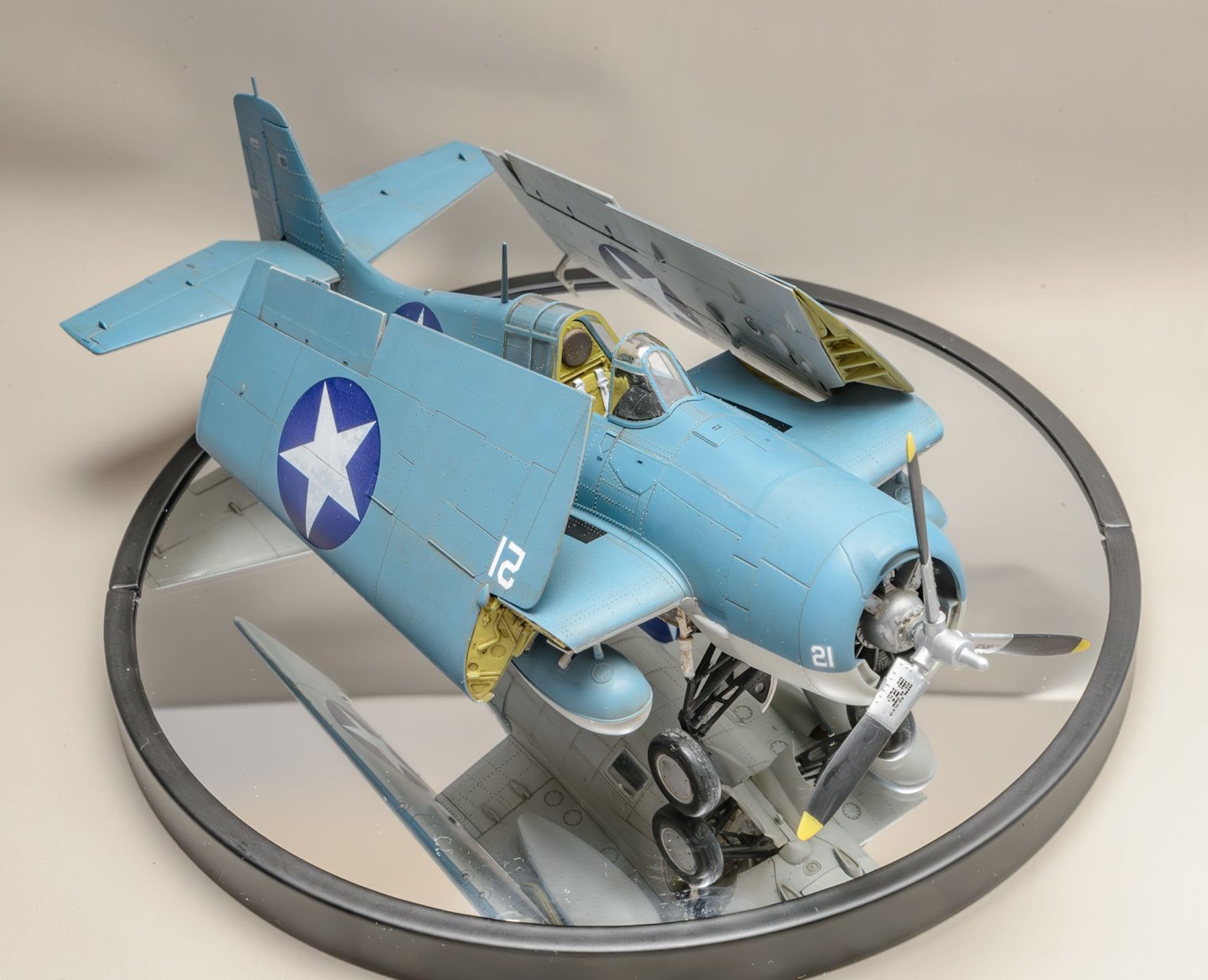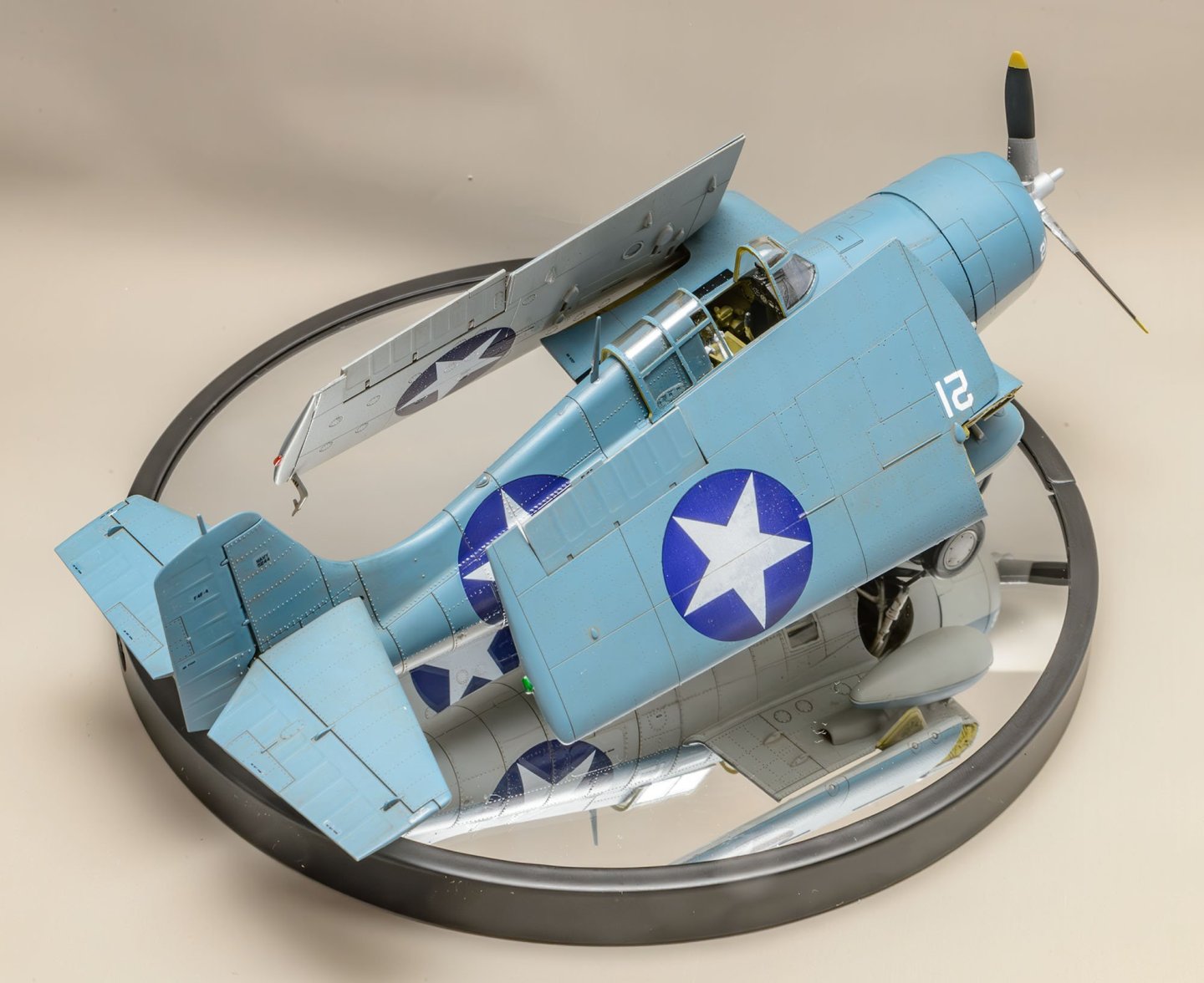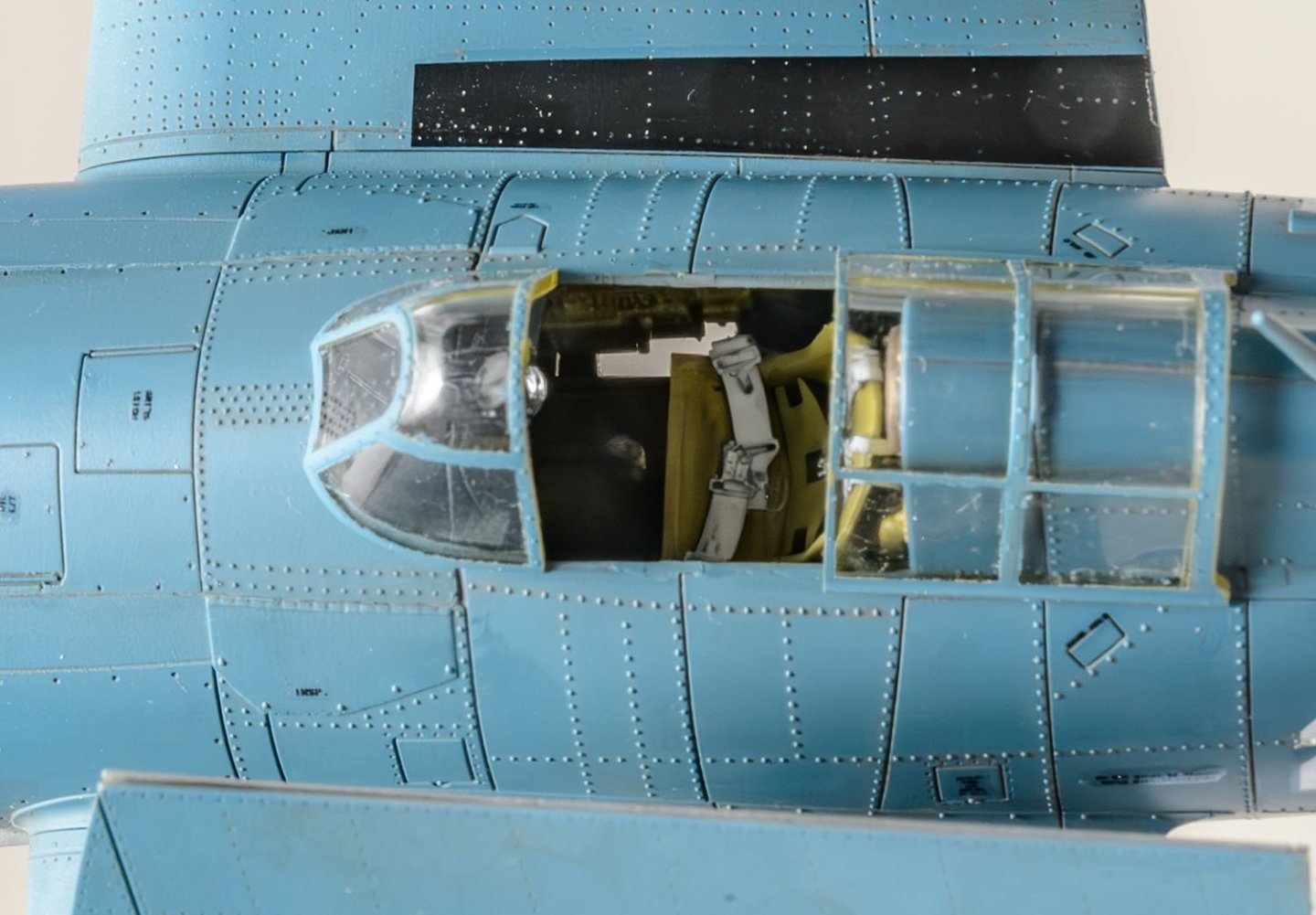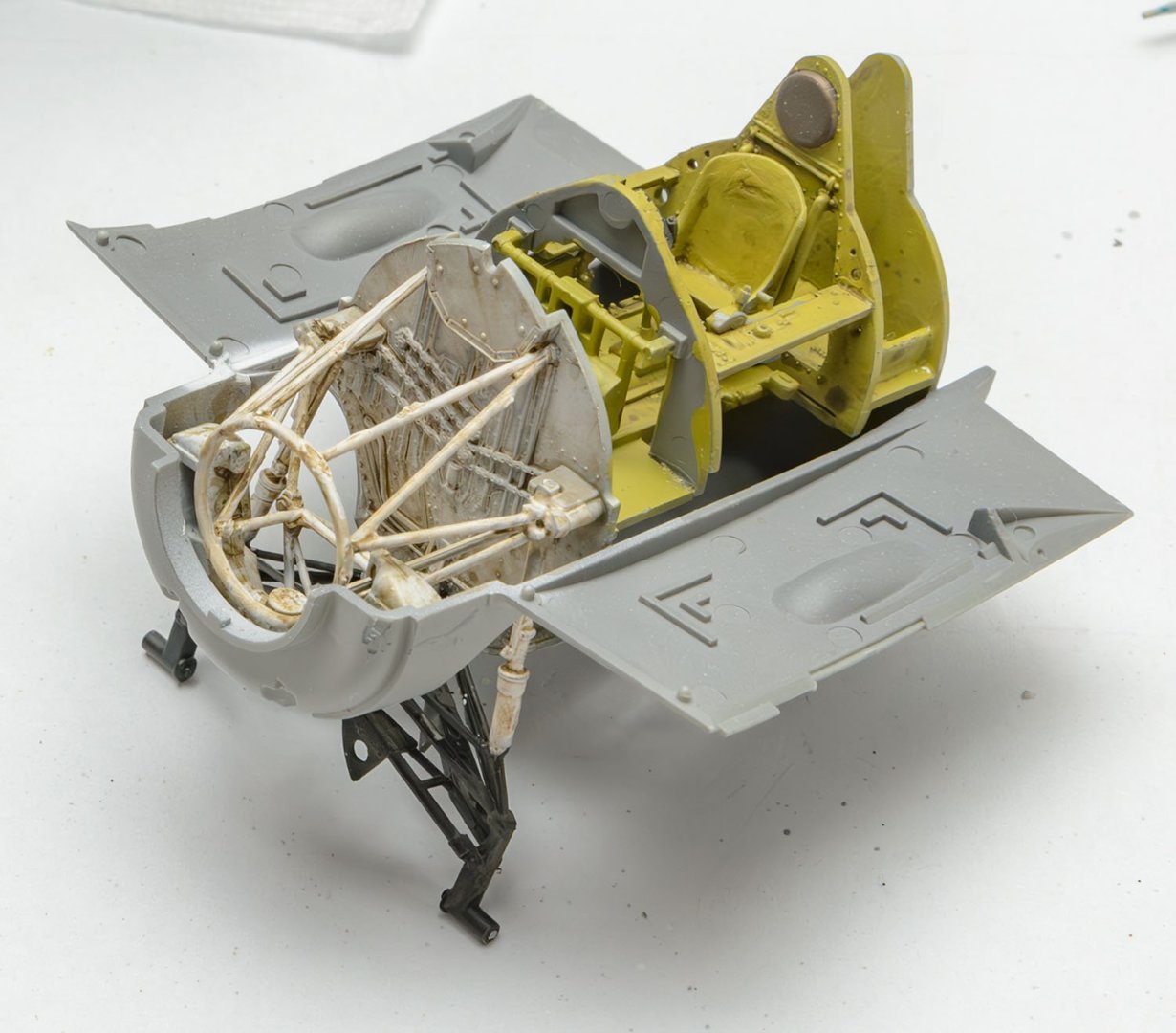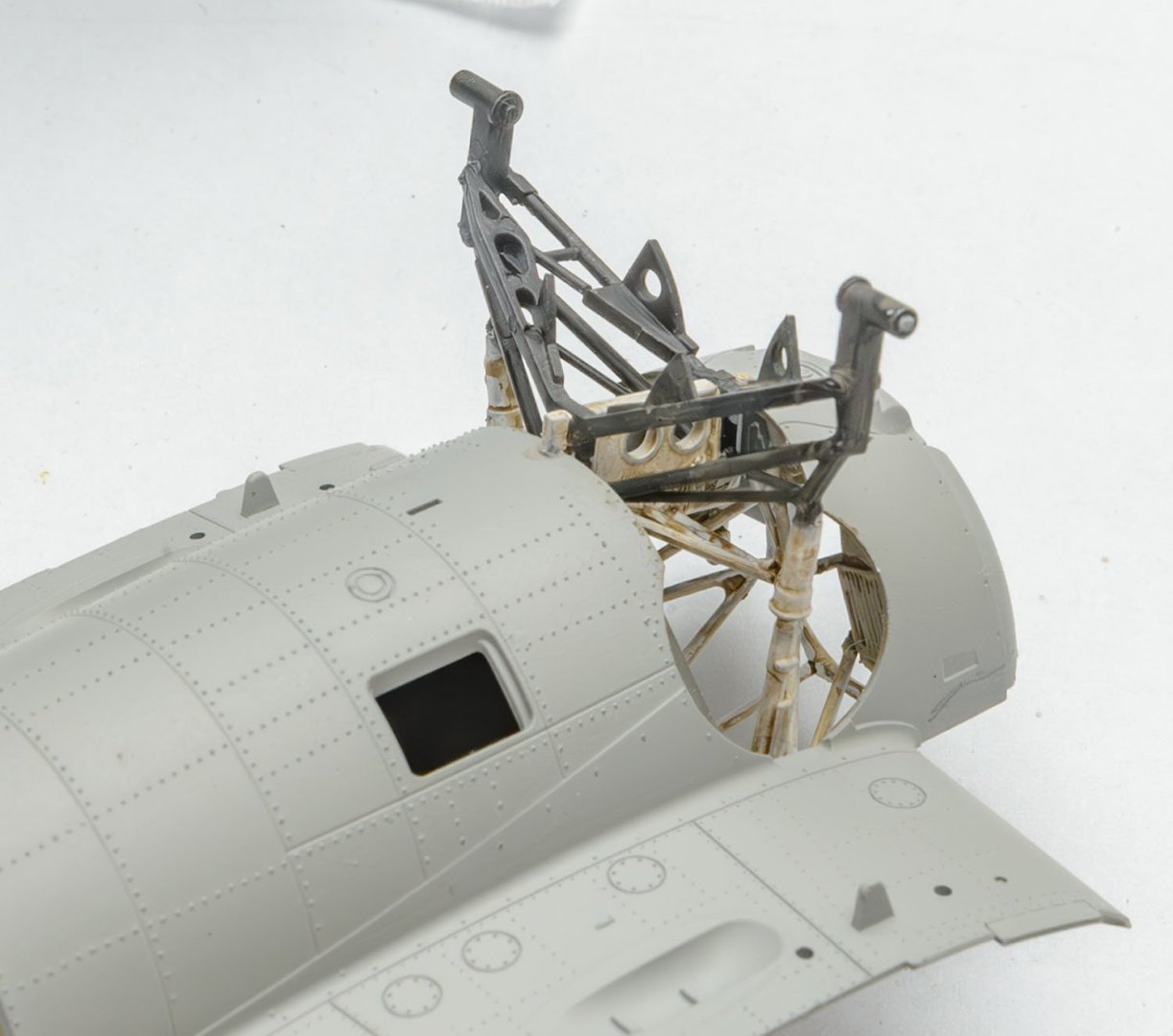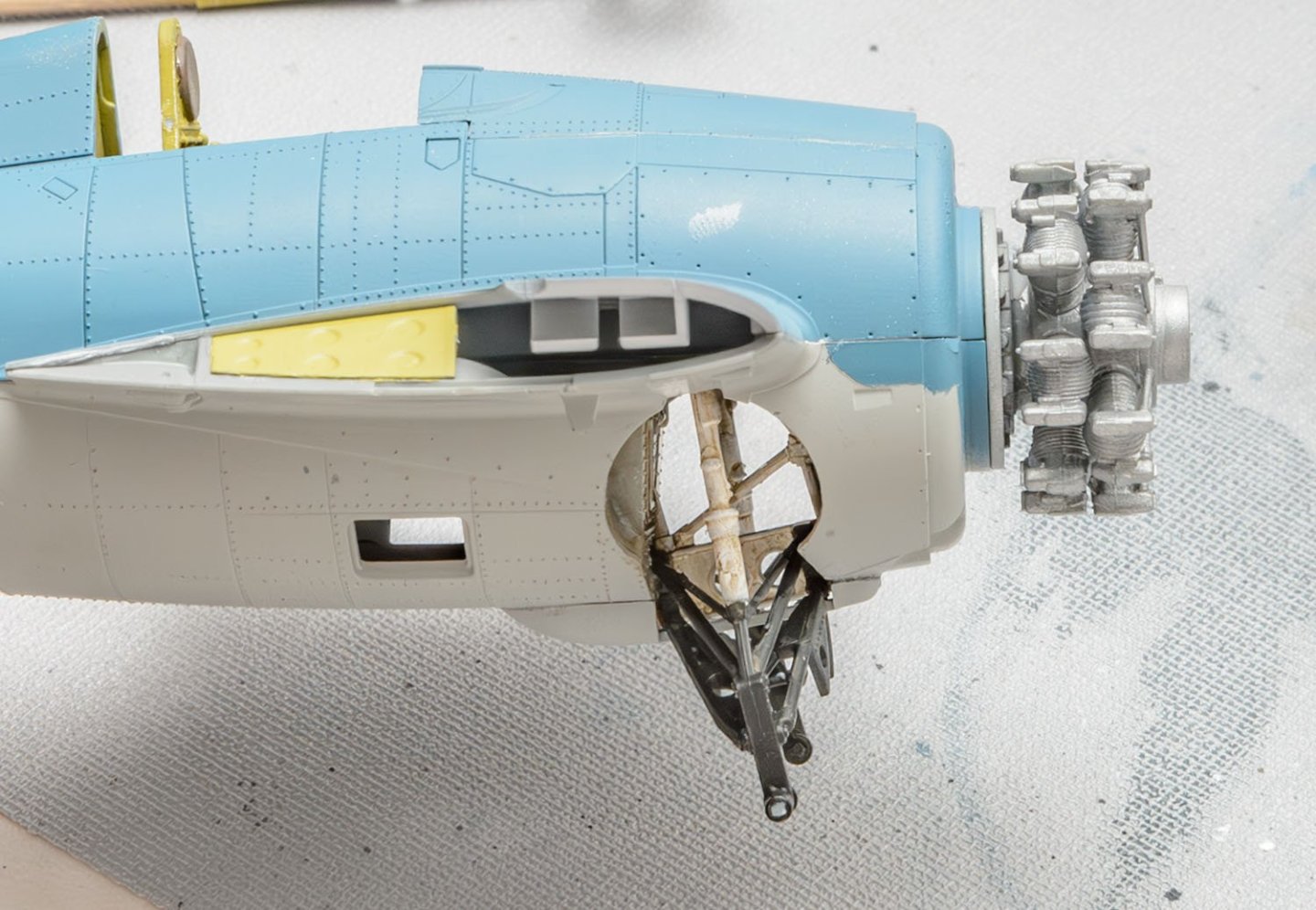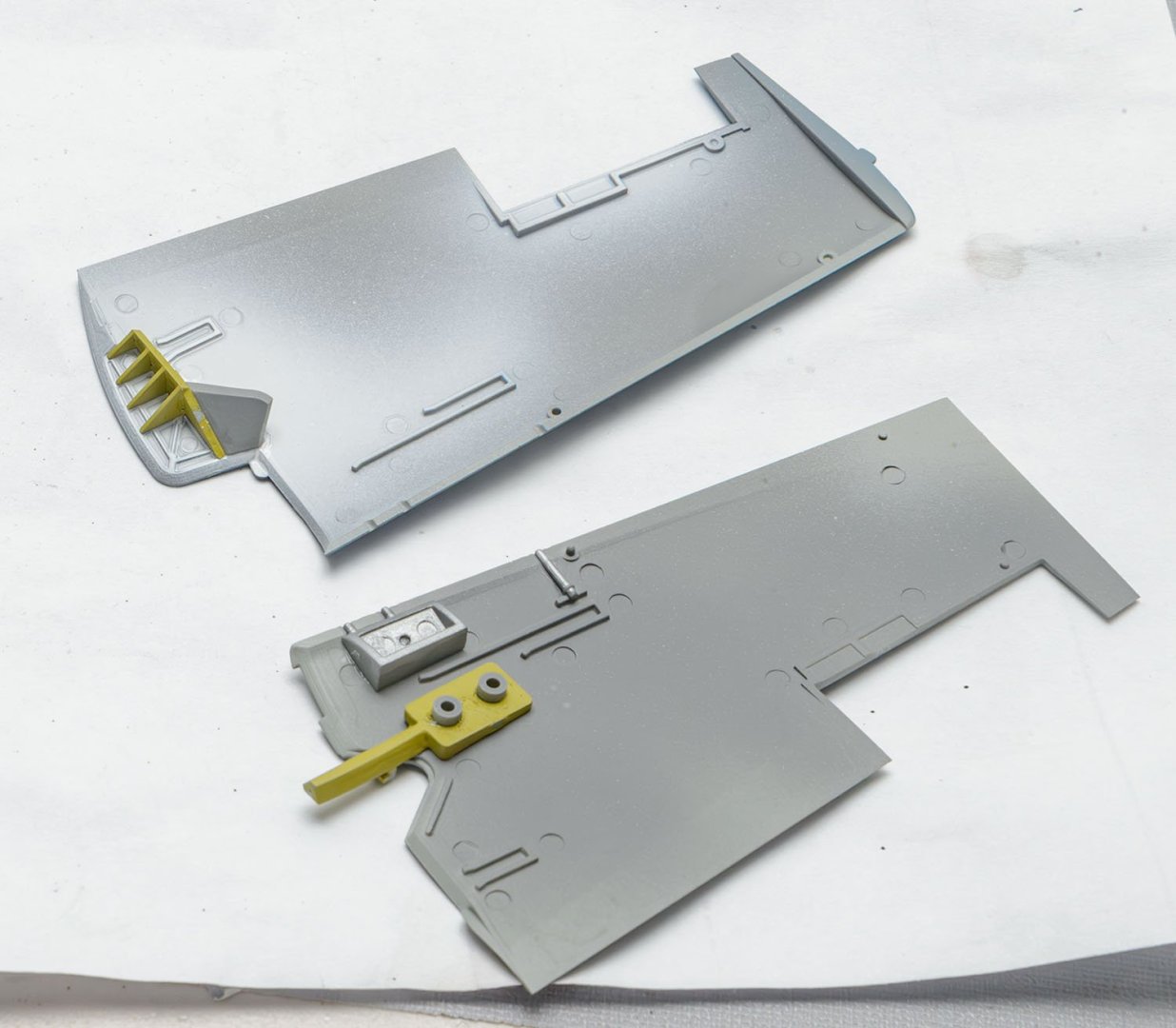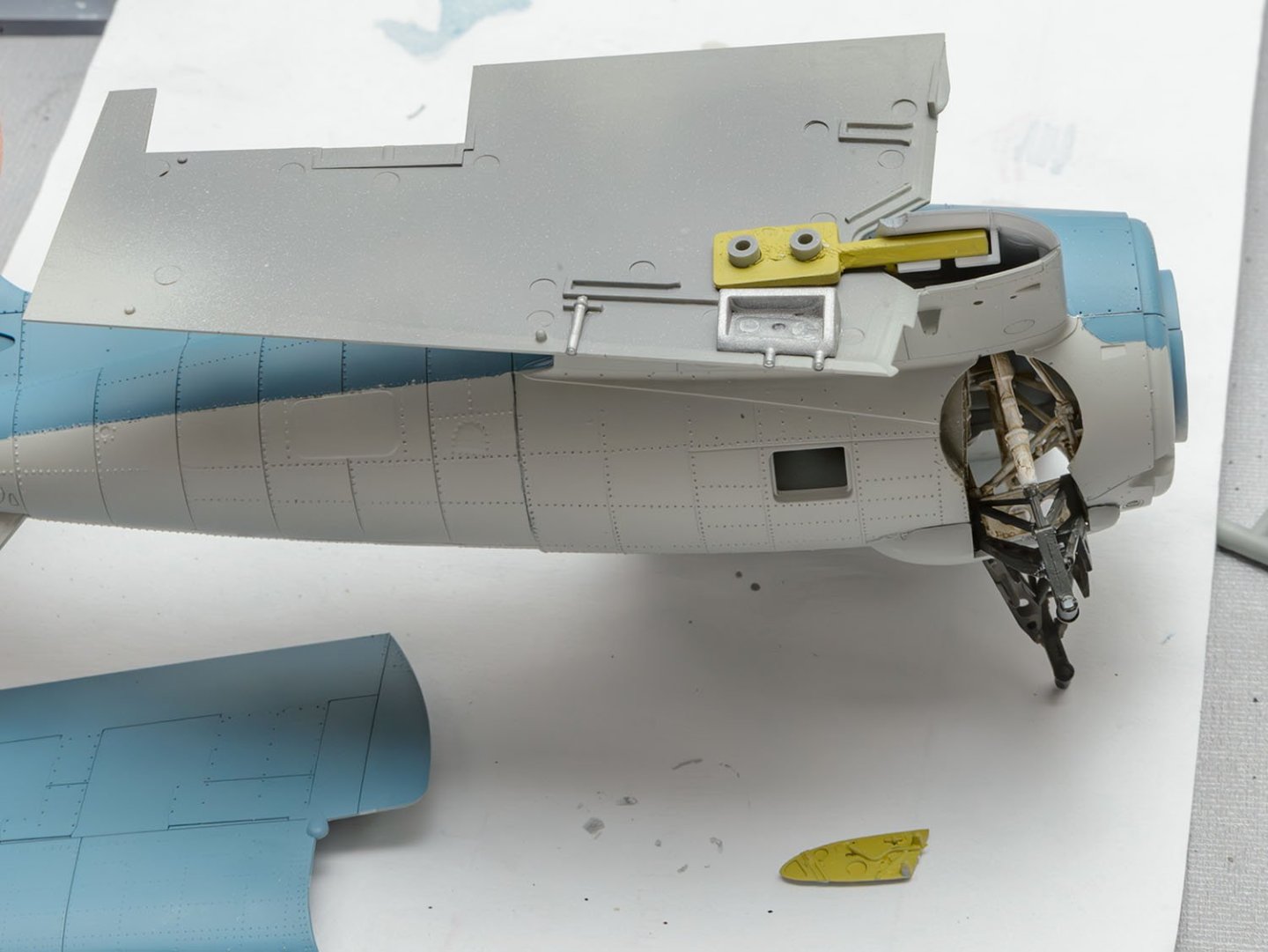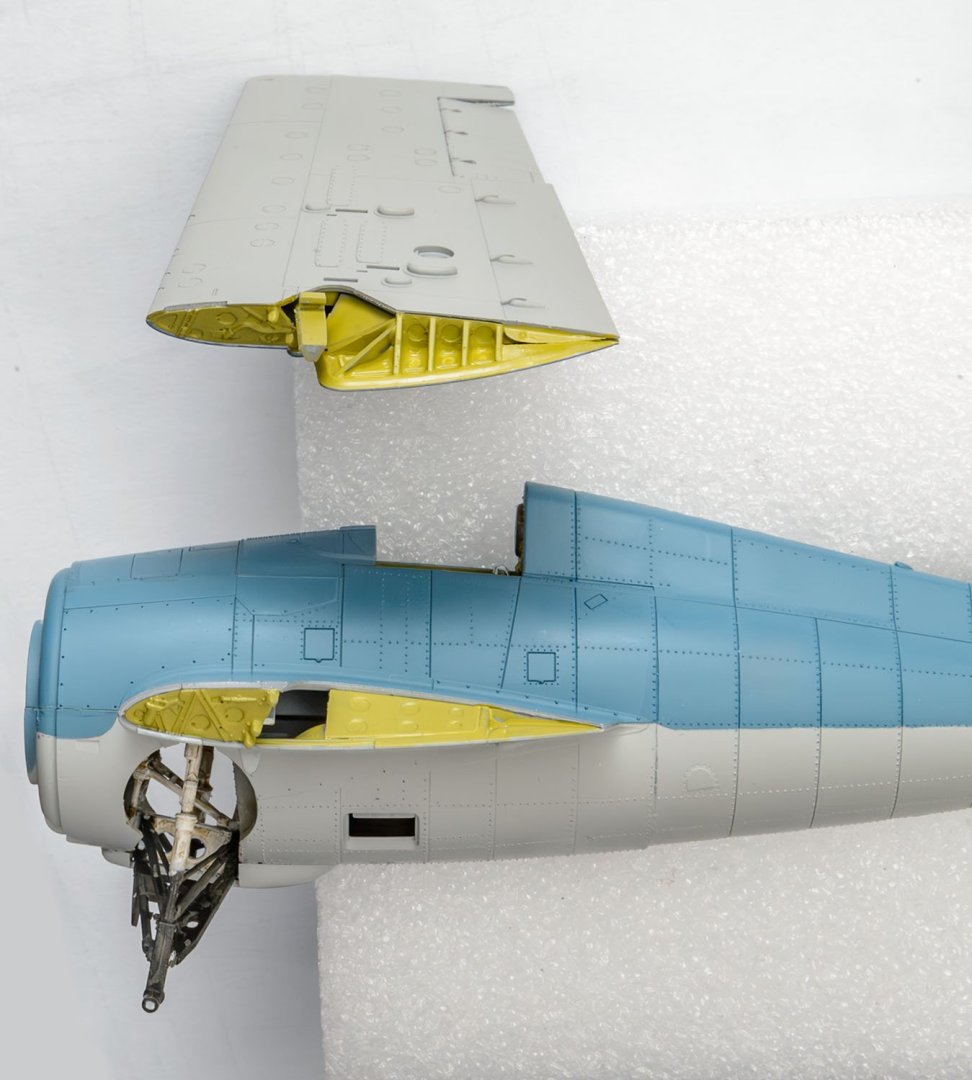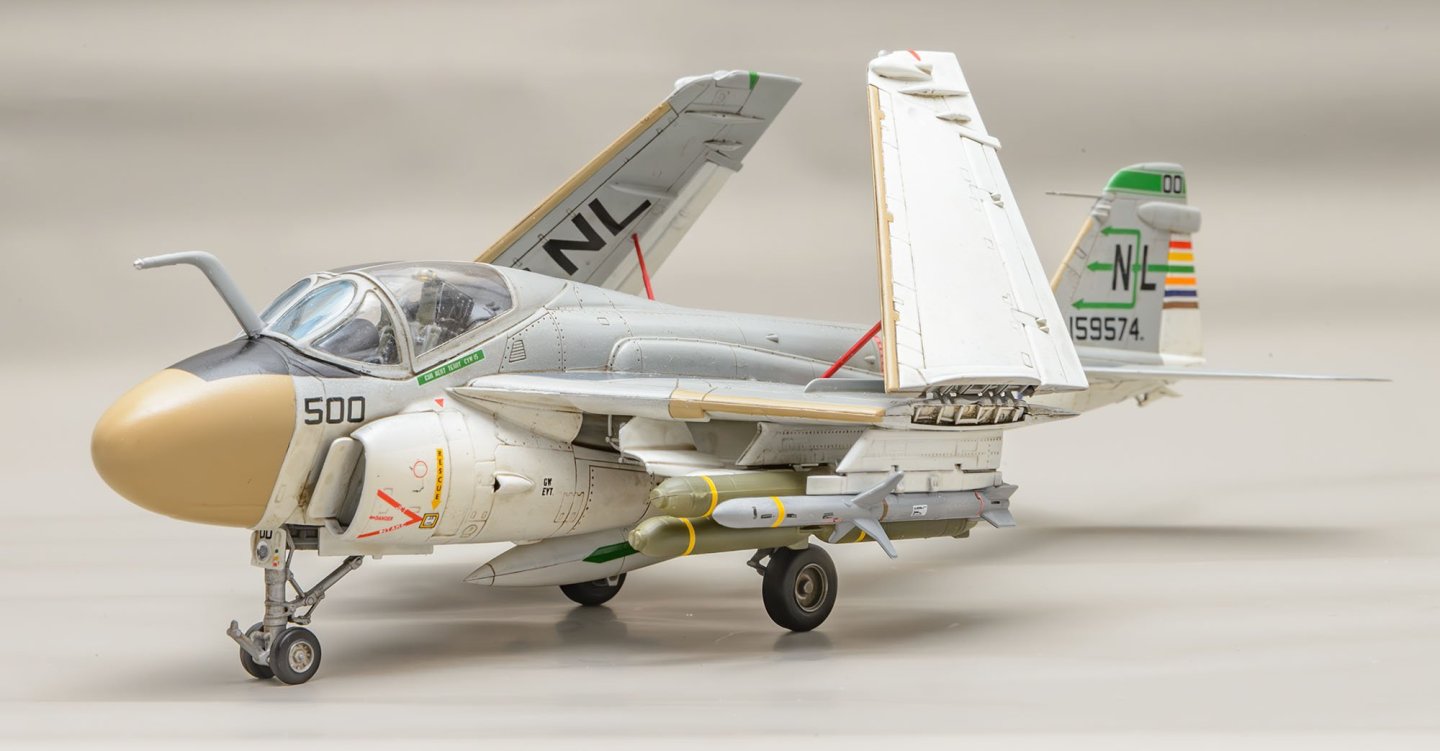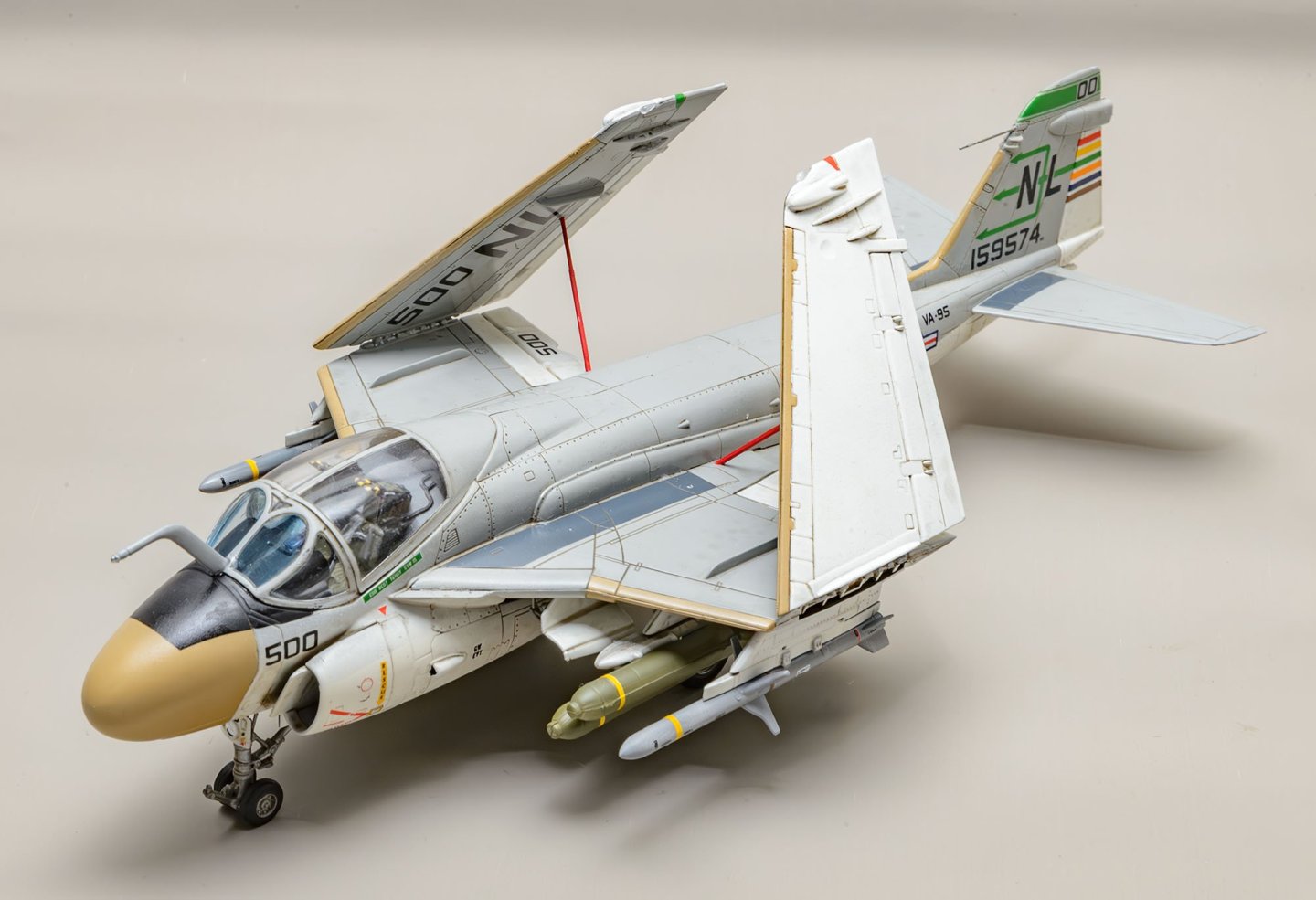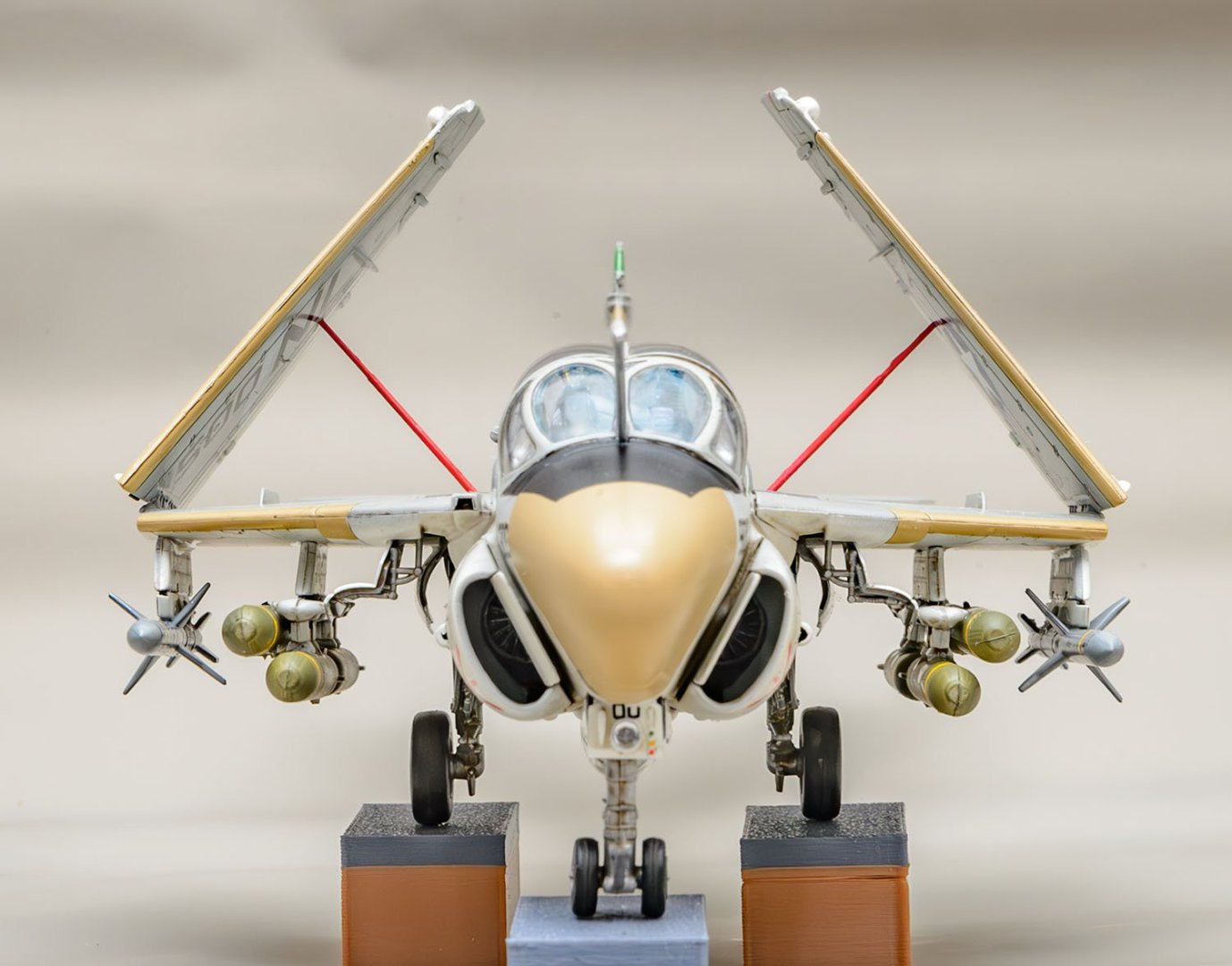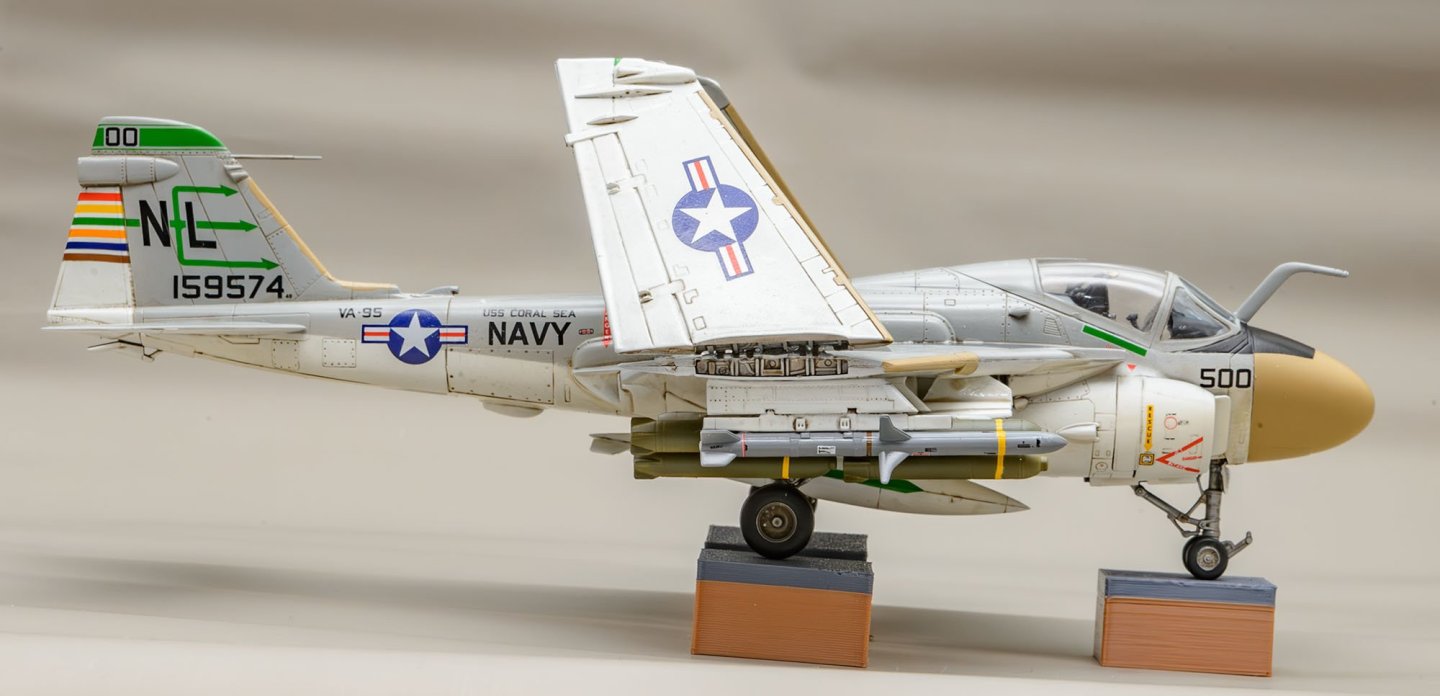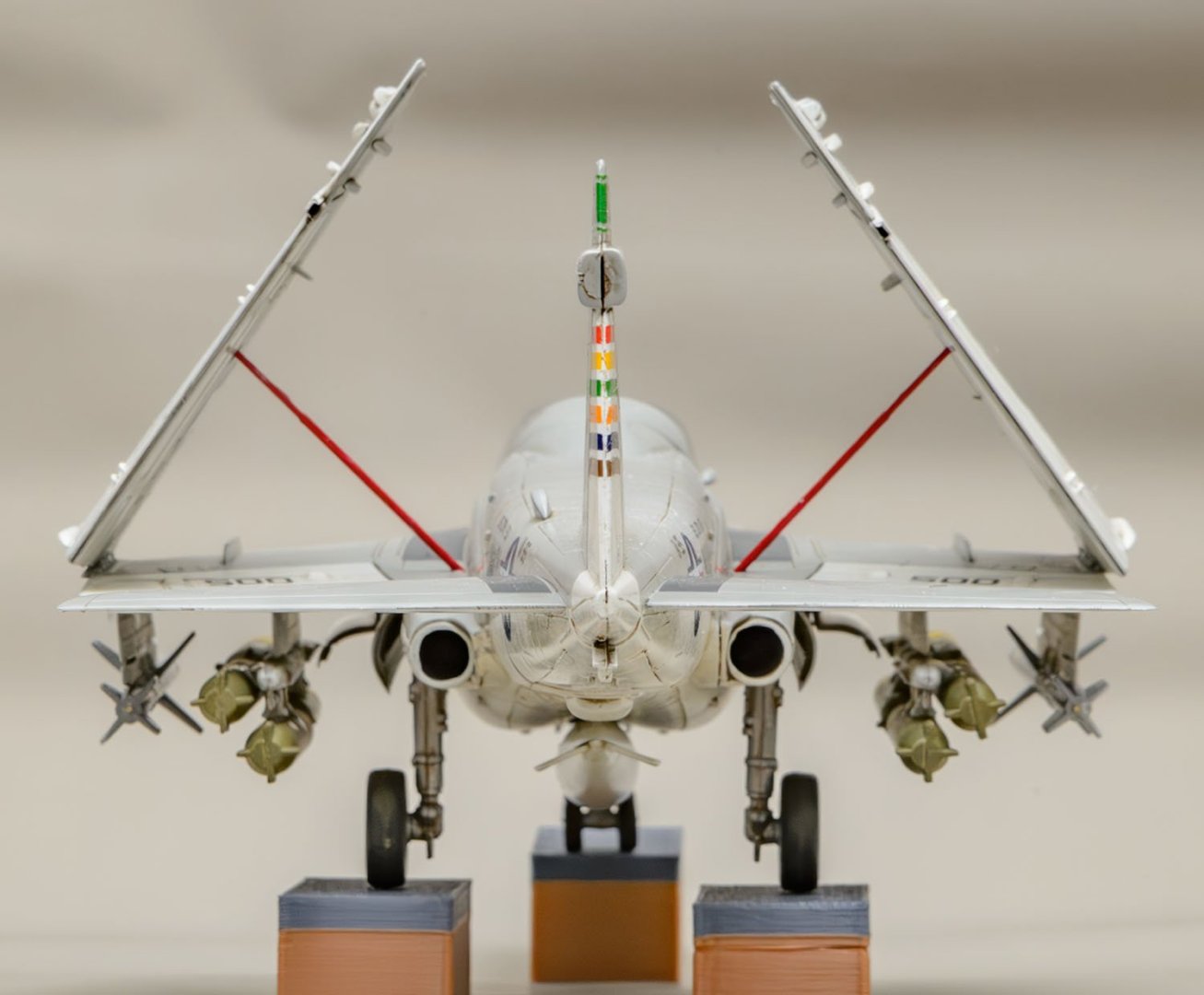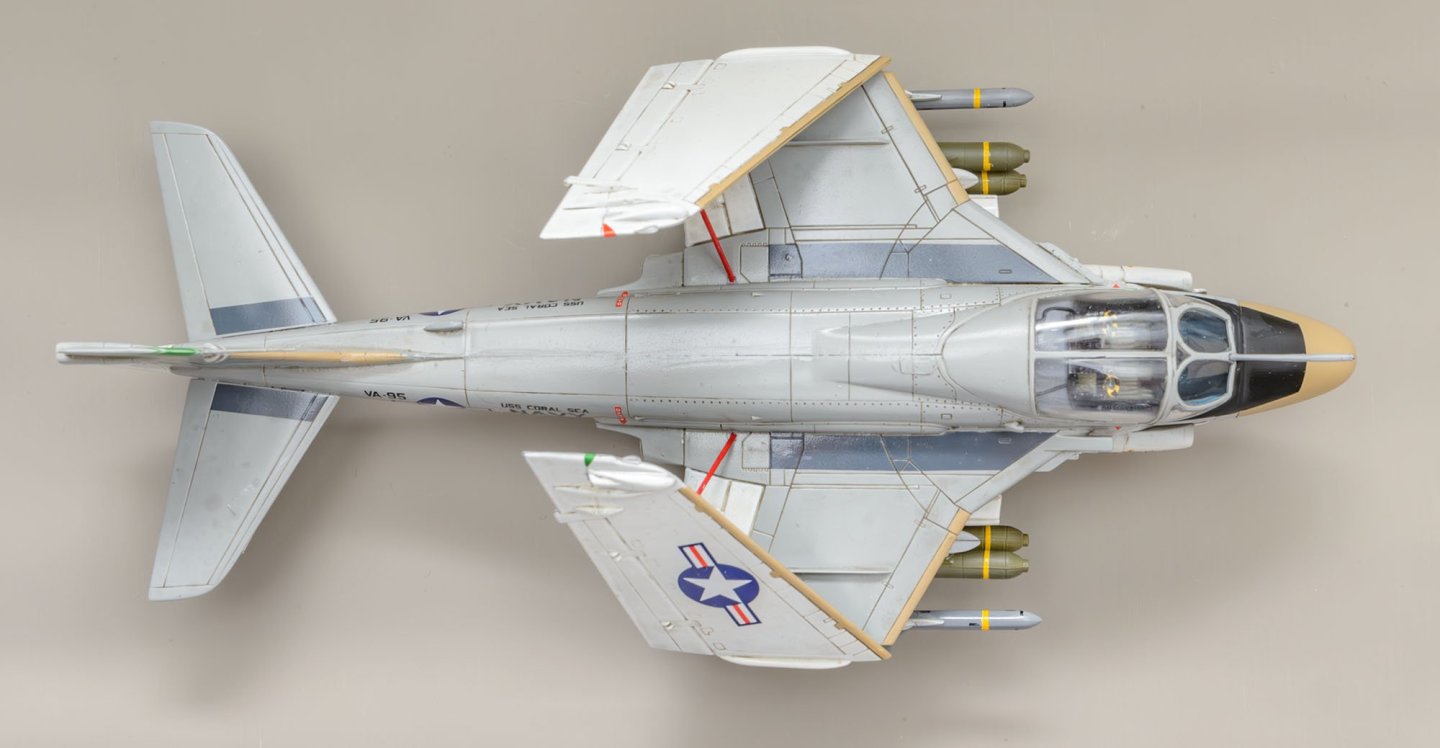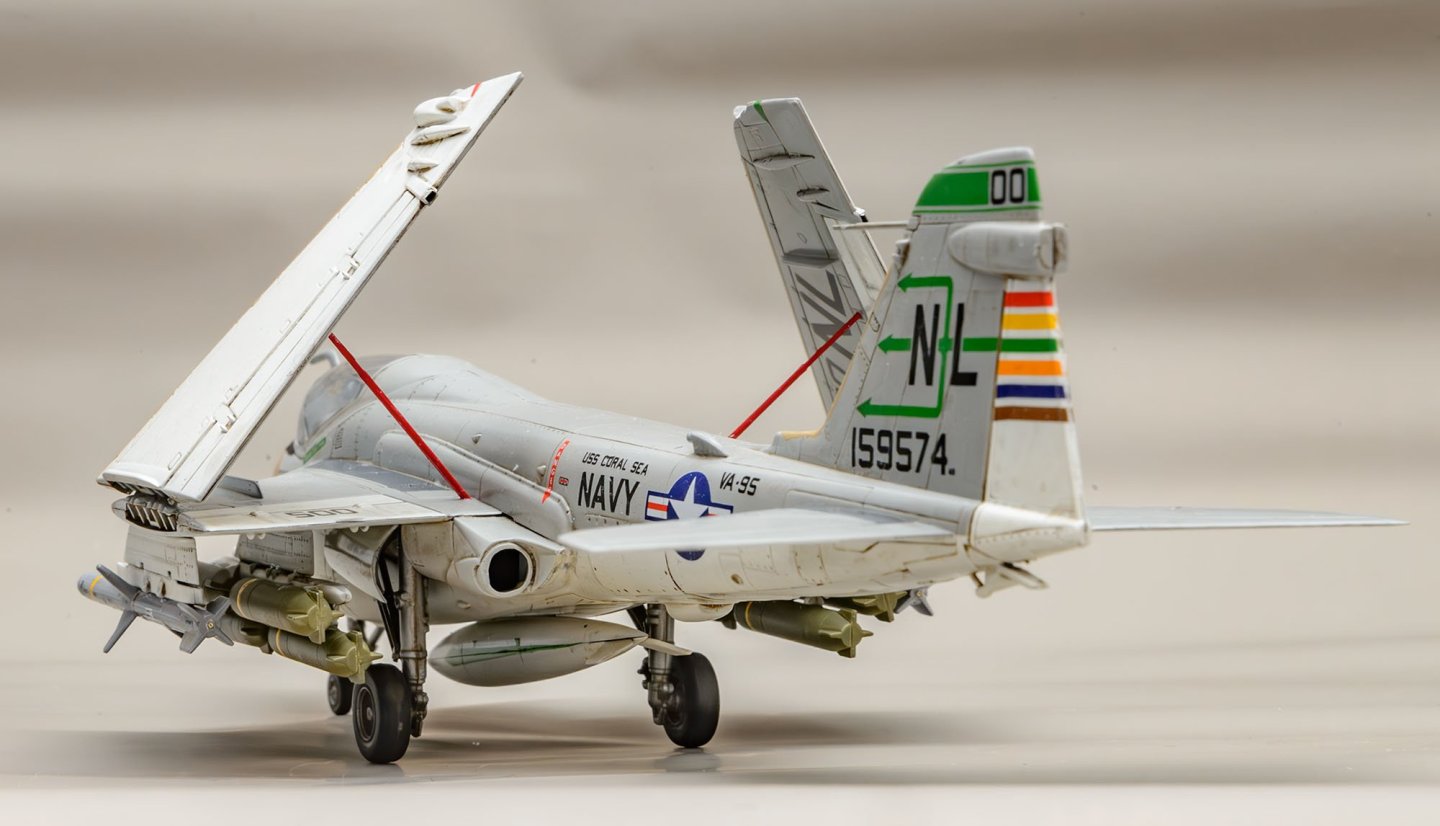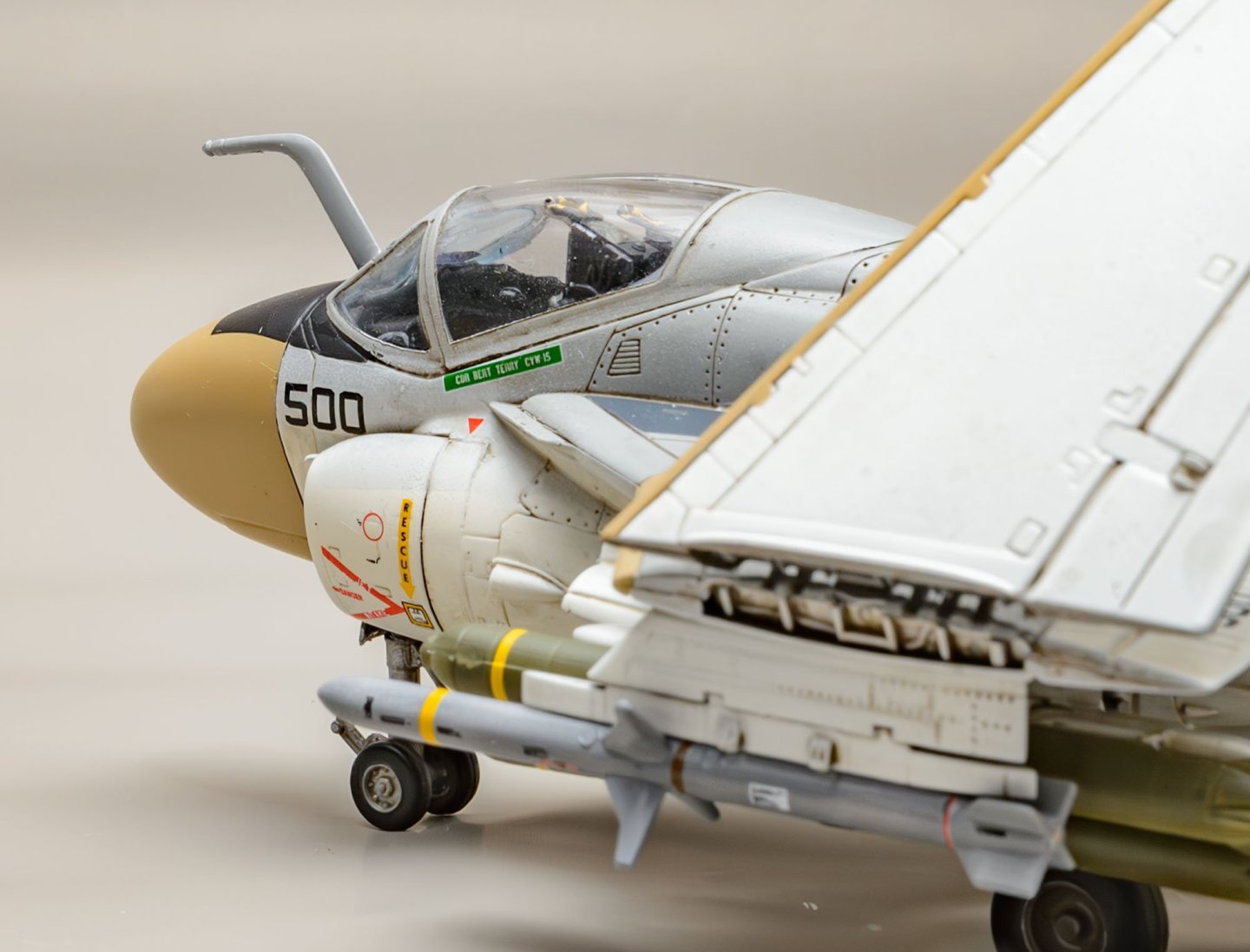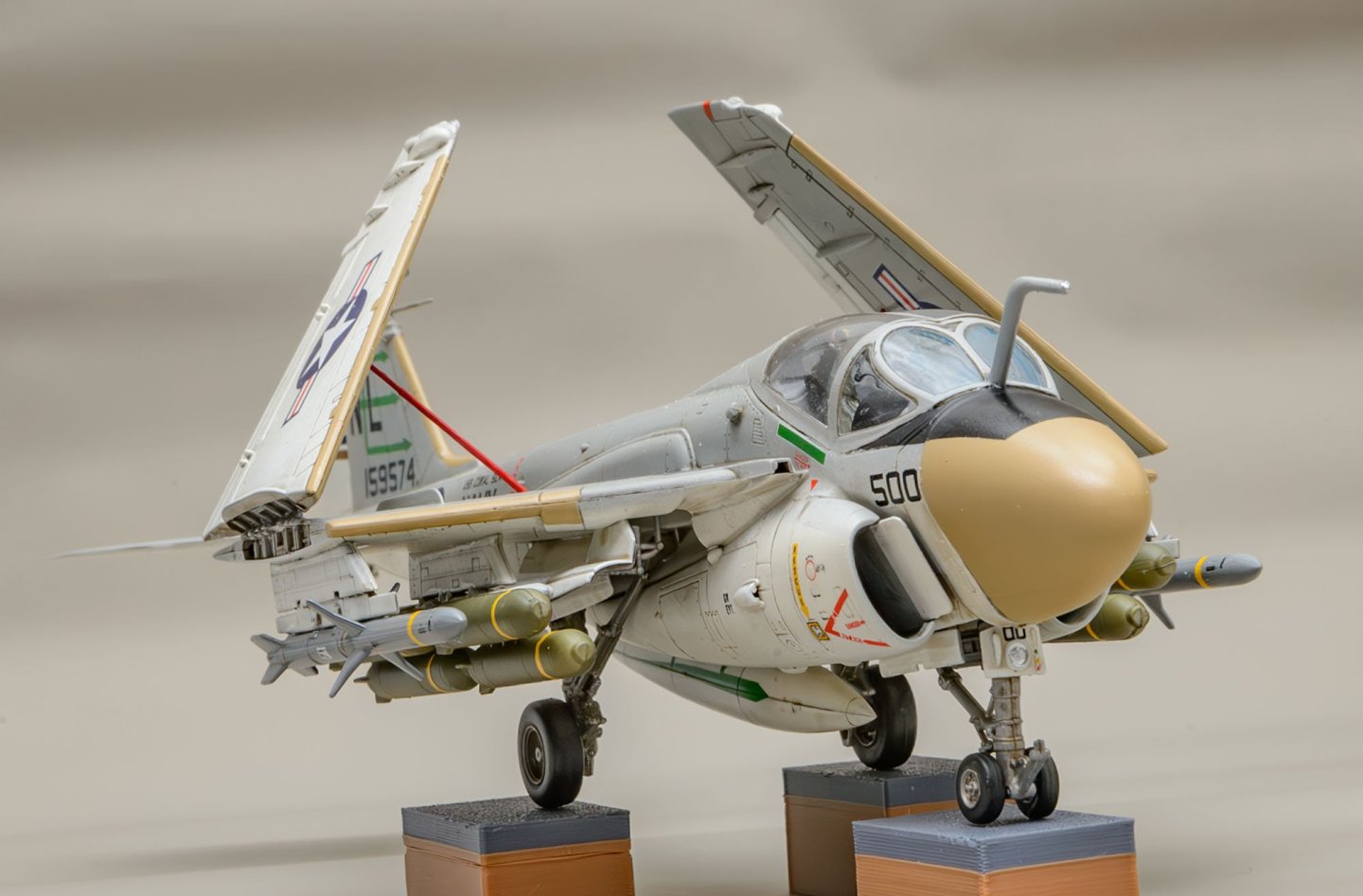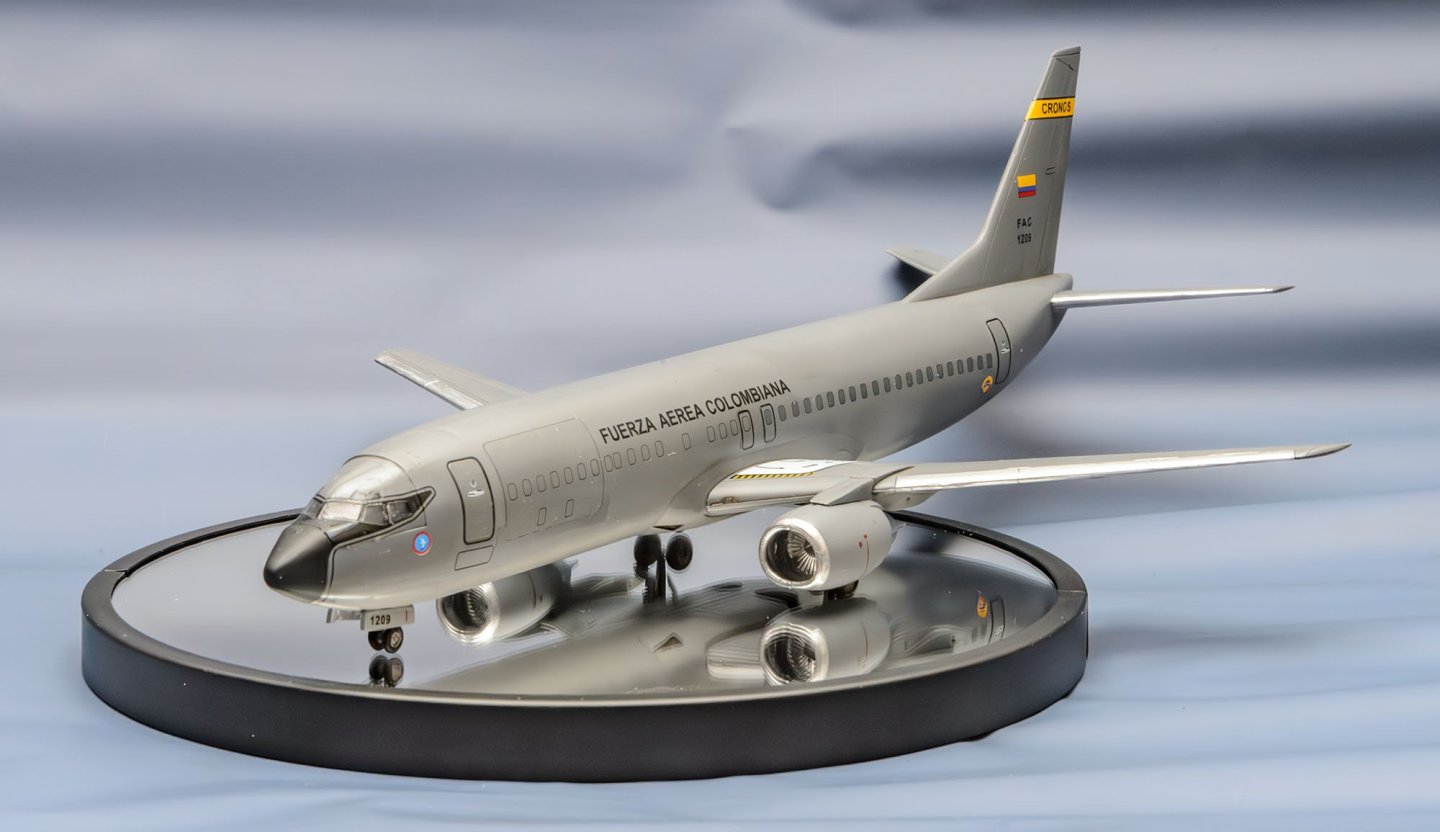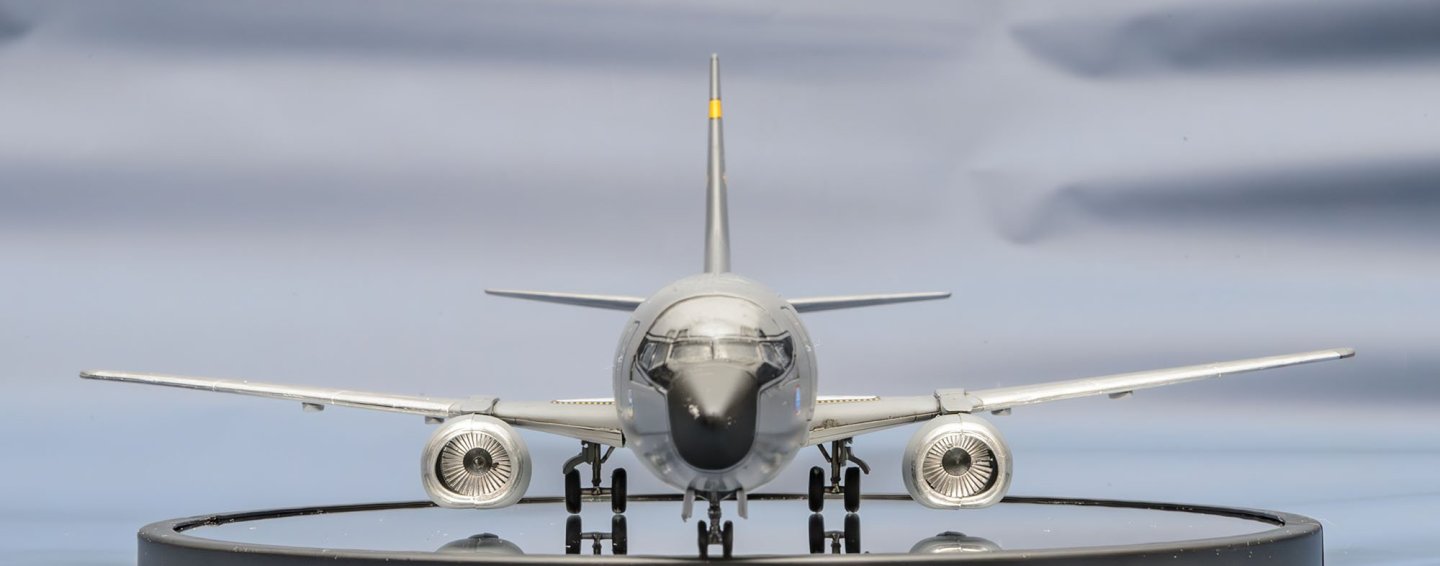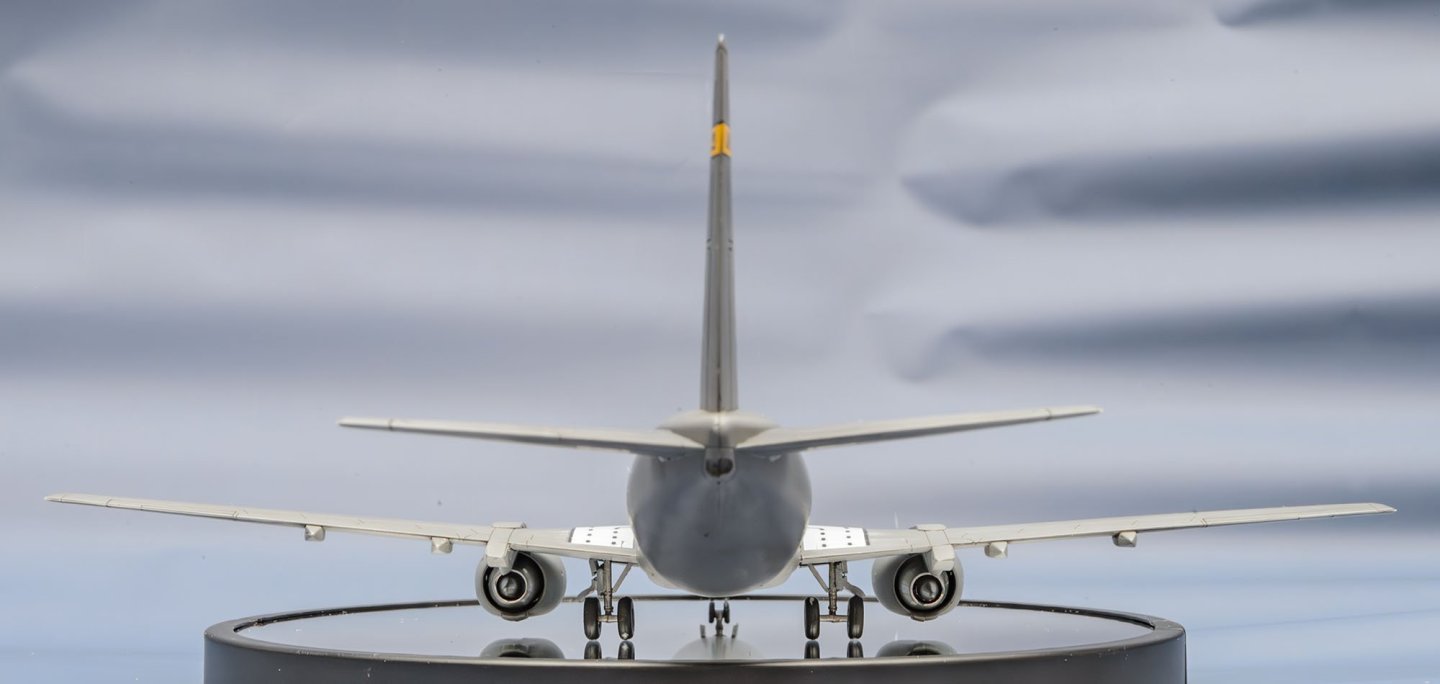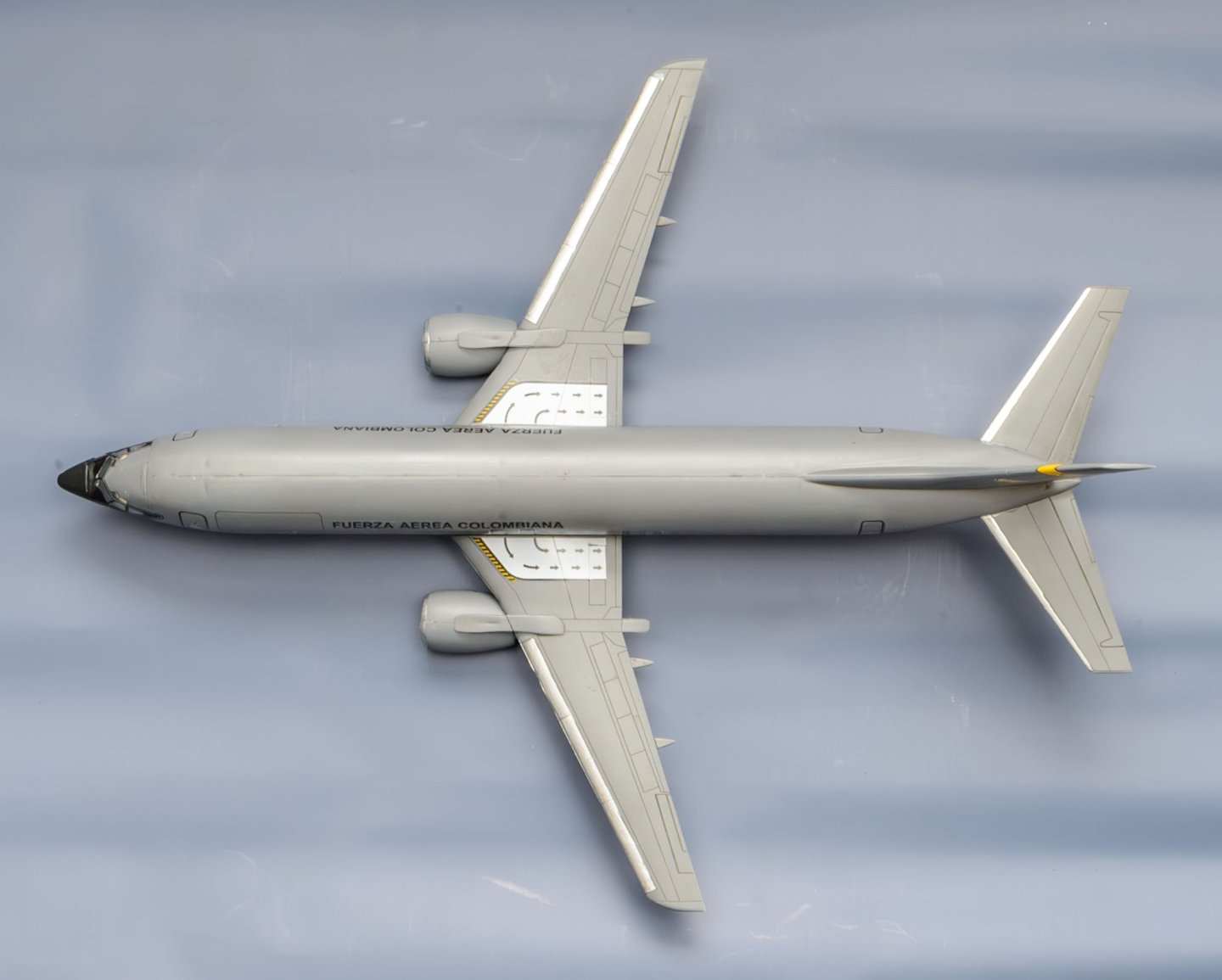
modeller_masa
NRG Member-
Posts
946 -
Joined
-
Last visited
Content Type
Profiles
Forums
Gallery
Events
Everything posted by modeller_masa
-
Costa Passenger Coach by yvesvidal - OcCre - 1/32
modeller_masa replied to yvesvidal's topic in Non-ship/categorised builds
This is an awesome build, Yves. I attempted this kit but abandoned it due to my lack of skill. It is good to see the great showcase. -
The next project has attractive camouflage patterns. In this project, I used a new method - masking sol. I quickly discovered that the release agent had contaminated the kit sprue... I haven't washed sprues since I used the Badger primer. Cleaning the release agent is essential to masking-intensive projects... I knew that it would be a huge problem, but the broken arrow is flying. The first color. #1 camouflage. #2 color #2 camouflage There are many defects everywhere. 🤔 I'll clean the rest of the masking sol tomorrow and finish the project by brush-painting.
-
Hmm... I have decided to halt the build and will wait for a package. I have placed an order for detail parts, such as PE railings and ladders. This kit deserves to have better details. Also, I need to recover some broken parts. Fortunately, they are basketball park rails, so I'll replace them with OHP films. The next post will be in 2~3 months...
- 5 replies
-
- Queen Mary 2
- Revell
-
(and 1 more)
Tagged with:
-
Thank you for the comment, Alan. I'll spray matte finish over the hull. All the paintings are hand-brushed. It's really labor-intensive and time-consuming. I'll use airbrush and masking when I build the 1/400 scale version. (30~40 years later)
- 5 replies
-
- Queen Mary 2
- Revell
-
(and 1 more)
Tagged with:
-
Nice to see you again! This is my ongoing project. I just finished painting the hull. I didn't use waterline decals. 😂
- 5 replies
-
- Queen Mary 2
- Revell
-
(and 1 more)
Tagged with:
-
The laser's thickness is pretty wide. It is enough to replace classic milling machines and table saws, but I doubt it'll be the new standard. The real game changer is a resin 3D printer. There are tons of new 3D printed kits on the world market. It is essential device to reach the next level of modeling.
About us
Modelshipworld - Advancing Ship Modeling through Research
SSL Secured
Your security is important for us so this Website is SSL-Secured
NRG Mailing Address
Nautical Research Guild
237 South Lincoln Street
Westmont IL, 60559-1917
Model Ship World ® and the MSW logo are Registered Trademarks, and belong to the Nautical Research Guild (United States Patent and Trademark Office: No. 6,929,264 & No. 6,929,274, registered Dec. 20, 2022)
Helpful Links
About the NRG
If you enjoy building ship models that are historically accurate as well as beautiful, then The Nautical Research Guild (NRG) is just right for you.
The Guild is a non-profit educational organization whose mission is to “Advance Ship Modeling Through Research”. We provide support to our members in their efforts to raise the quality of their model ships.
The Nautical Research Guild has published our world-renowned quarterly magazine, The Nautical Research Journal, since 1955. The pages of the Journal are full of articles by accomplished ship modelers who show you how they create those exquisite details on their models, and by maritime historians who show you the correct details to build. The Journal is available in both print and digital editions. Go to the NRG web site (www.thenrg.org) to download a complimentary digital copy of the Journal. The NRG also publishes plan sets, books and compilations of back issues of the Journal and the former Ships in Scale and Model Ship Builder magazines.

